Newsletter September 2025
Content
Intro
Cover Story
Success Story
Research Group at a Glance
Portrait of SAB Members
Publications
Congratulations
Events
New Colleagues
Intro
Success Story
Portrait
Publications
This is an eventful year for our department – not only did we celebrate the laying of the foundation stone for our new building in spring, but we also marked another important milestone: the DBM just turned 25! While some of you were part of the founding 25 years ago, others might not even have been born yet, but we all share the privilege of shaping the DBM’s journey into the future together. For this edition of our newsletter, we have therefore collected the voices of 25 colleagues reflecting on memories, milestones, and visions, accompanied by both past and recent pictures. Our research prize winner, Laurentz Schuhknecht, shares his path into science, which grew from curiosity about biology into a passion for discovery and collaboration. As our department continues to grow, we also hear from two more recent research groups, the Zaugg and Mahfoud labs, and we have included interviews with members of our SAB, impressions of our anniversary party, and the Spatial Omics Symposium. With this edition, we celebrate not only the DBM’s past and present, but also look forward with excitement and curiosity — to the next 25 years of discovery, collaboration, and growth.
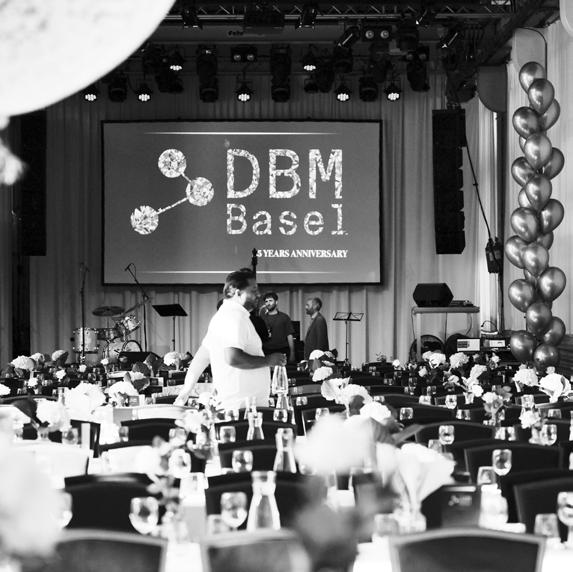
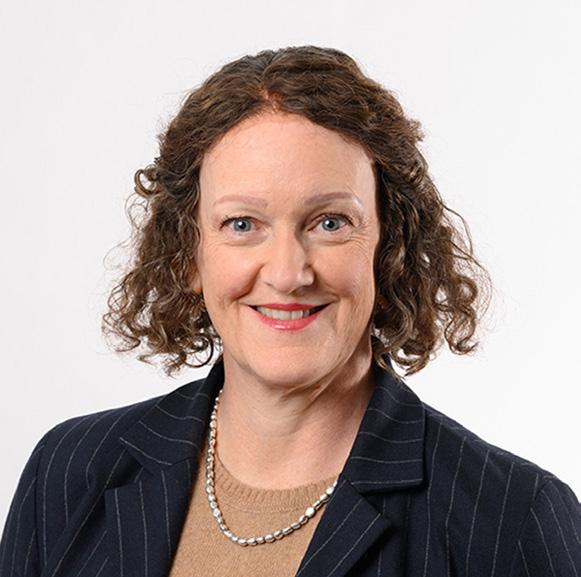
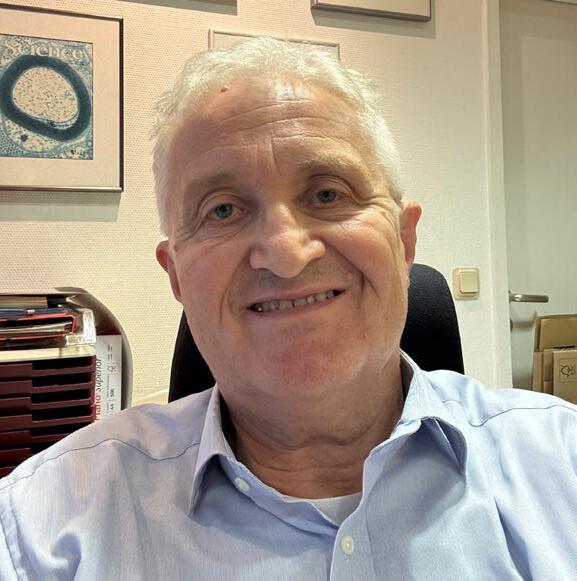
Portrait of SAB Members
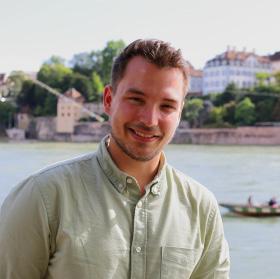
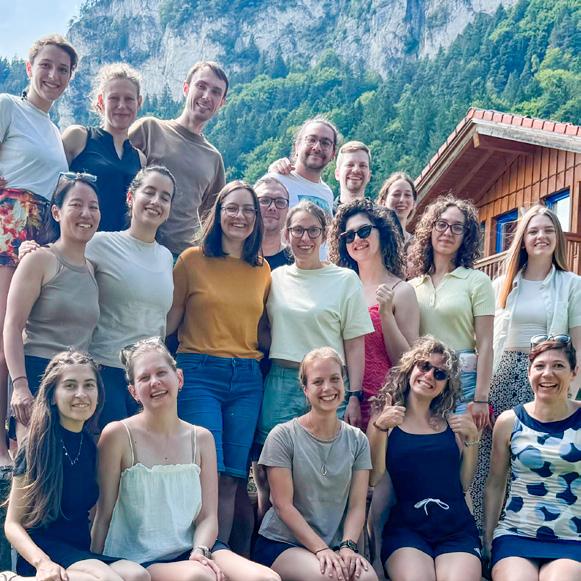
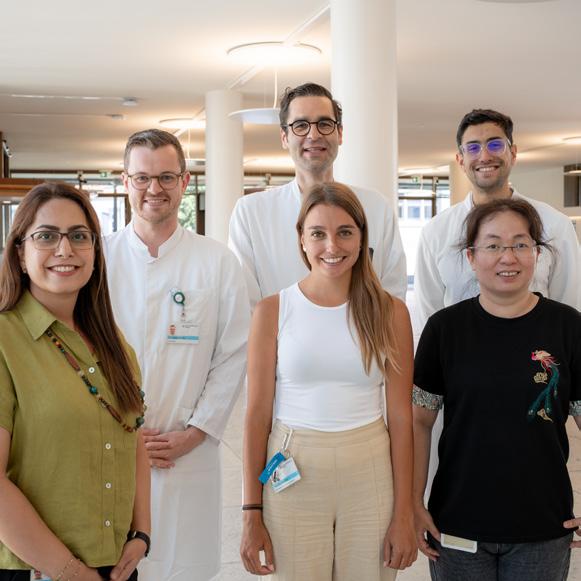
Content
Intro
Portrait
Publications
Congratulations
Portrait
Publications
Congratulations
25 Years of DBM A Journey through Memories, Milestones, and Visions for the Future
Twenty-five years ago, a bold vision brought together the University of Basel, the Department of Health, and the University Children’s Hospital Basel to create the Department of Clinical-Biological Sciences (DKBW). From its very beginning, the department sought to bridge the worlds of clinical and preclinical experimental research, establish clear research priorities, and make Basel a thriving hub for leading medical scientists and innovative sponsors.
In its early years, research was organized into four central areas: neurobiology, cell plasticity and tissue repair, oncology, and immunology. By 2004, the Department had grown to 50 research groups, laying the foundation for its future development. Many of the PhD students or postdocs who joined during these formative years are now integral leaders within the Department of Biomedicine, guiding their own research teams and carrying forward the collaborative spirit that has defined the institute since its founding.
Over time, these research areas evolved into their current structure: Neuroscience, Tissue Development and Regeneration, Cancer Biology, and Immunology and Infectious Diseases, encompassing 69 research groups across six sites. This continuity has allowed the DBM to maintain its foundational strengths while remaining flexible and adaptive to new scientific challenges.
In 2007, reflecting its expanding role as a central hub for translational and experimental biomedical research, the department was renamed into the Department of Biomedicine. Even in the early days, it spanned six sites, including the newly built Center for Biomedicine on Mattenstrasse. Today, with the main building under construction, the DBM is taking an important step toward bringing its diverse teams under one roof, fostering closer collaboration, and strengthening its identity as a united department.
Leadership has been a defining element of the DBM’s journey. From 2006 to 2021, Prof. Radek C. Skoda guided the department, overseeing a period of significant growth and consolidation. In June 2021, he passed the torch to Prof. Ivan Martin, who has since carried this vision forward, blending continuity with innovation and a strong focus on collaboration. As most of us know, at the same time, a new management structure was introduced, further ensuring that diverse perspectives inform the department’s direction and enabling a leadership with shared responsibilities.
Throughout these 25 years, countless individuals – group leaders, postdocs, PhD students, technical assistants, and staff members – have contributed their expertise, creativity, and energy. Their dedication has generated a remarkable body of research, publications, and discoveries, forming the foundation of the DBM’s success and reputation.
As we celebrate this milestone, we also reflect on the moments and memories that have shaped the DBM community. To mark our 25th
anniversary, we spoke with 25 members across the department, gathering reflections on milestones, the spirit of the DBM, and hopes for the future. These stories reveal not only the achievements of the past but also the vibrancy, curiosity, and camaraderie that continue to drive our institute forward.
Here is a journey through the past quarter-century, highlighting the people, ideas, and discoveries that have made the DBM what it is today.
Content
Intro
Cover Story
Success Story
Research Group at a Glance
Portrait of SAB Members
Publications
Congratulations
Events
New Colleagues
Looking Back: Memories, Moments , and Milestones
Was there a time at DBM when you felt especially proud to be part of the DBM community ? What made that moment stand out ?
“A very special moment for me was when I realised how much the international environment at DBM supported my personal development. Through daily contact with colleagues from all over the world and through my varied tasks in infrastructure, lab technology and safety management, where I also give trainings and introductions, I was able to improve my English step by step while working. This progress finally allowed me to complete the Cambridge First Certificate in English, which gave me the confidence to take part more actively in international collaborations and made me feel even more connected to the DBM community.”
– Stefan Klauser
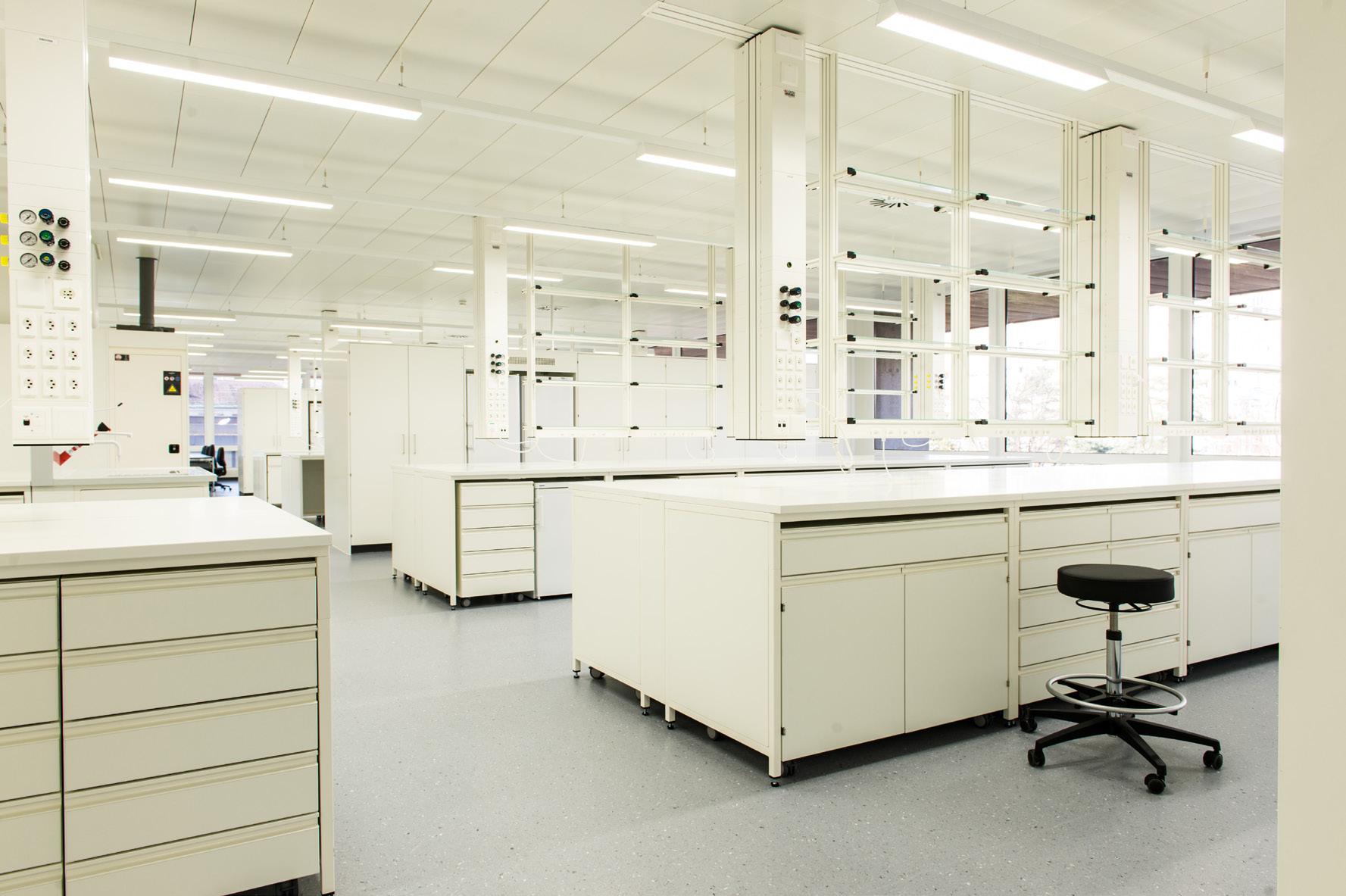
Can you share a turning point, breakthrough, discovery, project, or idea that you experienced during your time at our institute ?
“Our work at the DBM over the past years has focused on building a collection of patient-derived tumor organoids to better study liver cancer. These are miniature, 3D cultures grown from patient biopsies that closely reproduce the biology and behavior of the original tumors. A key moment was when we applied these models to help identify effective treatments for individual patients, demonstrating the real impact of our research on patient care.”
– Sandro Nuciforo
“Over the years, I have worked on a wide variety of projects, each bringing me new technical skills. One of the most memorable moments was my last project—a true scientific marathon. I led the experiments for the article revisions, spending several months of intensive work, including weekends. This challenge was rewarded in the best possible way: I was immensely proud to be listed as a co-author. ”
– Sabine Juge
Content
Cover Story
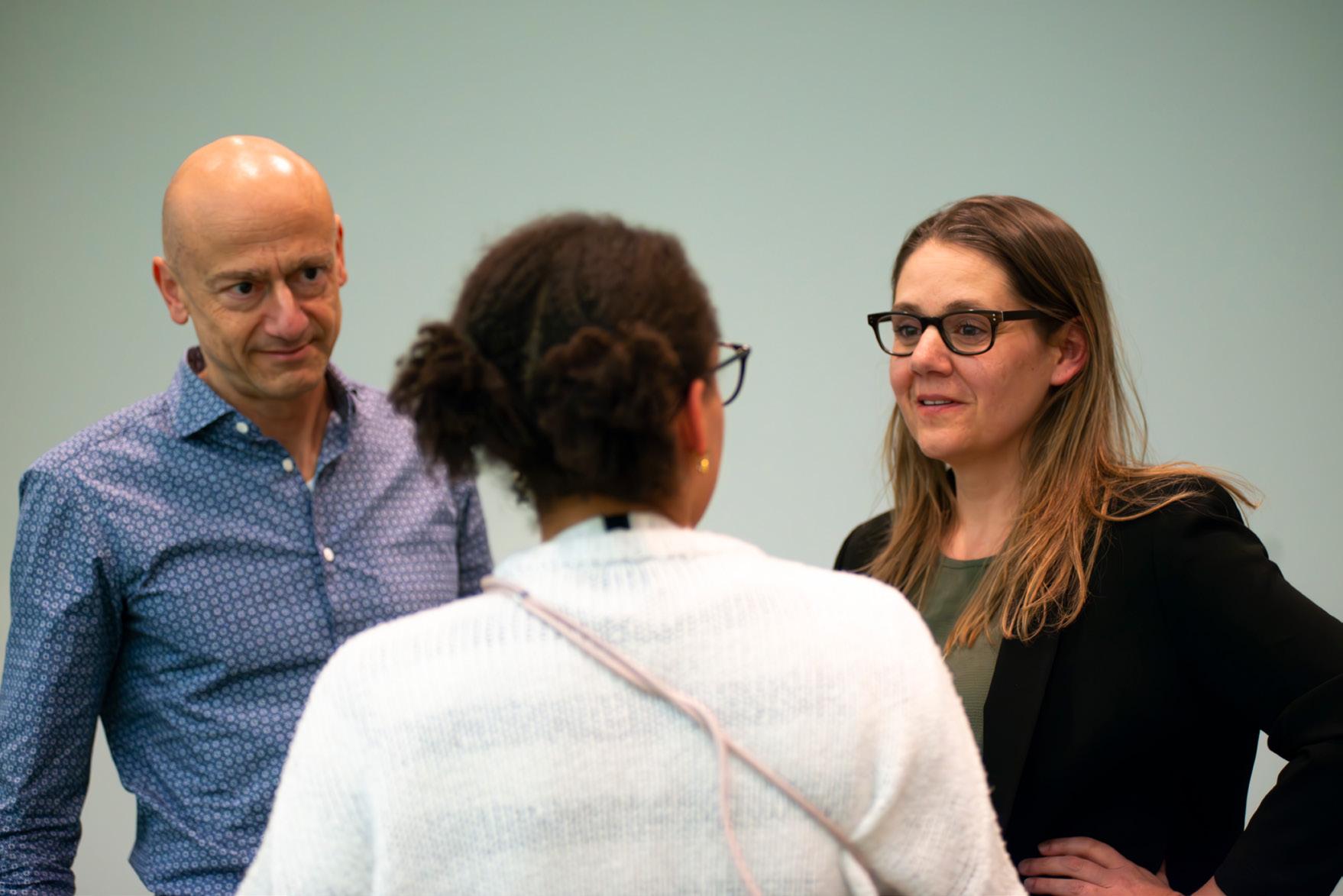
Success Story
Research Group at a Glance
Portrait of SAB Members
Publications
Congratulations
Intro Events
New Colleagues
What is your most memorable DBM moment – a story, achievement, or experience that has stayed with you over the years ?
“If I had to think about the most memorable moment involving DBM, it would definitely be the first time I stepped into the institute, the day of the interview. A day filled with excitement and emotion, a leap into the unknown that could have become a second home for the next four years, and so it did. Then came the second step inside the building: my first day of work. The feeling was just as intense, though different. It marked the beginning of something new. In an unfamiliar place that I knew – or at least hoped – would one day feel like home. An environment that I knew would offer me the opportunity for both personal and professional growth. ”
– Livio Toniato
“For me, the most memorable moments are the small and daily ones – when somebody sends me a “thank you” message or passes by the Finance office with a smile (or a Coke bottle with my name on it). When DBM members come to me for advice or just for a quick talk – those small moments make the difference. Please continue to pass by the Finance office whenever you have a question or time for a chat.”
– Larissa Valachovic
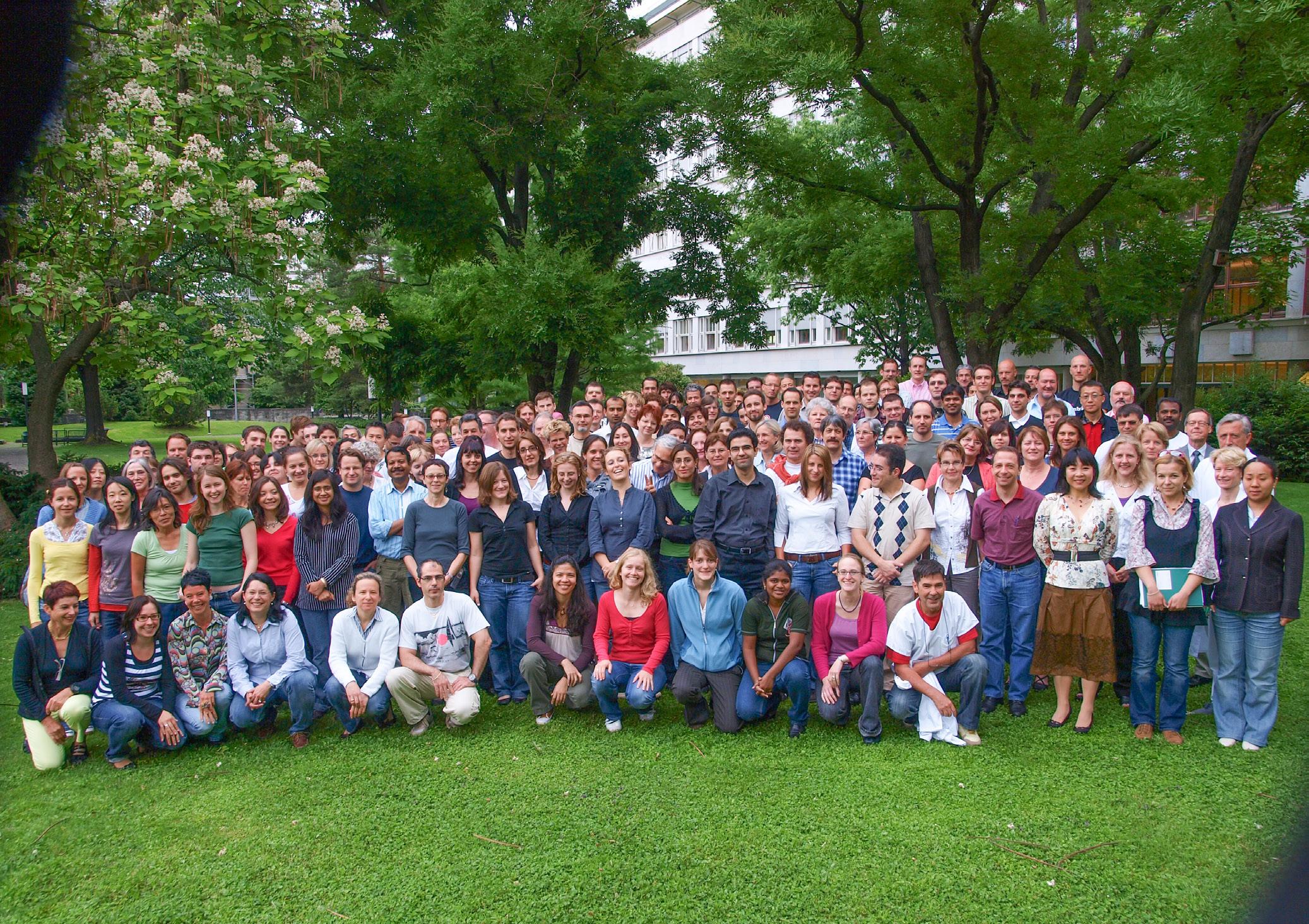
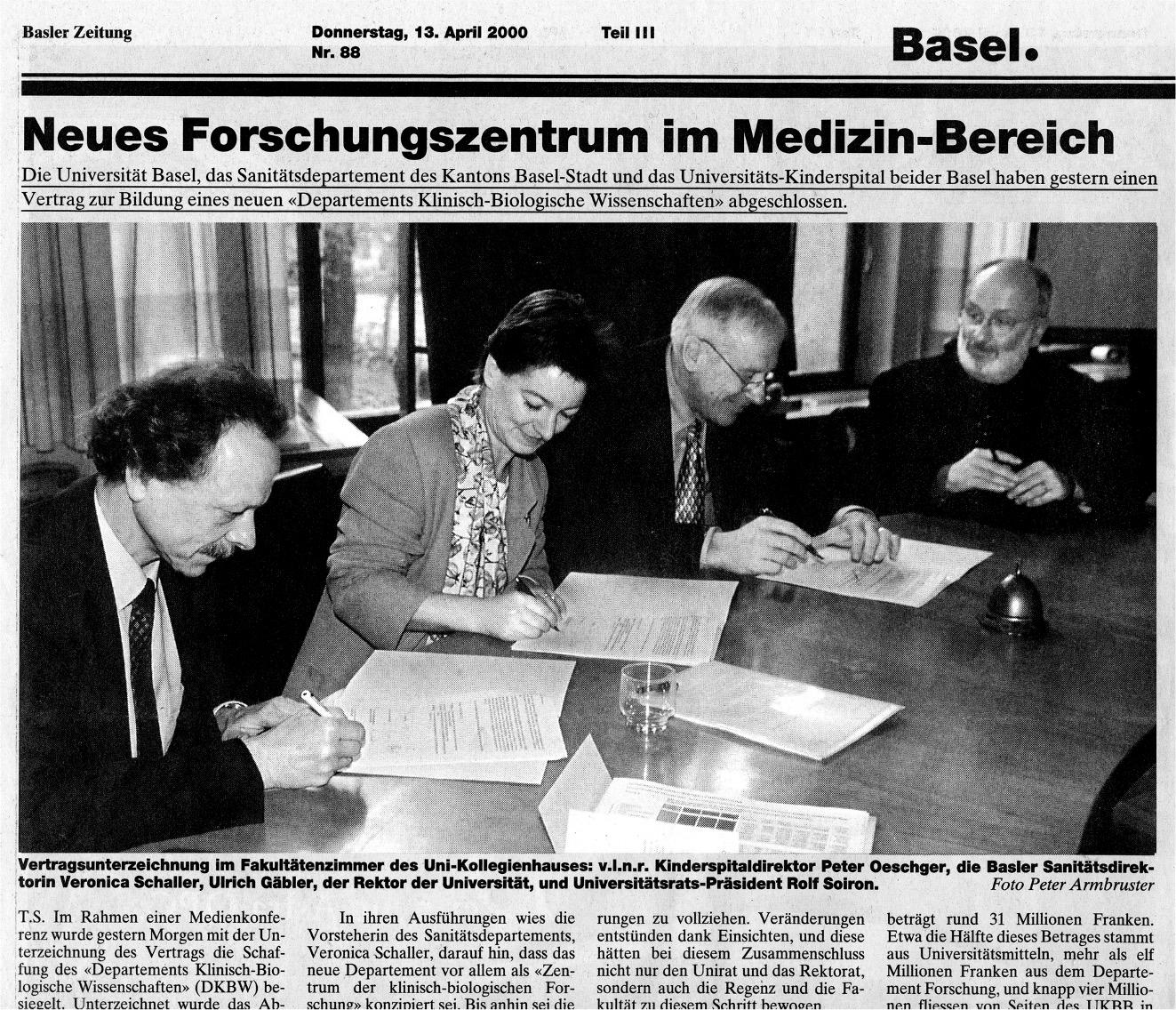

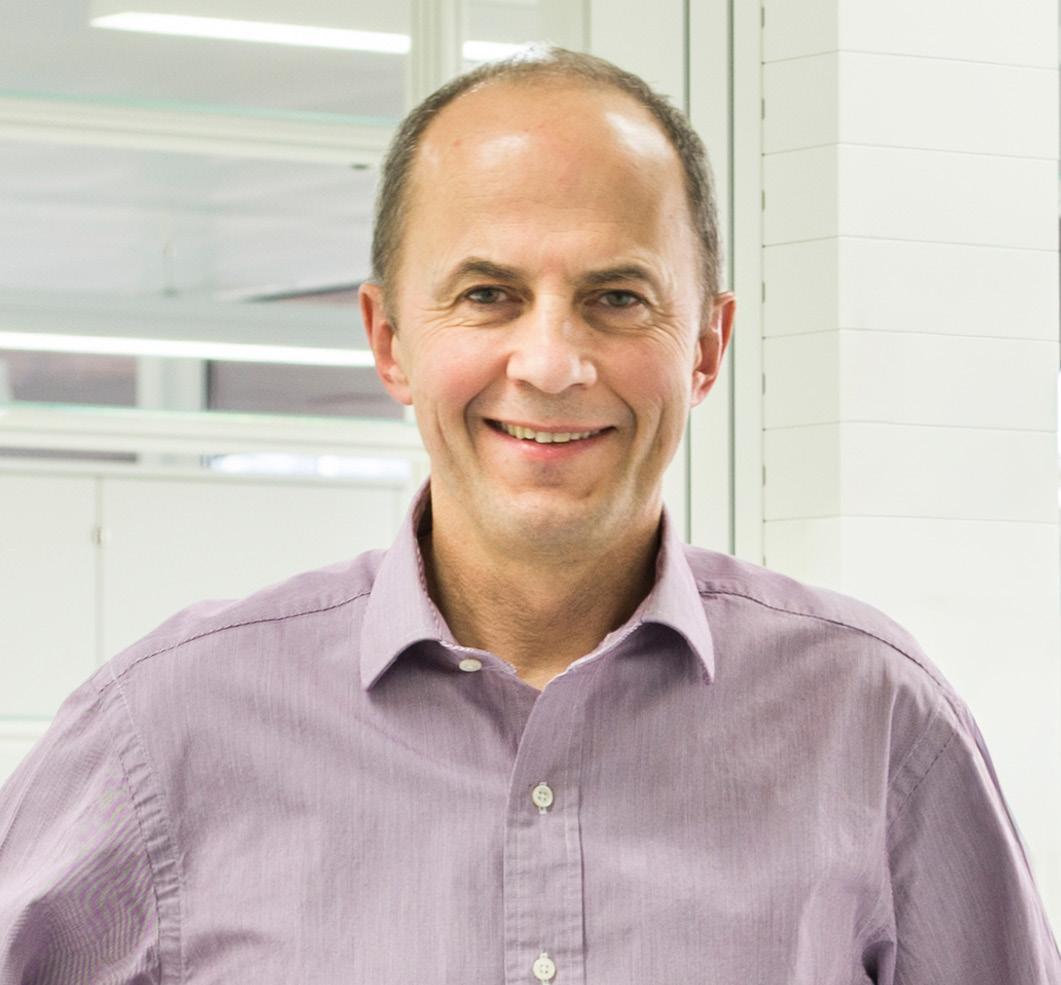
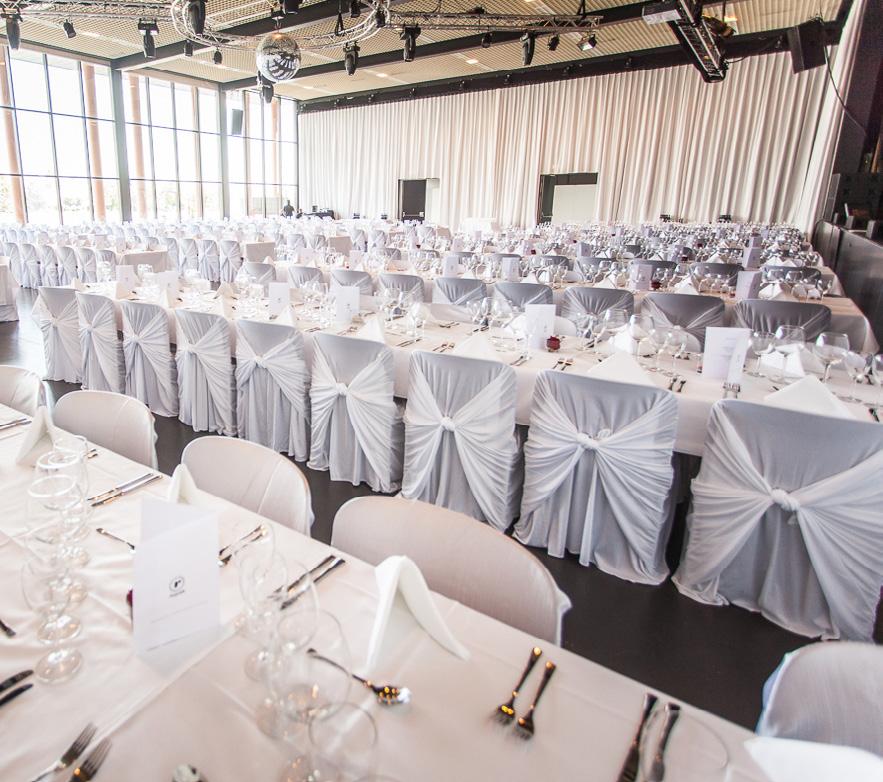
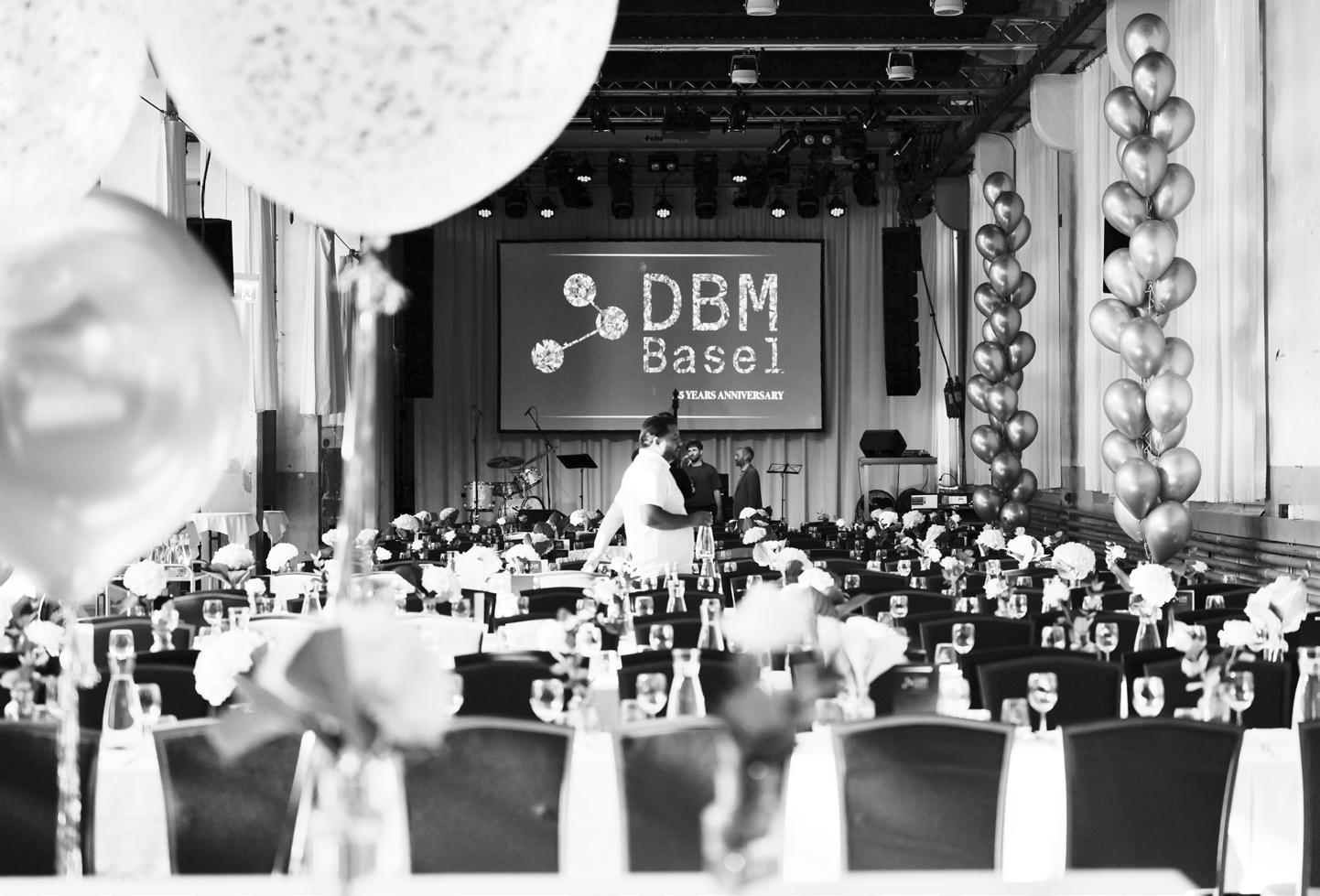
25 Years DBM 2021
Leadership Change to Ivan Martin
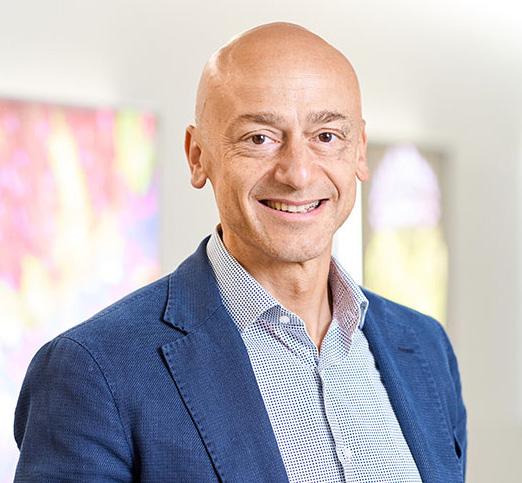
Content
Intro
Cover Story
Success Story
Research Group at a Glance
Portrait of SAB Members
Publications
Congratulations
Is there a person, event, or conversation at DBM that had a lasting impact on your path or perspective ?
“My time at the DBM began 12 years ago, at the beginning of August — and when we moved to the area, we were welcomed by fireworks the first evening we spent on our balcony ;-) August really is a great month to start, not only because of the fireworks, but also thanks to the summer symposium and the summer BBQ. My first BBQ at the Kraftwerksinsel was the perfect introduction to the institute and its community, and I met many wonderful people — some of whom I am glad to see are still here today.”
– Martina Konantz
New Colleagues
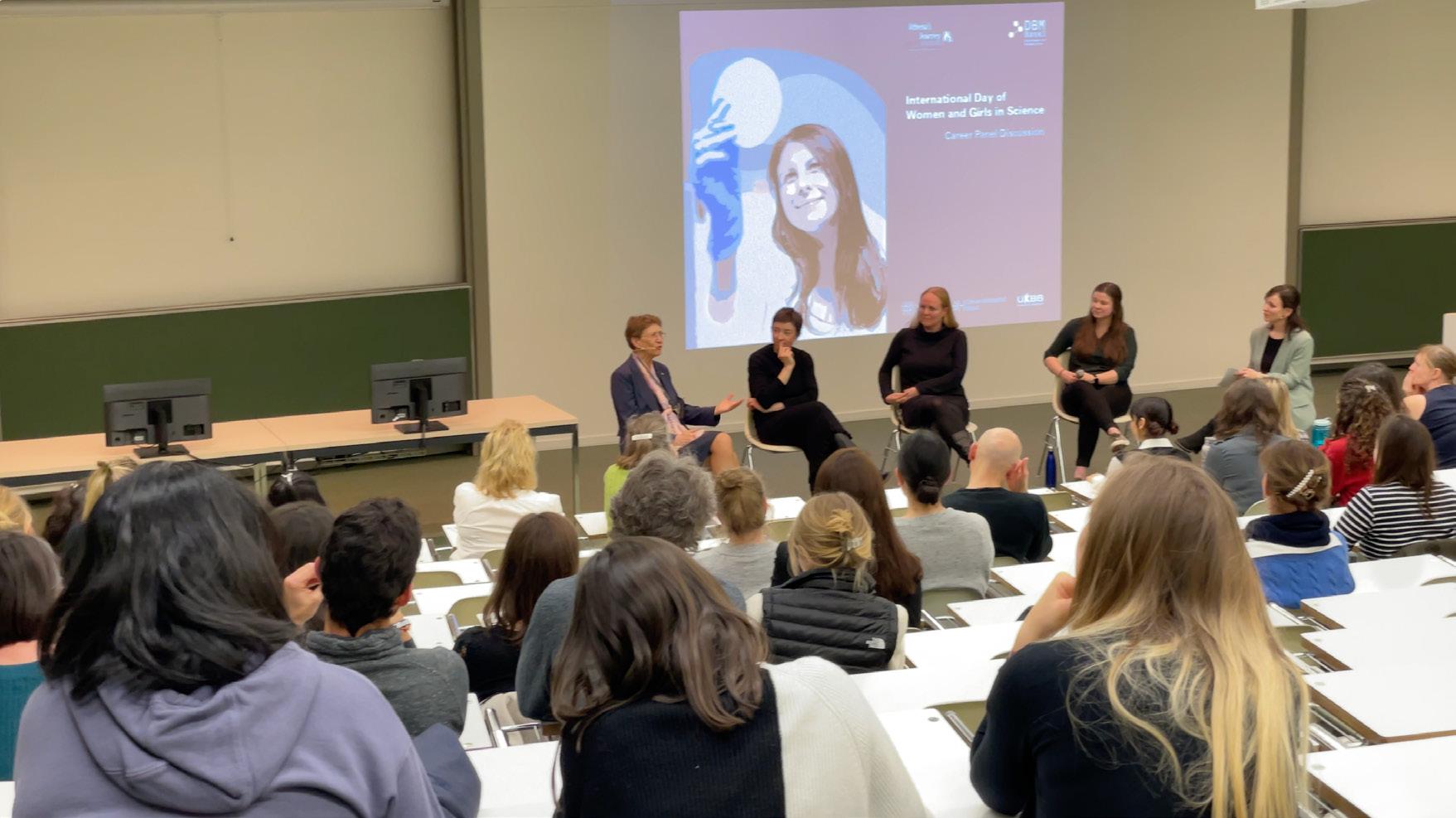
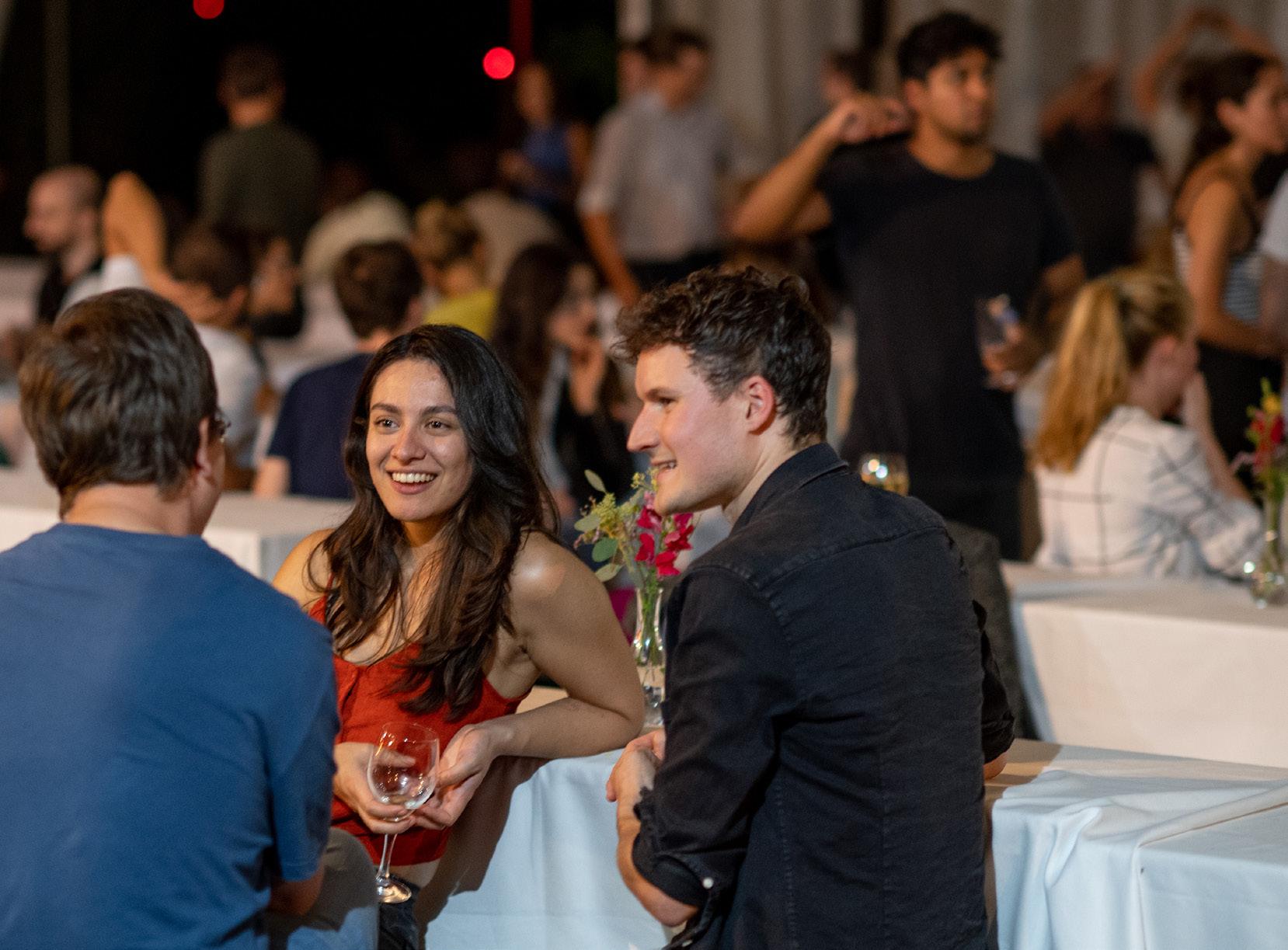
“Yes, there is someone I have always admired. I started my career at the DBM (DKBW at the time), in Gerhard Christofori’s lab. He has always been a great leader, showing respect and support while maintaining a collaborative environment in his lab. Later on, he played a major role in supporting the development of the microscopy core facility and was a member of the steering committee until his retirement. He became a friend of mine and I was very sad when he retired. In my eyes, he is a true role model for leadership and I am very thankful for his patronage. ”
– Pascal Lorentz
“One event that had a lasting impact on me was Athena’s Journey, the monthly DBM series where women in science share their career paths in an open talk, followed by informal discussions over an apéro. I found it inspiring to hear such honest stories about non-linear careers and how people discovered what truly fit for them. It was also refreshing to meet women working outside of academia; something that’s often hard to access during a PhD. The event broadened my perspective on possible career paths and made me more aware of the different struggles people face, which I carry with me both professionally and personally. ”
– Wadschma Naderi
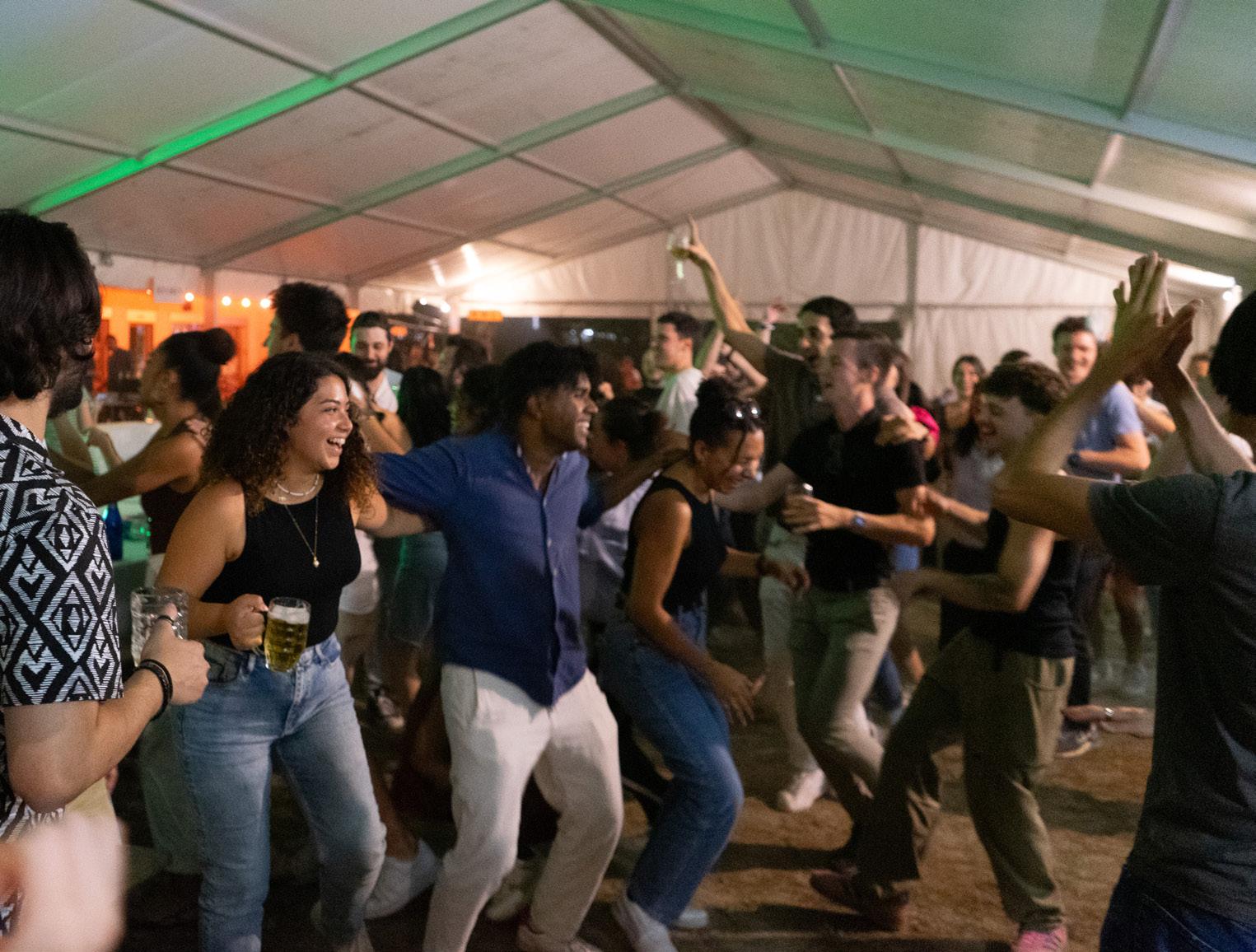
If you could capture one DBM moment in a photograph, what would be in the picture, and what would it represent to you?
“The photograph would definitely be the summer barbecue: everyone from the department gathered together, laughing, dancing (some better than others), and just enjoying being around each other. To me, it represents the collaborative spirit of DBM: we work hard, but we also know how to have a good time together. It’s proof that the friendly, close-knit vibe in our department isn’t just in the lab, it’s on the dance floor, too. ”
– Irene Fusi
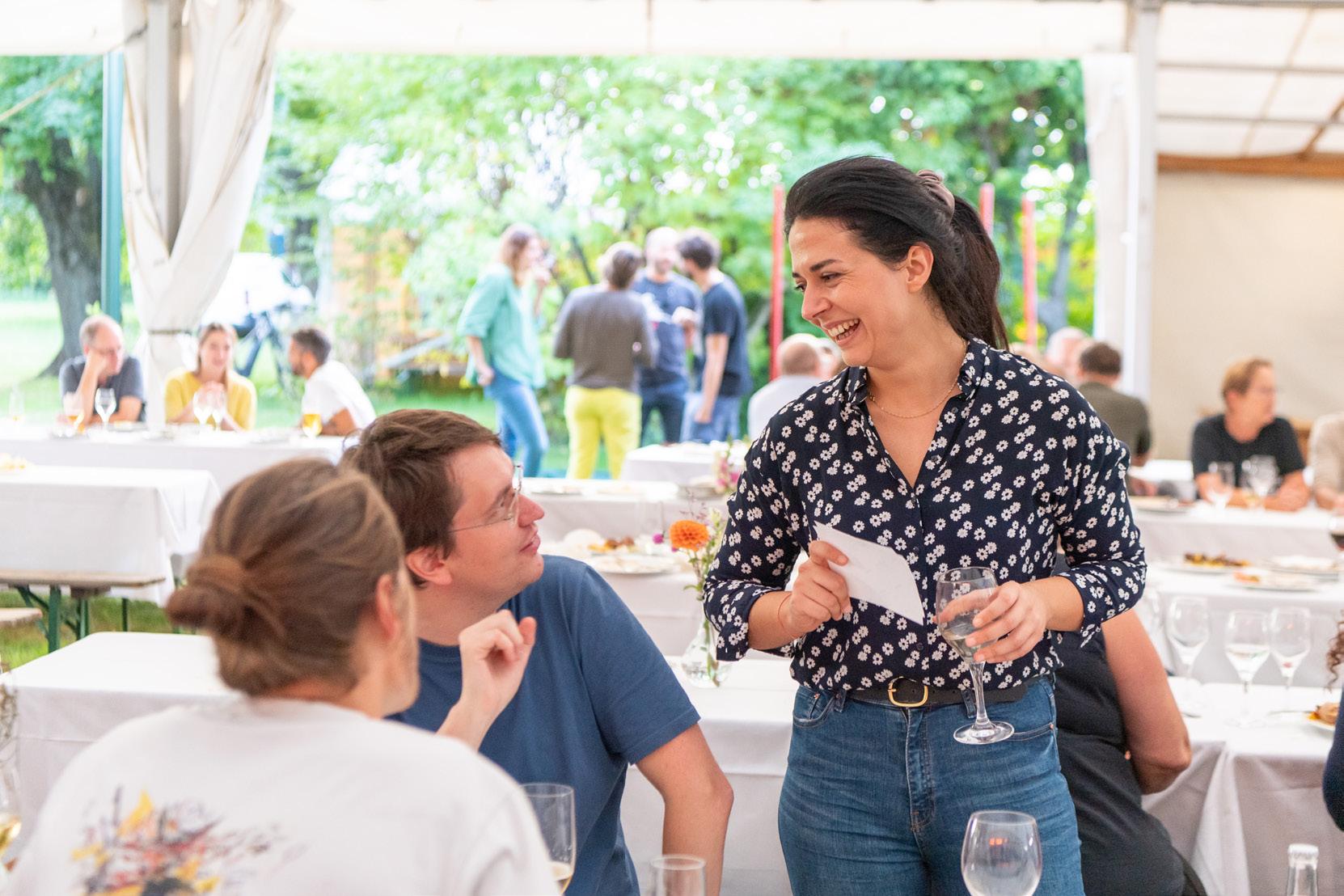
Content
25Years of People, Stories & Innovation
How has DBM shaped your approach to science, medicine, or collaboration ?
Cover Story
Success Story
Research Group at a Glance
Portrait of SAB Members
Publications
Congratulations
Intro Events
New Colleagues
“My experience at the DBM has profoundly shaped my current approach to research and science in general. The work in my group strongly relies on the direct involvement of clinicians into research projects, reflecting a deep commitment to translational and interdisciplinary collaboration. Each individual contributes unique expertise—like essential pieces of a larger puzzle—necessary to advance our scientific goals. This spirit of collaborative interdisciplinarity is, in my view, a defining and distinctive feature of the DBM compared to other departments.”
– Clémentine Le Magnen
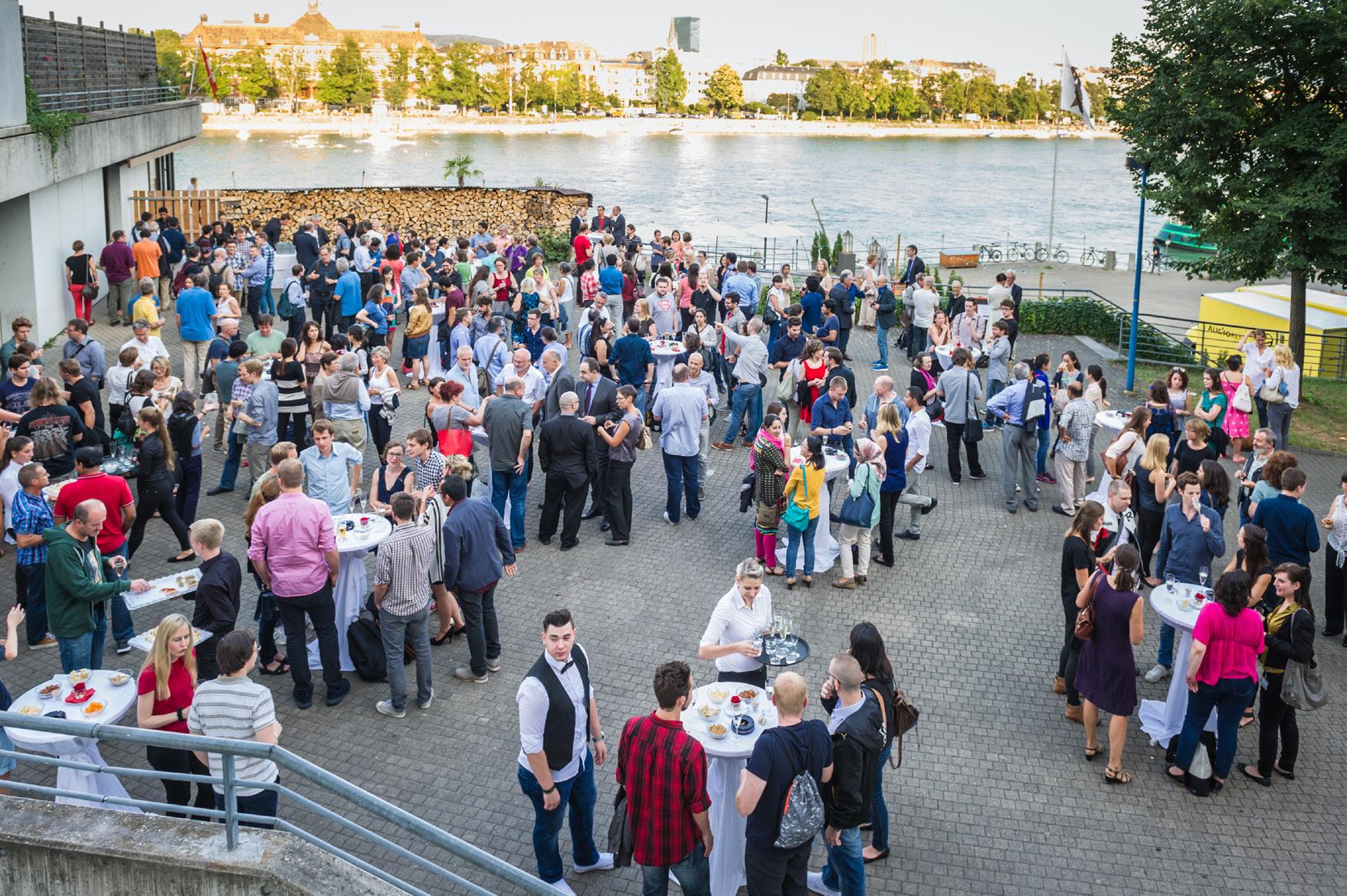
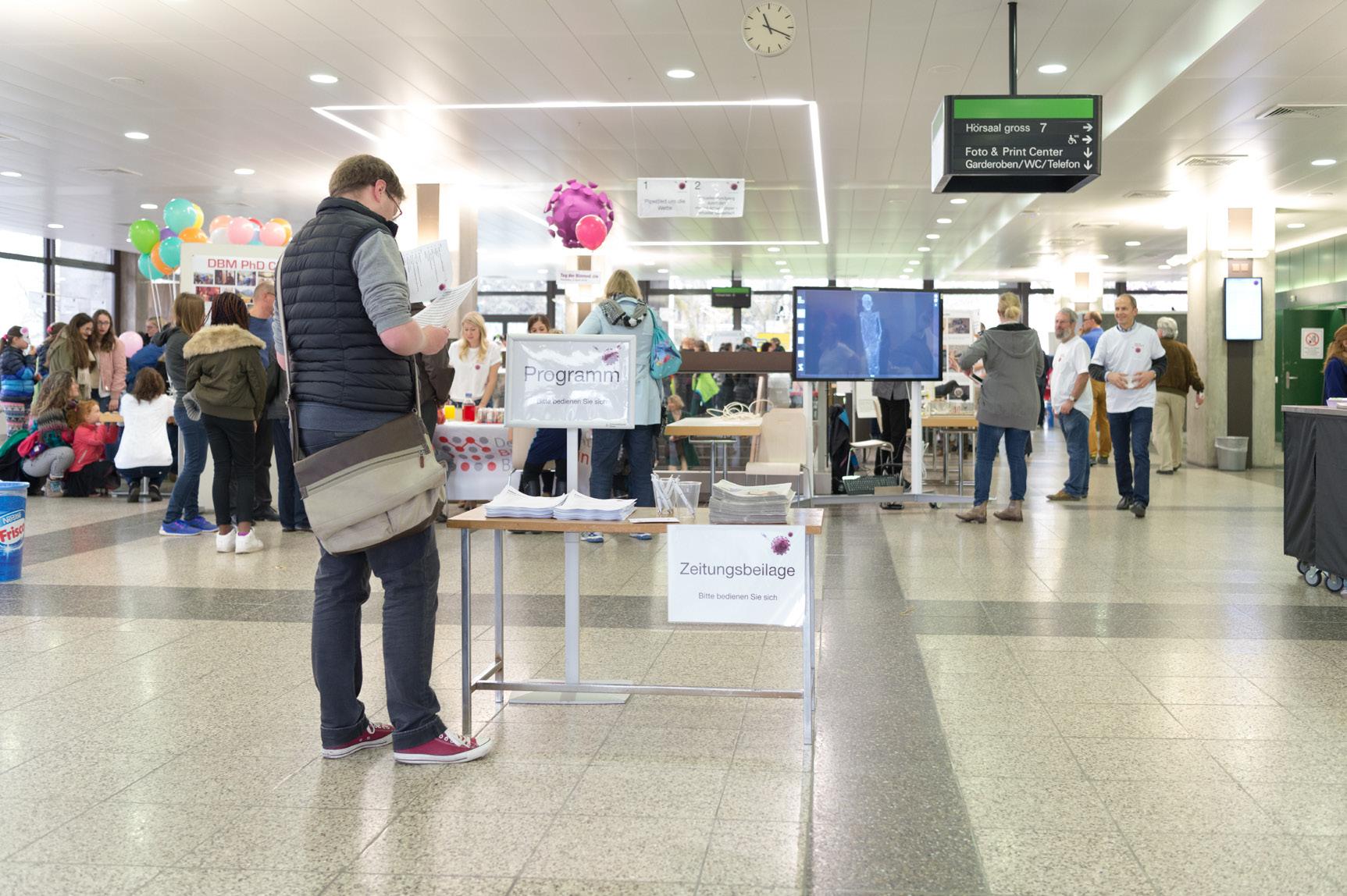
Have you taken something from your time at our institute that continues to influence your professional life today?
“My time here has taught me that patience is essential and that it’s important not to let things get to you. Another thing is that clear communication is very important. ”
– Manuel Schmassmann
Content
Community and Connection –Living the DBM Spirit
When did you feel most connected to your DBM colleagues or the larger DBM community ? What helped build that connection ?
Cover Story
Success Story
Research Group at a Glance
Portrait of SAB Members
Publications
Congratulations
Intro Events
New Colleagues
“I felt most connected to my colleagues when I discovered we had naturally settled into a routine that worked well for all of us. Because we work on similar schedules, we’ve developed a routine that stretches well beyond the lab. Recognizing that our shared experiences as researchers provided us with a unique perspective of each other’s lives was what really strengthened our bond. The strength of this connection lies in its genuine compatibility. We are not imposing social interactions or conflicting priorities. Instead, our similar academic journeys have created a natural foundation for both professional collaboration and personal connection. When your colleagues genuinely grasp the rhythm of your work and life, it becomes natural to encourage one another in all facets of growth. ”
– Etnik Sheremeti
“I feel most connected to the DBM community through my involvement in the PhD Club. When I first joined as a new student, it provided me with a welcoming space to meet fellow PhD students, exchange experiences, and build friendships that have grown into long-lasting and meaningful connections. Beyond this personal support network, being part of the club has also given me the chance to contribute actively to the broader DBM community. By helping to organize events and initiatives, I not only create opportunities for others to connect but also play a role in shaping the social and academic life of PhD students at the institute. This combination of personal growth, shared experiences, and community building has made the PhD Club an especially important and rewarding part of my time at the DBM. ”
– Jerneja Koren
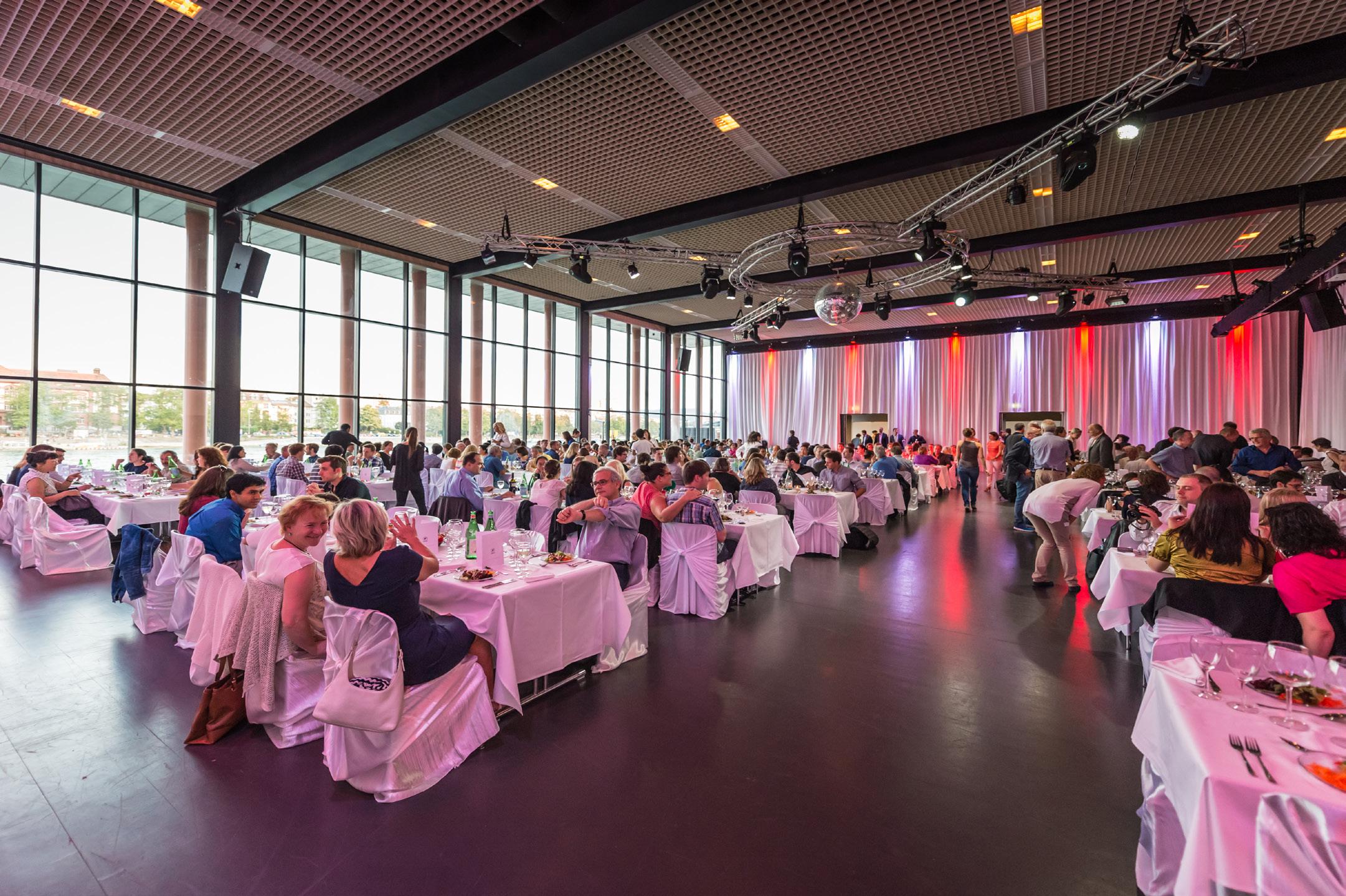
“I have felt most connected to the wider DBM community through the Postdoc Club, which I have been part of since 2020. What makes it unique is its horizontal structure; there is no formal leadership, just a group of people who genuinely care about the well-being of others. It is more than a provider of professional development events; it is evolving into a space where the community can speak with a collective voice, even to the DBM administration. That shift is still in progress, and while the leadership supports it, we have to keep pushing forward. Being involved taught me something that is easy to forget in science: we work in communities, not just at benches. I hope DBM keeps growing into a place where that collective dimension, mentoring, trust, shared responsibility, is recognized as essential, not secondary. The Postdoc Club reminded me that while our projects may be individual, the environment we shape around them is shared, and worth investing in. ”
– Manuele Muraro
Content
Have you formed relationships at DBM that have shaped your professional or personal journey ? Tell us about one .
Cover Story
Success Story
Research Group at a Glance
Portrait of SAB Members
Publications
Congratulations
Intro Events
New Colleagues
“I am still close friends with many of my former colleagues at DBM, and we continue to meet regularly in my limited free time. These friendships remind me time and again that DBM is not just about science, but also about people and relationships that enrich life beyond work. For example, I once met a colleague by chance on a hike in Crans-Montana –and shortly afterwards, we found ourselves standing together in the front row at a Lo&Leduc concert, again by chance. ”
– Anne-Kathrin Woischnig
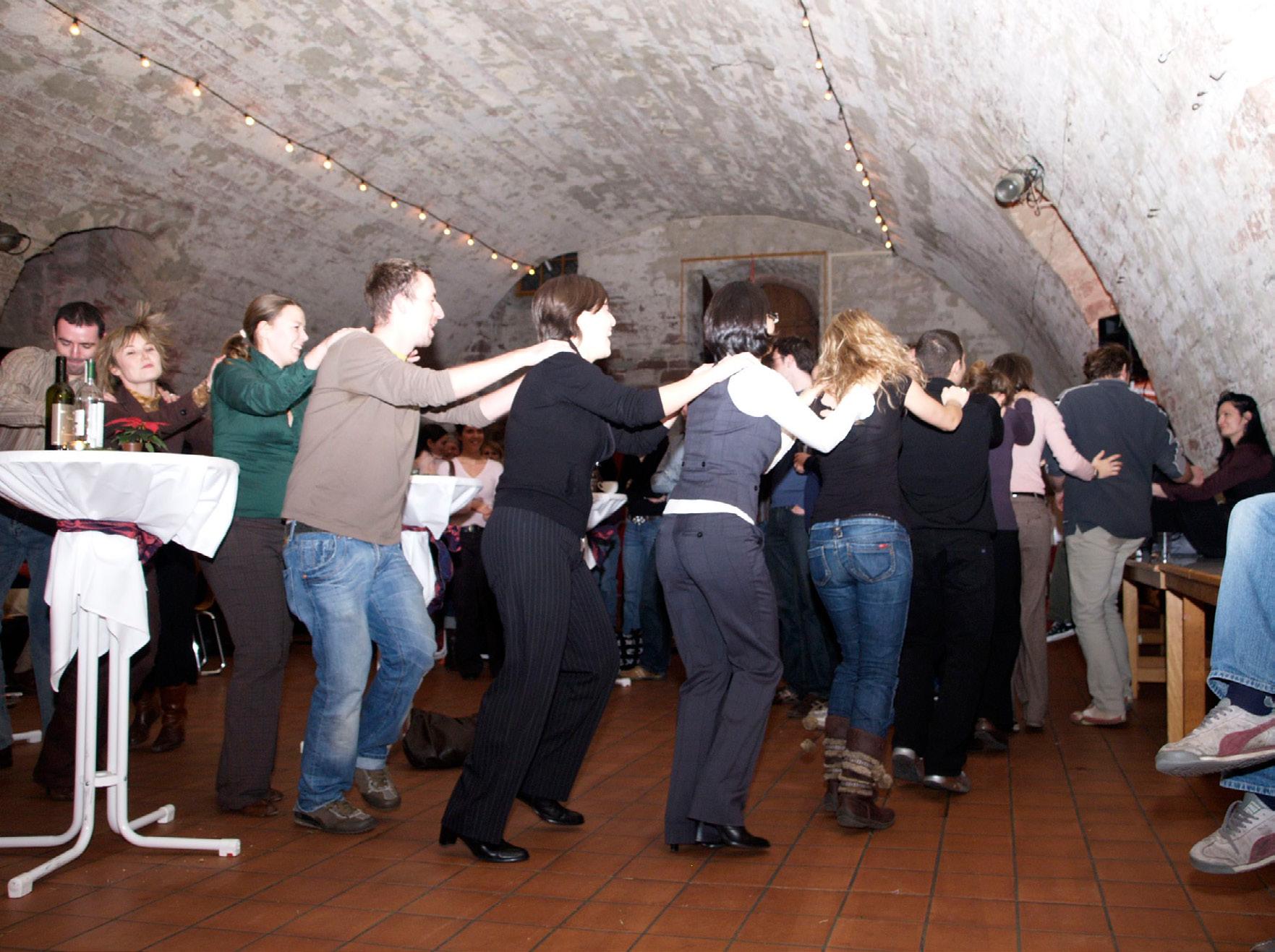
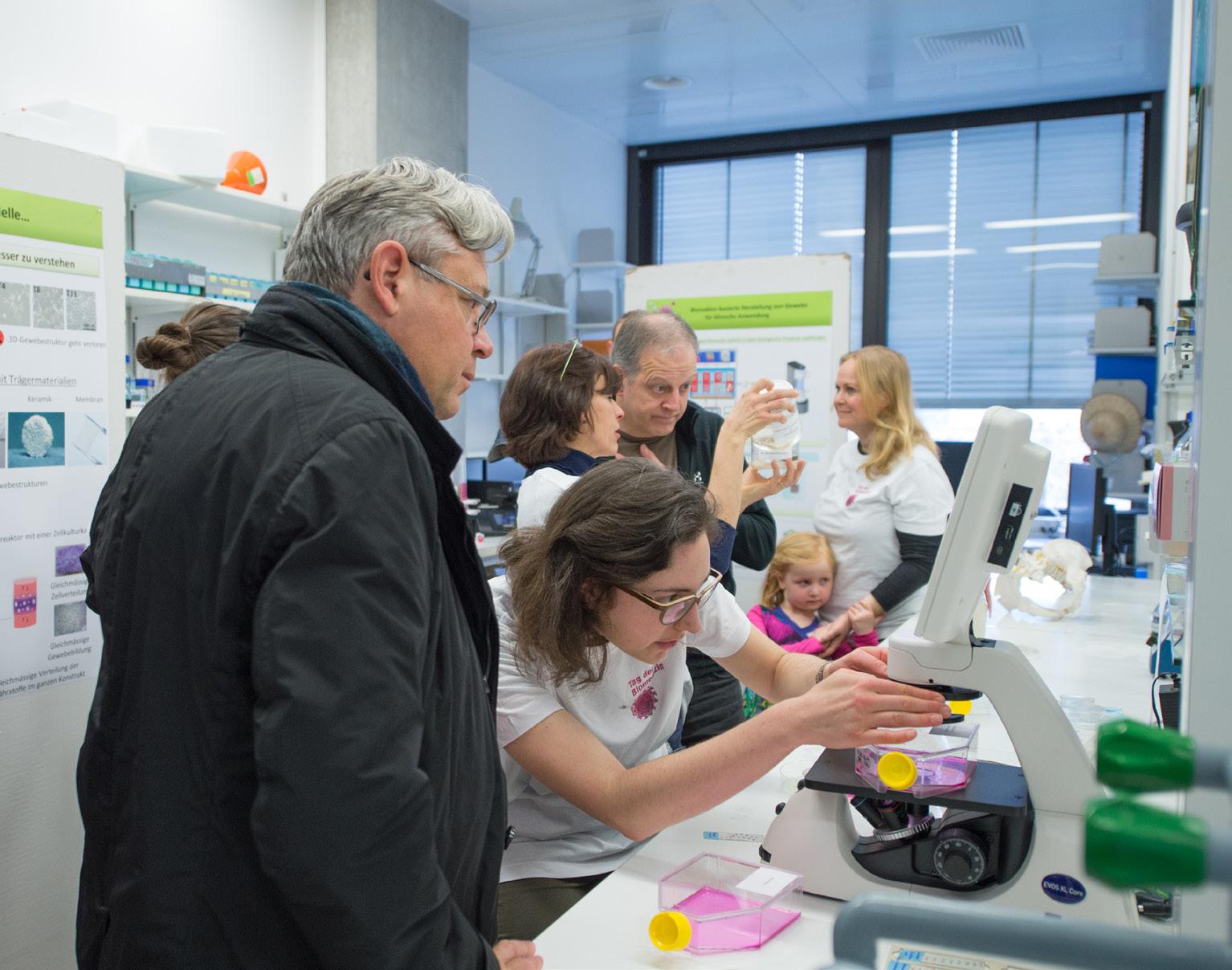
“Yes, and it makes me proud that many former DBM members have approached me for professional safety advice after they left the institute. ”
– Yves Hartmann
What does the “DBM spirit” mean to you ?
Content
Cover Story
Success Story
Research Group at a Glance
Portrait of SAB Members
Publications
Congratulations
Intro Events
New Colleagues
“To me, the DBM spirit is about curiosity, collaboration, and commitment. It’s the drive to keep learning and improving while keeping the people at the center of everything in mind and respecting different views and opinions. An example of this spirit is when colleagues come together—often across teams or disciplines—to solve a problem creatively. Whether over coffee or in a meeting, and even under pressure, the goal of reaching an agreement is never lost, along with the feeling of “Together, we can do it.”
The ability to combine professionalism with humanity is what makes the DBM unique. ”
– Xiomara Banholzer
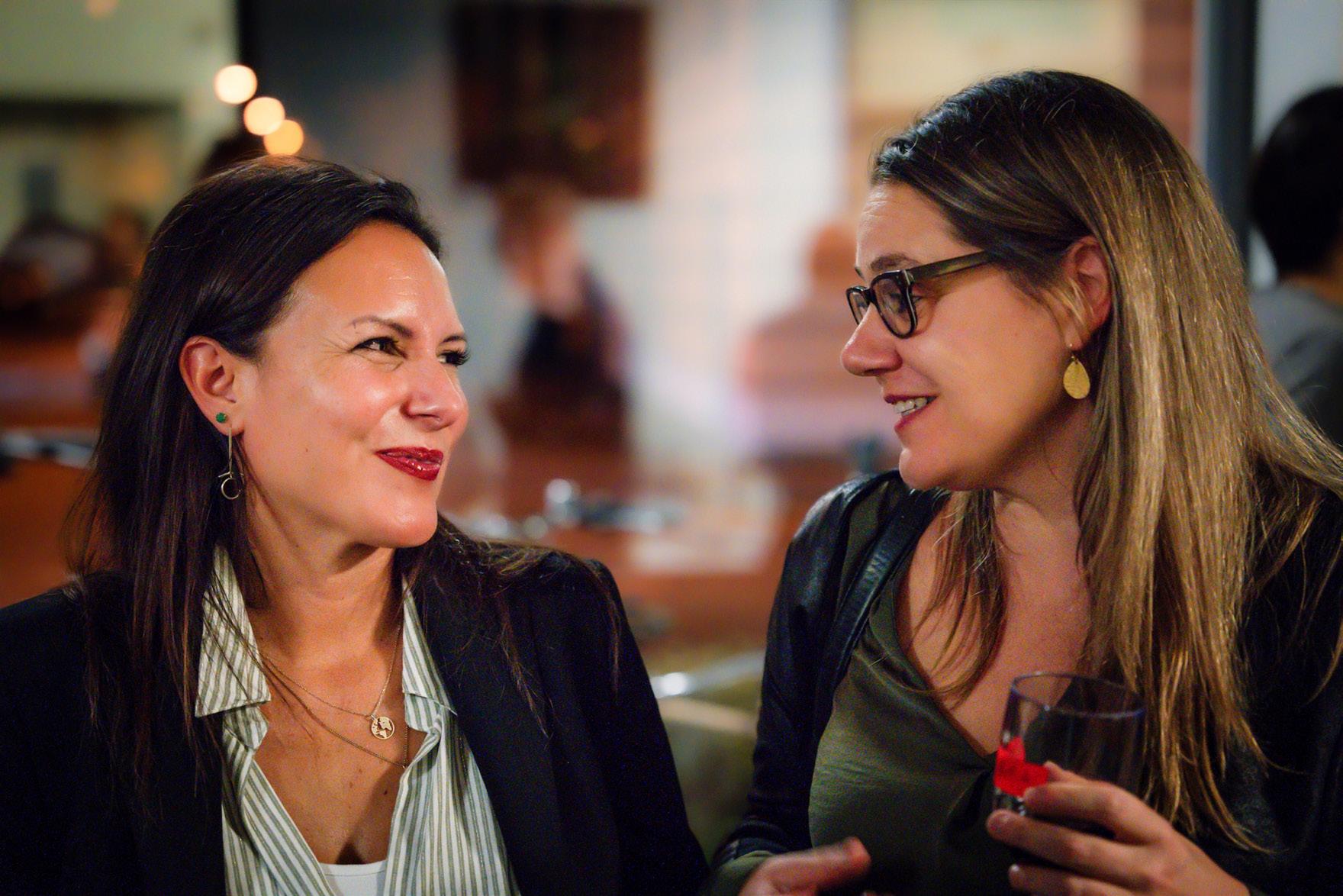
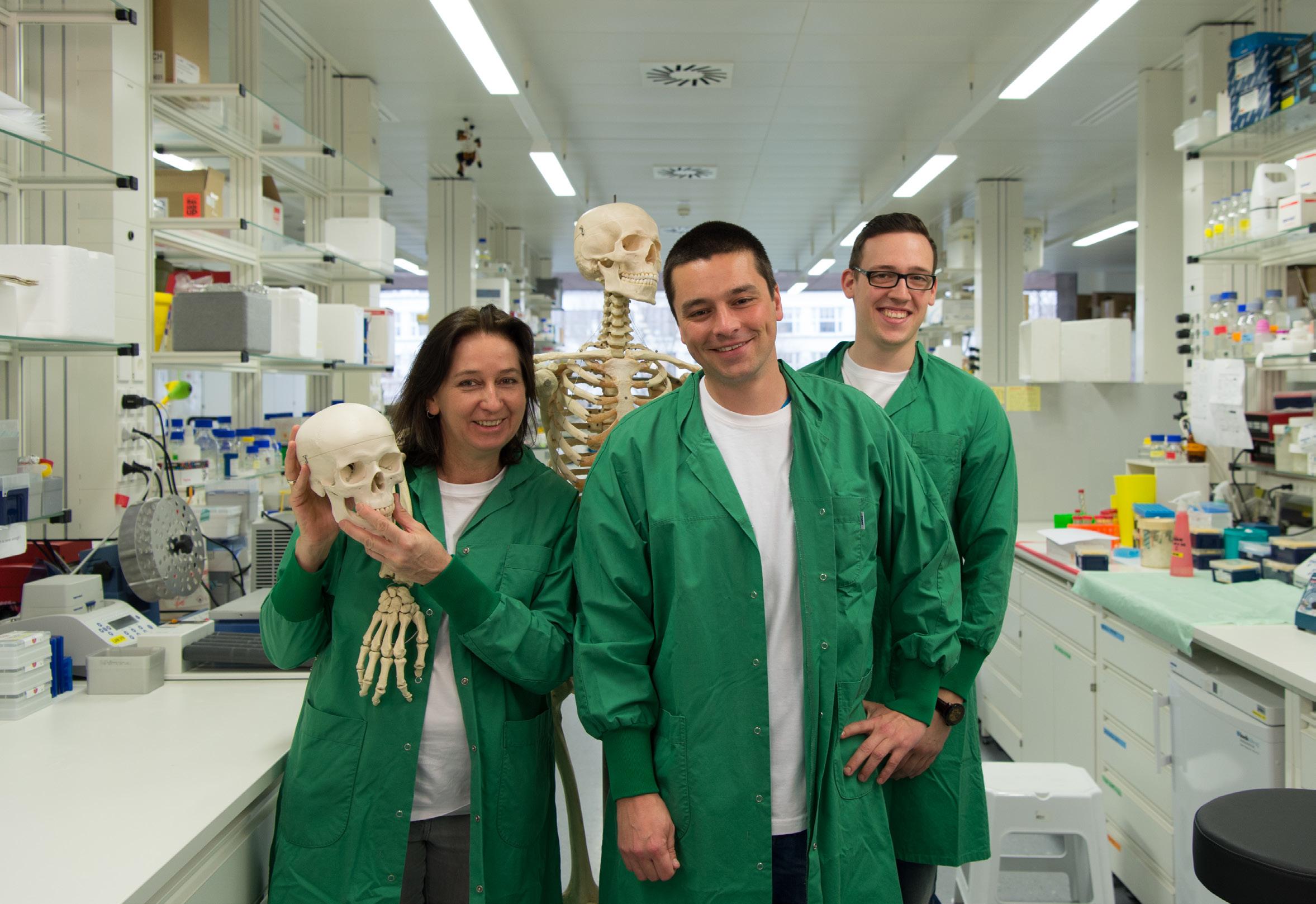
“For me, the DBM spirit is the willingness to help each other troubleshoot, even when everyone is under pressure. That everyday collegiality is what keeps the place running. ”
– Christoph Schultheiss
Dreaming of the Next 25 Years
What are your hopes for the DBM over the next 25 years?
Content
Cover Story
Success Story
Research Group at a Glance
Portrait of SAB Members
Publications
Congratulations
Intro Events
New Colleagues
“I walk past the new DBM building site twice a day on my way to and from work, and when I joined the DBM in 2021, there was a hole in the ground. For me this is the third time where I joined a lab when a custom lab building is built and different laboratory sites will be merged. I hope this goes as smooth as possible and I look forward to new interactions, the scientific synergies and projects developing from that ... not only after the move, but already during the move planning. At the same time, I know from experience to expect the unexpected and really look forward to this, too… otherwise life would be boring.”
– Anett Jandke
“For the next 25 years, I hope the DBM will keep its role as an innovative and hopefully leading partner in biomedical research. The spirit of so many different scientific fields and the diversity of the people working at the DBM are for sure a good base for the future of the DBM. Also the new building should enhance the community of the DBM, as all the different sites will be united at one place. Let us look together into a successful future. ”
– Günther Schäfer
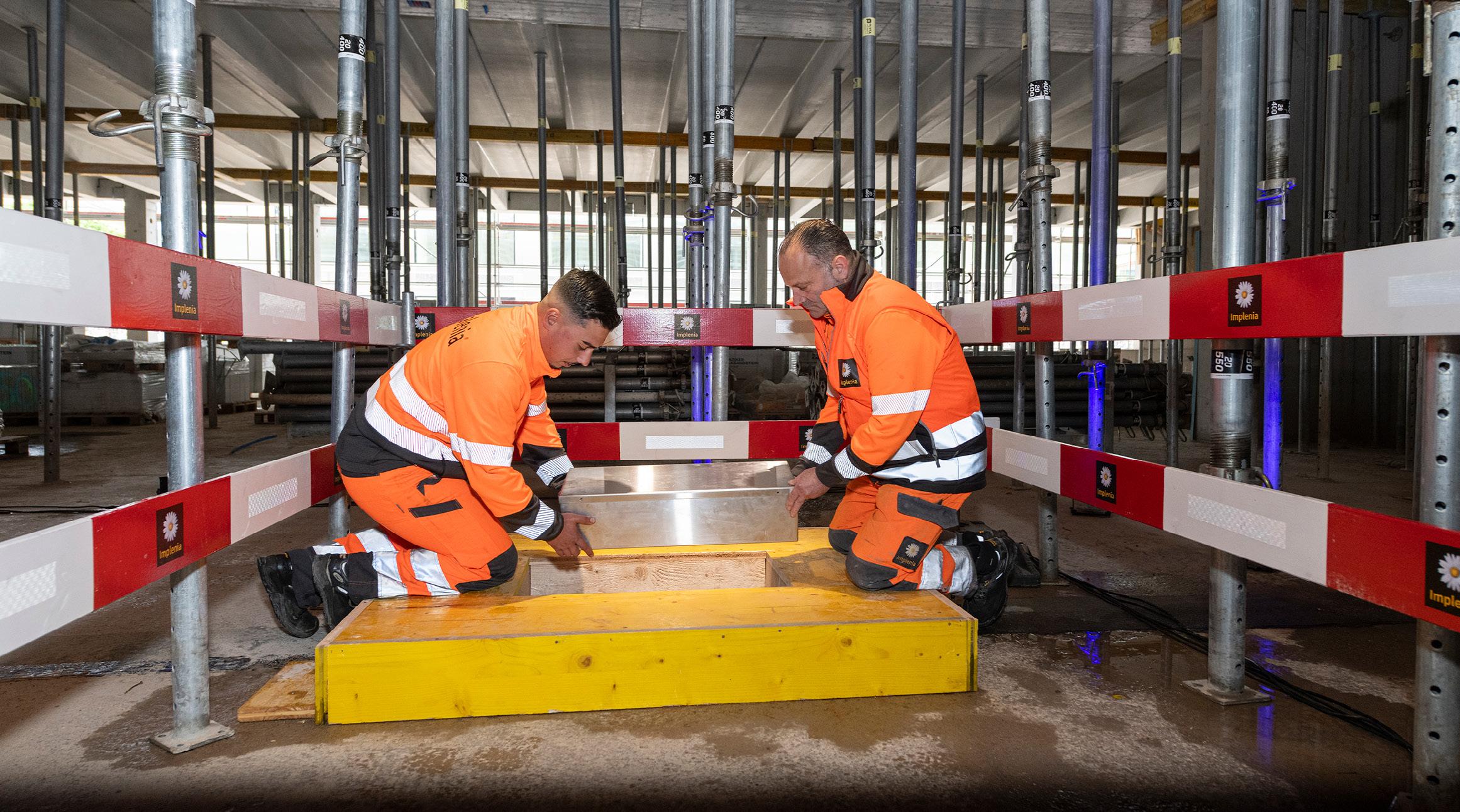
“My hope for the DBM is to become a global leader in biomedical research and education over the next 25 years. This will be achieved by focusing on three key areas. First, I hope to see a true increase in interdisciplinary collaboration. Biomedical problems are increasingly complex, requiring expertise that extends beyond traditional biology and medicine. The DBM should foster deeper partnerships with departments across the University of Basel and beyond, including in data science, engineering, and pharmaceutical sciences. This will allow for the development of cutting-edge technologies and accelerate the pace of personalized medicine. Second, the DBM should become a global hub for translational research. It is crucial that discoveries made in the lab rapidly move into clinical practice. I hope to see the DBM strengthen ties with local startups and established companies, creating a robust pipeline from basic science to patient care and actively promoting entrepreneurial ventures. Finally, the DBM must continue to attract and retain top-tier talent. By investing in state-of-the-art facilities, providing competitive funding, and supporting a culture of mentorship and intellectual freedom, the DBM will ensure its legacy of excellence for the next 25 years and beyond. ”
– Andreas Keller
Content
Intro
Cover Story
Success Story
Research Group at a Glance
Portrait of SAB Members
Publications
Congratulations
Events
New Colleagues
If you could leave one message or piece of advice for the next generation at the DBM, what would it be ?
“If I could share one piece of advice with the next generation at the DBM, it would be this: make the most of the incredible tools and people you have around you. The DBM is a place where you can dream big and test ideas you might have thought were impossible. Yes, the equipment is cutting-edge and gives you the freedom to explore, but it is really the people who bring those ideas to life. And never underestimate the power of a good conversation. Some of the best insights I have had did not come from formal meetings, but from casual chats with colleagues in completely different fields. DBM brings together so many perspectives, and those unexpected connections can open your mind in ways you do not see coming. So be bold. Be curious. Ask questions, even the ones that feel a little naïve. Curiosity is welcome here, and collaboration is at the heart of the culture. If you lean into that, your science ( and the way you think about it ) will grow in ways you cannot predict. ”
– James Taylor
“My message / piece of advice for the next generation : we should never take for granted the privilege we have in working at the DBM. The DBM has been established thanks to the visionary concept to bring together – scientifically, technically, operationally, institutionally – the fundamental biological disciplines with experimental research by clinicians. The implementation of such a vision at the DBM has been proved to be functional, productive and attractive. The best way to honour the privilege of being part of this vision is to remain open to dialogue with scientists or clinicians outside of our direct area of interest or based on different backgrounds or perspectives. This cultural attitude, beyond scientific strength in our specific research focus, will be the driver to further development and flourishing of the DBM ! ”
– Ivan Martin
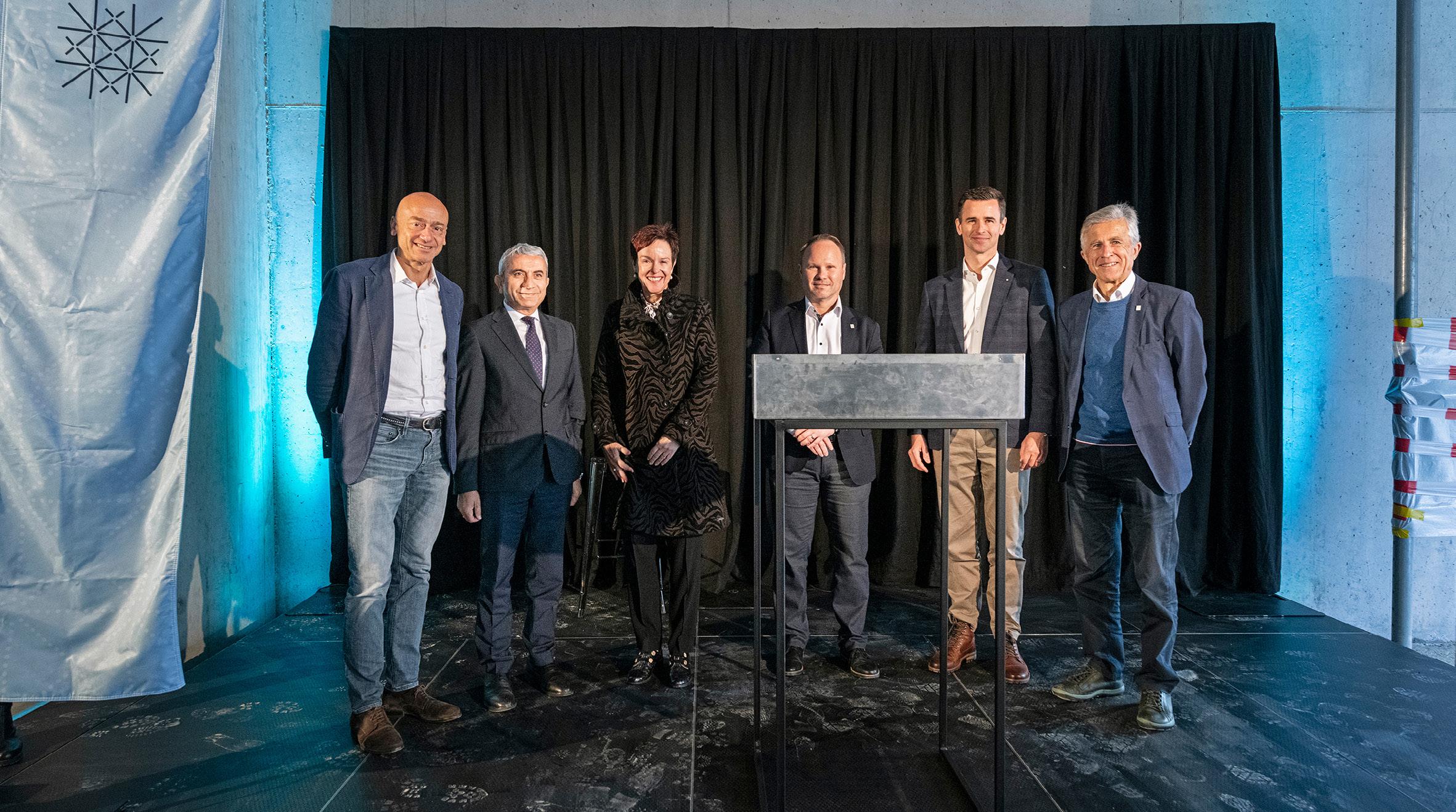
Content
Intro
Cover Story
Success Story
Research Group at a Glance
Portrait of SAB Members
Publications
Congratulations
Events
New Colleagues
What challenge or questions should we explore in the future, and why is it important?
“This September marks my 17th year at the DBM, and while I have seen progress in several areas, a major challenge for the future is creating true inclusion. While fairness and inclusion are widely endorsed in principle, they are rarely applied in practice. DBM should explore how to ensure that diversity is not merely symbolic but reflected in real opportunities for leadership and recognition, and that ideas are judged solely on their merit, no matter who voices them. To me, this is the foundation of both scientific excellence and a thriving community. ”
– Faiza Noren
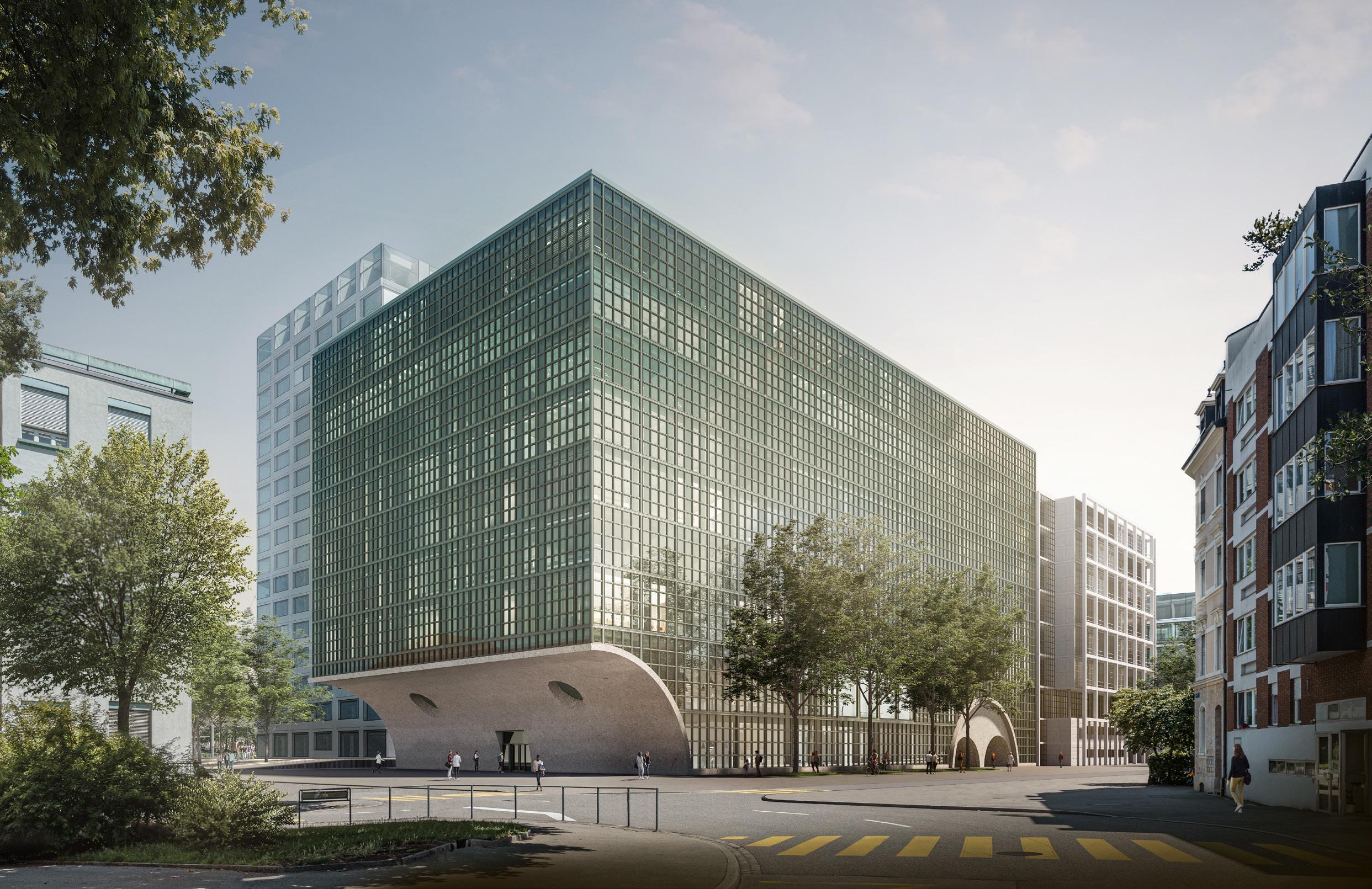
“As a member of the Personal Integrity Team, I have come to appreciate how essential a strong, respectful, and inclusive research culture is to the success of an institute like the DBM. Over the next 25 years, I hope the DBM continues to grow not only as a center of scientific excellence, but also as a place where integrity, transparency, and mutual respect are actively fostered. I believe that maintaining these values is just as important as scientific innovation, and I am proud to contribute to that mission. ”
– Ewelina Bartoszek - Kandler
Content
Intro
Portrait
Publications
Congratulations
25 voices for 25 years – together they reflect the true DBM spirit. A heartfelt thank you to all colleagues who shared their thoughts and memories with us!
“25 years of curiosity, collaboration, and commitment – here is to the next chapter”
DBM Success Story
DBM Research Prize Winner: Laurentz Schuhknecht
Content
Cover Story
Success Story
Research Group at a Glance
Portrait of SAB Members
Publications
Congratulations
Intro Events
New Colleagues
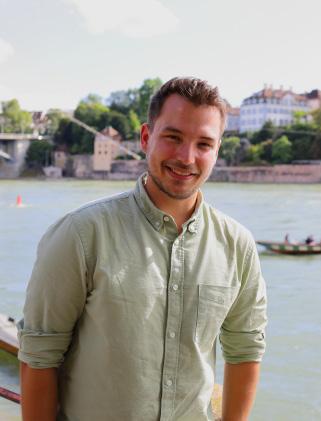
Laurentz Schuhknecht
Laurentz is originally from a small town in Bavaria, Germany, but his journey took him to the shores of Lake Constance, drawn by a love of sailing, the nearby mountains and most importantly, the opportunity to pursue his Bachelor’s and Master’s degrees in Biological Sciences and Disease Biology at the University of Konstanz. From there, his path quickly became international: research stays led him to Juntendo University in Tokyo, the Feinberg School of Medicine in Chicago, and the German Cancer Center in Heidelberg, where he gained invaluable experience across fields such as immunology, pharmacology, evolutionary and cancer biology. In 2019, he began his Master’s thesis in Systems Biology at ETH Zurich with Uwe Sauer, a turning point that sparked his passion for understanding cellular processes and diseases at a systems level. This inspiration carried him into a PhD in the same field, completed in 2023. After graduating, he continued his scientific journey and, still in 2023, joined Mattia Zampieri’s newly established lab at the DBM as a postdoctoral fellow.
What inspired you to become a scientist ?
It is often hard to pinpoint the exact moment when you first feel inspired to follow a certain path, it is more of a gradual evolution. For me, becoming a scientist was not an immediate goal. Initially, I was simply captivated by biology and eager to explore it further. It was not until later that I realized my growing passion for doing science and decided to pursue it as a career. Let me begin by sharing where my fascination with biology started. While I tend to find many fields intriguing, biology truly captured my interest from high school onward. What fascinated me most was the way cells function as incredibly efficient factories, almost like Swiss clocks, coordinating countless processes every millisecond, enabling us to think, speak, and even study them. Whereas cellular miscoordination of these processes leads to disease. This sparked my decision to study Biological Sciences. As my studies progressed, I became increasingly drawn to Systems Biology, which focuses on understanding how biological components interact within networks to drive complex cellular functions and behaviours. This field brought me back to my initial fascination: the intricate mechanisms behind how cells operate as a finely tuned system, how malfunctions lead to diseases, and how we can tackle them. Here I realized that I wanted to pursue a scientific career to study them, a decision I never regretted. What makes science and being a scientist so fascinating to me is the journey it involves. It all begins with an open question or an intriguing phenomenon, something that sparks curiosity, whether it is a personal interest or a challenge the field is grappling with. From there, it is up to you to answer this question, a process that involves selecting the right approach and tools to address the problem. It requires a great deal of persistence, curiosity, creativity, and the ability to embrace uncertainty, as the answers always come through exploration and collaboration. Here, the collaborative nature of science adds another layer of excitement: working alongside a team, where diverse perspectives and shared efforts lead to discoveries that no one could achieve alone. It is this combination of curiosity, discovery, and teamwork that makes science such a deeply motivating and rewarding pursuit for me.
“I
was seeking an environment where I could apply my knowledge in a more translational context. The DBM offered exactly that.”
What was your motivation to join the DBM ?
During my time at ETH Zurich and throughout my previous education, my work was primarily focused on basic research, with limited opportunities for interaction with clinicians or access to patient samples. While this provided a strong scientific foundation, I felt increasingly motivated to apply my knowledge in a more translational and clinically relevant context. The Department of Biomedicine, together with the larger Basel
Content
Portrait of SAB Members
Publications
Congratulations
life sciences network, offers a unique environment where cutting-edge research is closely integrated with clinical practice. Unlike at ETH, where access to clinical collaborations can be quite limited, the DBM provides direct and structured opportunities to engage with practicing physicians and, at times, even patients, such as through events like the FARO meeting or OncoDay. This proximity to clinical application not only enriches the research but also reinforces its purpose and potential impact. For me, joining the DBM was a deliberate step to bridge the gap between fundamental science and its real-world application in patient care.
Could you summarize in a few words what you did in the paper that received the DBM Research Prize ?
Our study presents a large-scale analysis in which we profiled 2269 putatively annotated metabolites in response to 1520 off-patent drugs in lung cancer cells. This produced a comprehensive dataset that provides new insights into the mechanisms of small molecules and opens exciting possibilities for drug repurposing. It addresses a key challenge in drug development: the need for scalable, unbiased methods to assess how compounds influence cellular function. Traditional methods are often low-throughput and miss complex, system-wide effects. By utilizing metabolomics, we were able to capture a detailed, functional perspective of drug-induced changes in cancer cell lines. Interestingly, many drugs triggered significant metabolic changes without affecting cell growth, revealing effects often overlooked in conventional screening. The study also uncovered surprising activities in well-known drugs, such as tiratricol, a thyroid medication, showing its impact on nucleotide synthesis, which could open new avenues for cancer therapy by targeting cell metabolism. Mapping how drugs affect metabolism can potentially accelerate drug development, facilitate rational drug repurposing, and contribute to the design of personalized treatment strategies. Our next research steps will integrate this metabolic data with patient-specific profiles and investigate how the body processes these compounds, aiming to improve the prediction of therapeutic outcomes.
What did you like the most during your time at the DBM ?
Well, what I have enjoyed most about my time at the DBM is precisely what motivated me to join in the first place: the close integration of research with clinical practice. Coming from ETH, where research was primarily focused on basic science and clinical interactions were rare, I was seeking an environment where I could apply my knowledge in a more translational context. The DBM offered exactly that.
What has been your greatest achievement in your career so far ?
Rather than a single standout moment, I see my career as a series of personal milestones that have each shaped me in meaningful ways: I
have always embraced the opportunity to work in diverse research environments, which has been incredibly enriching both scientifically and personally. Completing and defending my PhD was a particularly fulfilling achievement, as was mentoring many outstanding Bachelor’s and Master’s students, and co-supervising PhD candidates, experiences that continue to be very rewarding. More recently, taking on a lecturer role at the DBM has become a highlight, as science communication has grown into one of the aspects of academia I value most. But if I had to name my greatest achievement, it would be managing to build and sustain a fulfilling scientific career while also being fully present and committed in my young family life.
What are you doing right now and what are your plans for the future ?
Right now, I am focused on driving our research further toward more physiologically relevant, in vivo-like cancer models. A big part of my current and future work also involves integrating more patient-derived samples and clinically oriented questions into our studies. I am also actively building collaborations, both within the DBM and beyond, to strengthen the translational impact of our work. In short, my goal is to continue doing meaningful, impactful and good science that bridges the gap between the lab and the clinic, hopefully for many years to come.
Do you have any advice for young students on how to become successful ?
There is certainly no clear recipe for becoming successful, and I would not consider myself particularly successful at this point. However, in my view, the best stepping stones toward creating the conditions for success are to be genuinely fascinated and passionate about your research. Choosing a research direction should not be done lightly but guided by a deep and lasting interest, because curiosity will remain your strongest asset and main source of motivation as a researcher. While success inevitably also involves an element of luck, such as being in the right place at the right time, I am convinced that the most important factor is still hard and dedicated work, combined with the willingness to go the extra mile, so that you are in the position to actually take advantage of that chance in the first place. In that sense, even though chance plays a role, I believe that success is largely in one’s own hands.
What is an interesting fact about you that is not on your CV ?
Looking back, it seems like my academic path has followed a bit of a pattern. I started near Lake Constance, drawn not only by a great study program but also by the mountains and the chance to sail in my free time. That love for nature has not changed, so ending up in Switzerland feels like a natural continuation. It is not on my CV, but finding a place where I can combine a fulfilling scientific career with spending time outdoors has definitely been one of the quiet highlights of the journey. Publication: “A human
Portrait SAB Members
Content
Research Group at a Glance Translational Cardiology Mahfoud Lab
A Quick Overview of our Research
Our team combines clinical insight with molecular approaches to better understand and treat hypertension, arrhythmia, and heart failure. The main focus of our group is the autonomic nervous system and interorgan crosstalk in cardiovascular disease.
Success Story
Research Group at a Glance
Portrait of SAB Members
Publications
Intro Events
Cover Story New Colleagues
Chronic kidney disease and metabolic risk factors (such as obesity and diabetes) share a common pathophysiologic background, often complicated by autonomic dysfunction, which significantly contributes to cardiovascular morbidity and mortality. To address these interconnected conditions, we explore how modulating autonomic nervous system function (e.g. via organ denervation) can help prevent complications and alter disease progression.
We also integrate omics-based techniques including transcriptomics, proteomics and metabolomics in our research pipeline. This approach helps us uncover disease mechanisms, identify biomarkers and explore inter-organ communication at the molecular level. As part of our expanding molecular work, we are exploring the role of long non-coding RNAs (lncRNAs) in cardiovascular diseases. The lncRNAs are key regulators of cell identity and behavior by influencing epigenetic, post-transcriptional and translational processes within gene networks. Adding lncRNA analysis to our omics framework provides another layer for exploring regulatory networks in diseases.
Congratulations
Highlights, Breakthroughs and Current Projects
Our research has contributed to understanding how the autonomic nervous system affects cardiovascular health.
We previously characterized rat models of metabolic syndrome and chronic kidney disease, demonstrating that suppression of sympathetic nerve activity prevents atrial fibrillation by inhibiting both structural and electrophysiological remodeling of the atria.
Additionally, we found that renal neuromodulation reduces uremic toxin levels in rats with chronic kidney disease, thereby reducing the development of left ventricular hypertrophy. Importantly, most of these protective effects occurred independently of the blood pressure-lowering action.
Most recently, we discovered that renal denervation mitigates ischemic cardiomyopathy and attenuates chronic myocardial fibrosis by modulating cardiac macrophage composition.
An additional area of investigation involves optimizing medical therapies for chronic cardiovascular disease. We have also examined the interplay between interventional and pharmacological approaches. In our study, spontaneously hypertensive rats underwent renal denervation
and were subsequently randomized to receive antihypertensive medications. Among the tested drugs, amlodipine and olmesartan produced the most pronounced reductions in blood pressure.
Since our group recently moved to the DBM, we are in the process of re-establishing and optimizing our models. This includes building new in vivo platforms and expanding our capacity for integrative analysis.
In parallel, we are investigating new organ denervation strategies beyond the kidney, including liver and spleen, as well as multiorgan approaches.
We are also integrating state-of-the-art technologies such as Olinkbased proteomic screening to identify predictive biomarkers that distinguish human responders from non-responders to renal denervation and to better understand organ-specific and systemic responses to intervention.
Our Vision for the Future
Despite advances in medical and interventional therapies for cardiovascular-kidney-metabolic syndrome, key complications such as arrhythmia, myocardial remodeling and heart failure remain highly prevalent. Considering that catheter-based renal denervation is now a safe and guideline-supported option for treating hypertension, we believe this procedure or multi-organ denervation approach may offer new therapeutic options for selected patients by modulating autonomic activity and helping to preserve cardiac function.
With a strong focus on translating our preclinical findings to clinical practice, we aim to establish novel interventional treatment opportunities for cardiovascular diseases as well as metabolic syndrome. Looking ahead, by combining targeted neuromodulation with omics-based profiling, we would be able to better understand individual variability in therapeutic response and move toward more personalized treatment strategies.
Content
Team Spirit – Introduction of Us
We are a growing and active research group with a shared passion for pushing the boundaries of cardiology. Our team includes both clinicians and scientists who work closely together to link experimental approaches including in vivo, in vitro and in silico methods with translational goals. Curiosity, teamwork and interdisciplinary thinking are very important for us. We have different backgrounds and skills that create a supportive environment where new ideas and innovation are welcome. Every member of our team brings unique strengths to our shared mission.
Success Story
Research Group at a Glance
Portrait of SAB Members
Publications
Intro Events
Cover Story New Colleagues
Our Group Members
Felix Mahfoud
Research Group Leader
Parisa Aghagolzadeh Project Leader
Karolina Maria Barucka
Technology / Laboratory / Infrastructure
Lifen Xu Technology / Laboratory / Infrastructure
Felix Goetzinger Visiting Scholar
Lucas Lauder Visiting Scholar
Congratulations
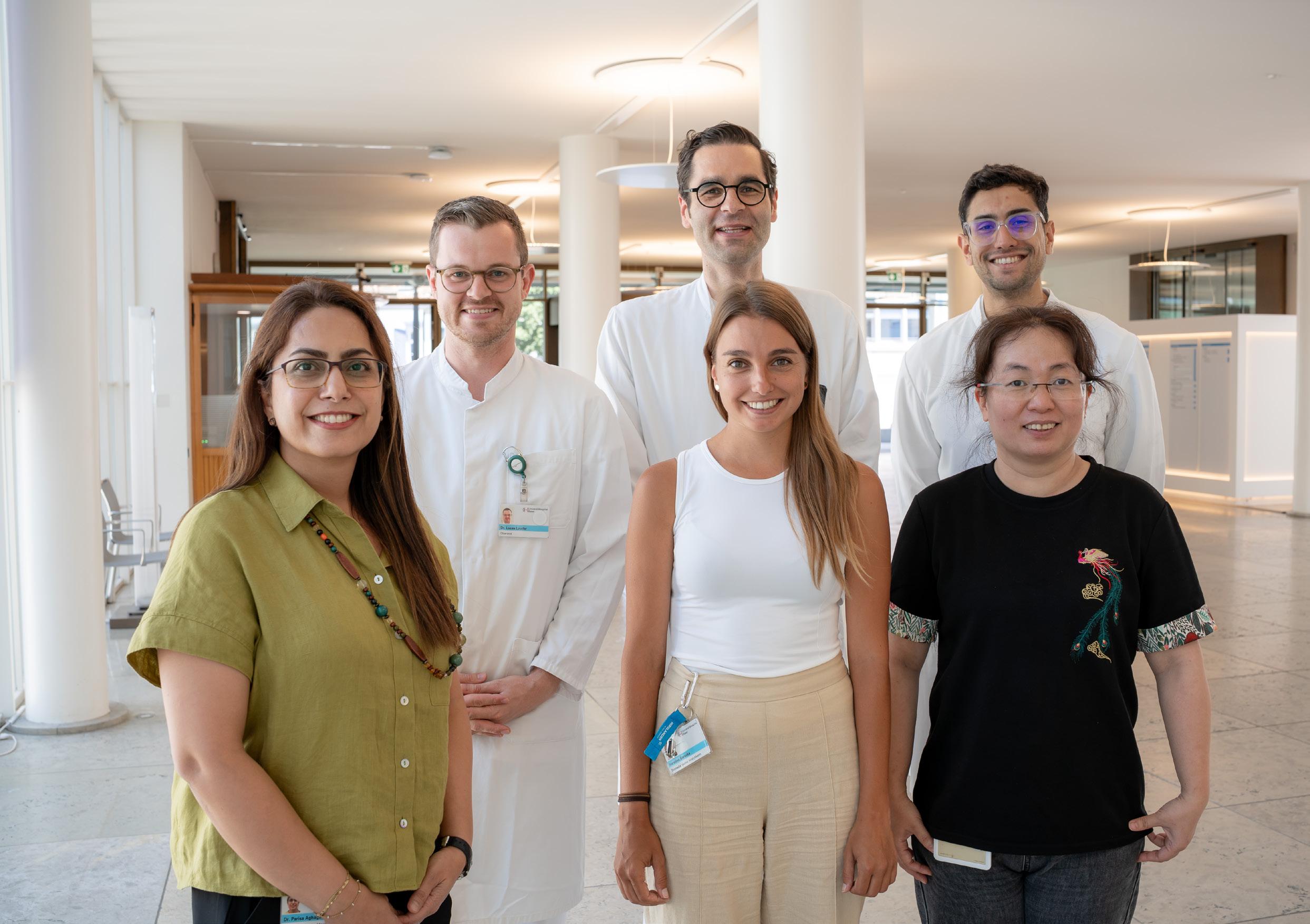
Research Group at a Glance Molecular and Computational Hematology-Immunology Zaugg Lab
Content
Success Story
Research Group at a Glance
Portrait of SAB Members
Publications
Congratulations
Intro Events
A Quick Overview of our Research
The Zaugg Group is driving innovation at the interface of immunology, hematology, and computational biology. Their research focuses on understanding how the bone marrow niche and immune cells interact and adapt in response to disease and therapy. One major area of interest is how the plasticity of the bone marrow microenvironment influences treatment outcomes and relapse in acute myeloid leukemia (AML), particularly following allogeneic hematopoietic stem cell transplantation. A second major focus of the group investigates how genetic and epigenetic alterations contribute to immune dysregulation in autoimmune diseases, inborn errors of immunity, and other hematological conditions. Using advanced single-cell multi-omics technologies—such as their in-house developed SUM-seq(a single-cell multi-omics method)—together with spatial transcriptomics, the Zaugg Group aims to uncover the regulatory networks and cellular interactions that shape immune and hematopoietic function.
Through this interdisciplinary work, the group aims to gain mechanistic insights into immune regulation and hematopoiesis, with potential relevance for future diagnostic and therapeutic strategies.
Highlights, Breakthroughs and Current Projects
The Zaugg Group combines technology development and translational research to explore how immune and stromal cells shape the bone marrow microenvironment in health and disease. At the core of our work is the development of integrative single-cell and spatial genomics approaches that enable high-resolution analysis of gene regulation and cell–cell interactions in complex tissues.
SUM-seq allows cost-effective joint profiling of RNA and chromatin accessibility across large sample sets. We also build computational frameworks to infer enhancer-mediated gene regulatory networks from single-cell data, helping to decode the molecular logic of cell identity. In parallel, we are advancing spatial transcriptomic approaches and integrating them with histology to reconstruct cellular neighborhoods and tissue architecture at high resolution.
These technologies support our translational efforts to understand how the bone marrow niche remodels in leukemia and upon therapy. In recent work published in Blood, we identified a T-cell population associated with long-term remission after allogeneic hematopoietic stem cell transplantation and found that relapse is linked to a more inflammatory immune environment. Our group also uncovered a class of safeguard
transcription factors that prevent unwanted cell fate transitions (Nature Genetics) and revealed how genetic and epigenetic variation rewires gene regulatory networks in autoimmune diseases (Cell Reports).
Current projects focus on the plasticity and recovery of the bone marrow niche in AML, sex differences in autoimmune disease susceptibility, and the cellular consequences of rare mutations in primary immunodeficiencies. Across all efforts, we aim to uncover regulatory mechanisms of immune and hematopoietic function with relevance for diagnostics, therapeutic targeting, and precision medicine.
Our Vision for the Future
We envision a future where spatially resolved, molecular-level insights into immune and stromal cell interactions transform our ability to understand and treat human disease. By combining single-cell and spatial transcriptomics with advanced computational modeling, we aim to map the regulatory principles that maintain immune and hematopoietic balance and uncover how their disruption drives malignancy, autoimmunity, and immune deficiency. Grounded in close collaboration with clinicians, our long-term vision is to bridge the gap between laboratory discovery and patient care, enabling data-driven diagnostics and targeted therapies in hematology, immunology, and regenerative medicine.
Research Group at a Glance
Team Spirit – Introduction of Us
We are an interdisciplinary team of curious and collaborative scientists working at the intersection of biology, medicine, and computer science. United by a shared passion for scientific discovery, we develop cuttingedge experimental technologies and computational algorithms to study immune and hematopoietic regulation in health and disease.
Our work is closely integrated with clinical collaborations, ensuring that our research remains relevant to real-world biomedical challenges. We foster a supportive and intellectually vibrant environment, where continuous learning, cross-disciplinary dialogue, and mutual respect are core values. Actively involved in international research consortia, we are well-connected within the hematology, immunology, and computational biology communities, and committed to advancing science through innovation and collaboration.
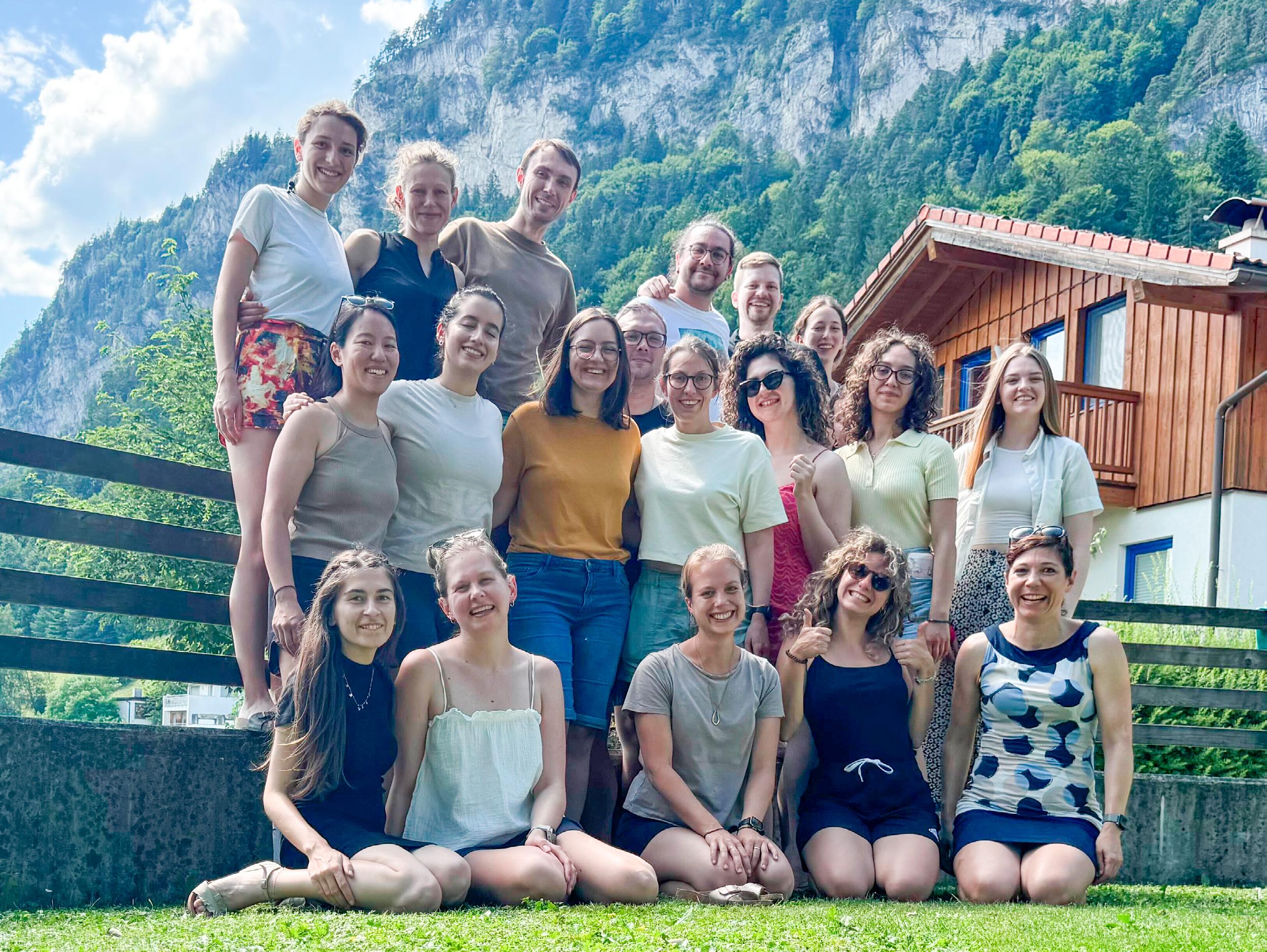
Molecular and Computational Hematology-Immunology Lab: (Front row) Frosina Stojanovska, Karin Prummel, Hanke Gwendolyn Bauersachs, Paraskevi Maria Vlachou Efstathiou, Judith Zaugg, Eftychia Chrysoula Kormari (Middle row) Kristy Ou, Efi Kormari, Amandine Kremer, Ivan Berest, Sandra Kessler, Elena Stefanovska, Amelia Kurti, Hanna Norbäck (Back row) Laura Bakker, Katharina Zirngibl, Pavel Kos, Aryan Kamal, Jonas Rauchhaus, Sara Lobato
Our Group Members
Judith Zaugg Research Group Leader
Hanke Gwendolyn Bauersachs Research Associate
Ivan Berest Visiting Scholar
Juan Pablo Jauregui Lozano
Postdoc
Sandra Kessler Visiting Scholar
Pavel Kos
Aryan Kamal
Maksim Kholmatov
Andrea Polazzi
Eftychia Chrysoula Kormari
Amandine Marie Kremer
Hanna Katarina Norbäck
Elena Stefanovska
Paraskevi Maria Vlachou Efstathiou
Postdoc
Postdoc
Postdoc
Visiting Scholar
PhD Candidate
Technology / Laboratory / Infrastructure
PhD Candidate
PhD Candidate
Visiting Scholar
Karin Fava Administrative Staff
Interview with our Scientific Advisory Board Member Clare Lloyd
Prof. Dr. Clare Lloyd is a Professor of Medicine and Vice Dean for Institutional Affairs at Imperial College London. There, she is the head of the Division of Respiratory Sciences at the National Heart and Lung Institute. Her current work explores the interactions between resident lung cells and infiltrating inflammatory cells to determine how these interactions influence development and resolution of pulmonary inflammation. She serves as one of the four members of the advisory board for our immunology research area.
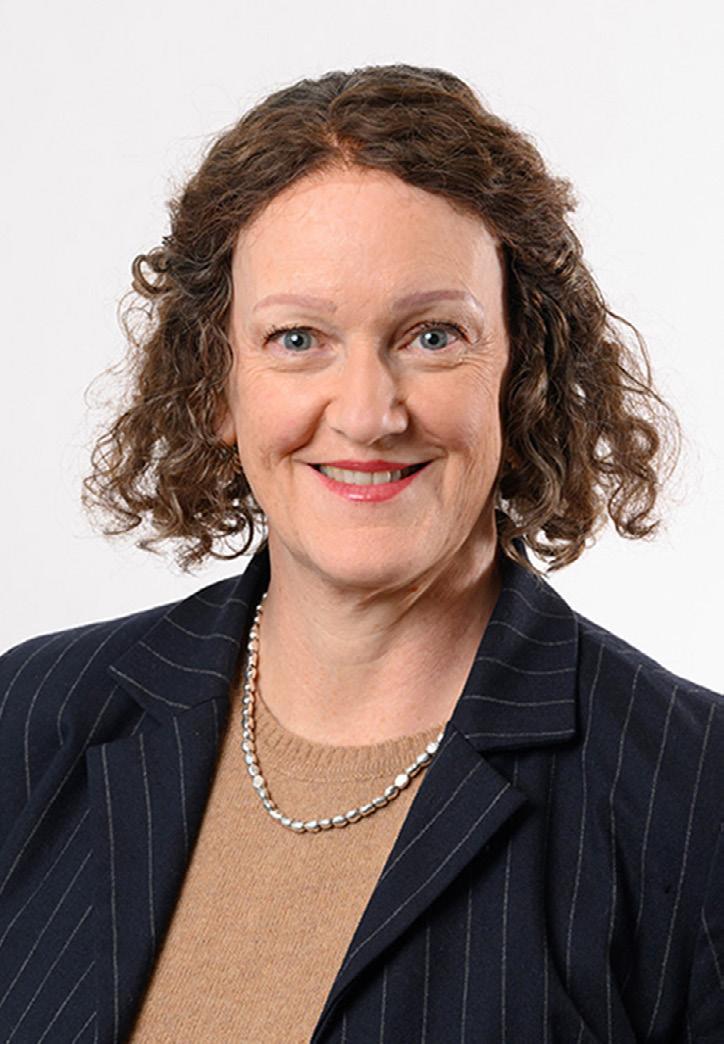
What inspired you to become a scientist ?
I always had a general interest in the world and science, but when I was quite young I was given a book on the scientist Marie Curie which was inspirational. At university I really enjoyed my final year lab project which spurred me on to do a PhD. I never really planned to be a PI or have my own lab, I sort of fell into it after working in Biotech, but still find it a challenging and rewarding experience.
What is your area of expertise ?
I am a lung immunologist. I am interested in the interactions between resident lung cells and infiltrating inflammatory cells, and my lab aims to understand how these interactions influence the development and resolution of various pulmonary diseases. We use a mixture of in vivo mouse models and in vitro culture systems using cells from patients to investigate the mechanisms underlying the pulmonary immune response to inhaled allergens and pathogens. We currently focus on how the external environment influences epithelial-immune interactions, particularly across the life course. We want to know how the lung senses the inhaled environment, which contains allergens, pathogens and pollutants, and how that triggers immune responses, or maintenance of tolerance.
We know that immune responses change from birth to old age. This influences how the lungs respond to different inhaled challenges. I am interested in asthma and respiratory infections; the inflammation they instigate can lead to either beneficial tissue repair or harmful tissue remodelling.
When and why did you agree to join the Scientific Advisory Board of the DBM Basel ?
I joined in 2023. A friend was already on the board and she said it was a fun, rewarding experience – so far she has proved to be right!
What changes and developments have you noticed in the DBM in recent years ?
I am fairly new to the board so I am looking forward to seeing how some of our recommendations may be implemented.
What do you consider the strengths of the DBM Basel ?
The close association and interaction between the clinical and basic scientists are a huge strength. I have enjoyed interacting with the more junior scientists and finding out about career structures.
In your opinion, what is the most important role of an advisory board ?
I think the fact that we come from a range of different countries and institutions enables us to give a broad view of how science is organized, managed and funded, which can help in implementing best practices. It is very helpful to have an external view of processes in general, and for individual labs it is good to have an alternative view of progress and priorities.
Interview with our Scientific Advisory Board Member Klaus-Armin Nave
Prof. Dr. Klaus-Armin Nave is head of the Department of Neurogenetics at the Max Planck Institute for Multidisciplinary Sciences in Goettingen, Germany, and is one of the two scientific advisory board members for our neurology research area. His groundbreaking work on myelin and axonal biology has greatly advanced our understanding of the nervous system, and his insights and dedication continue to inspire and guide our research initiatives.
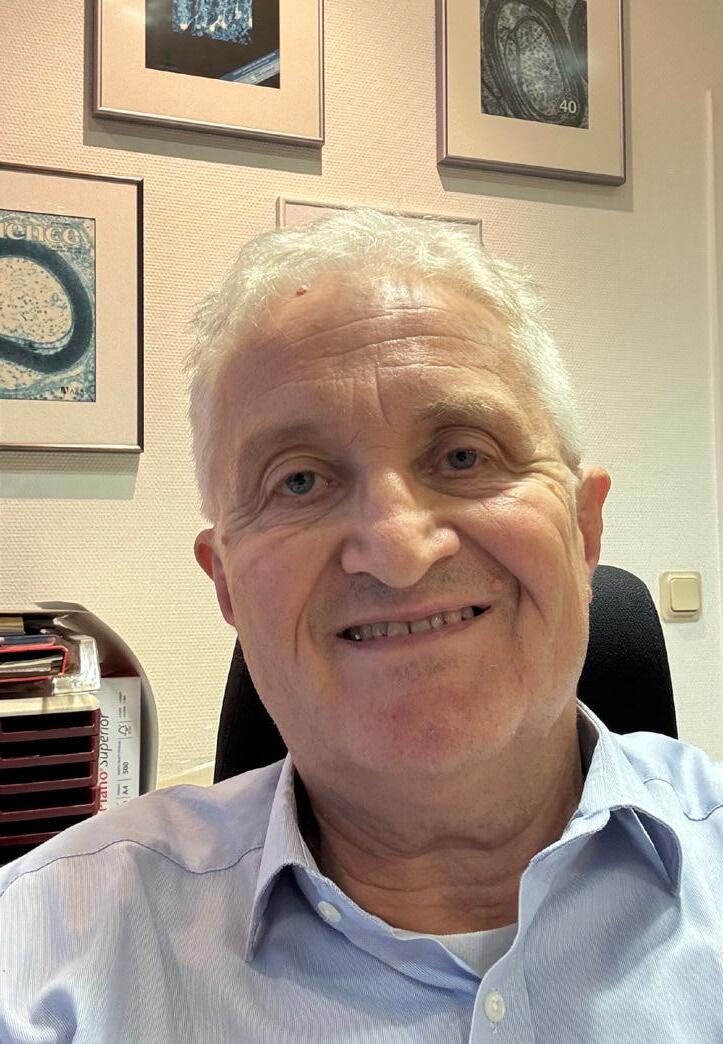
What inspired you to become a scientist ?
Already in high school, I was interested in science — from astronomy and minerals to zoology, and later to molecular biology. The fact that we do not really understand what life is was fascinating to me. I also regarded science as a possible profession, because there seems to be only progress, unlike the world of politics or business, where today’s achievements may be lost tomorrow.
What is your area of expertise ?
I received my PhD in neuroscience at the University of California, San Diego, in the 1980s, when the field of molecular neurobiology was just emerging. Since then, my research has centered on glial cells, particularly axon–glia interactions and myelination. My laboratory discovered, among many things, that oligodendrocytes and Schwann cells not only form myelin but also provide essential metabolic support to axons — a concept with major implications for myelin disorders such as multiple sclerosis and for the aging brain. More recently, my interests have expanded to the role of oligodendrocytes in neurodegenerative diseases, including Alzheimer’s disease.
When and why did you agree to join the Scientific Advisory Board of the DBM Basel?
I accepted the invitation to join the Scientific Advisory Board in 2016, initially because it was an honor to replace my own postdoctoral supervisor,
Greg Lemke, from the Salk Institute, in this role. However, I soon came to appreciate that the annual meetings in Basel — with new groups presenting their work at the Research Day and personal meetings with students and postdocs — are far more rewarding and dynamic than the typical SABs that convene periodically with the same group of scientists.
What changes and developments have you noticed in the DBM in recent years?
The annual meetings allow board members to get to know each other and to follow the department’s development more closely. I was impressed by the fact that the change in leadership at the DBM caused no interruption in its continuous upward trajectory. We also recognize a highly professional team that manages the department’s daily operations, impressive in both size and diversity. At the same time, the DBM faces the considerable challenge of bridging basic and clinical research across different academic settings — a task that, in my view, is mastered exceptionally well.
What do you consider the strengths of the DBM Basel?
The Department’s greatest strengths lie in its spirit of translational research and the diversity of both preclinical and clinical activities. I hope that communication remains strong, especially among students and postdocs across different groups, not only during the Research Day but also in more informal settings outside the direct attention of PIs. Such interactions offer unprecedented opportunities to collaborate across conventional boundaries and to develop entirely new approaches and concepts. I hope this will be further strengthened once the new DBM building is in place.
In your opinion, what is the most important role of an advisory board ?
In my view, the role of an advisory board is to provide external perspectives that help a department recognize its strengths and weakness, and identify areas for future growth. Advisory boards should encourage scientific excellence, consult on strategic decisions, and act as critical friends — offering constructive advice while respecting the autonomy and vision of the departmental leadership and scientific colleagues.
Can you tell us an interesting fact about yourself that people would not know from your resume ?
I was promoted to full professor at the University of Heidelberg in 1997, but only two years later I was recruited by the Max Planck Society — a once-ina-lifetime opportunity I could not decline at age 40, despite my strong ties to Heidelberg. To maintain this connection, I made a personal commitment to continue teaching at the ZMBH, which I have done for over 25 years.
Content
Intro
Cover Story
Success Story
Research Group at a Glance
Portrait of SAB Members
Publications
Congratulations
Events
New Colleagues
Publications
All publications we have received from the period between May and September 2025. The publications are listed by date.
Harnessing the angiogenic potential of adipose-derived stromal vascular fraction cells with perfusion cell seeding
Reid G, Cerino G, Melly L, Fusco D, Zhang C, Reuthebuch O, Milan G, Marsano A.
Stem Cell Res Ther. 2025 May 1; 16(1):220. doi: 10.1186/s13287025-04286-6
A live cell imaging-compatible bioreactor for the interrogation of cellular responses to modulated flow conditions
Srinivasan S, Huhle VH, Bippes CC, Tanner N, Frank S, Killer HE, Kohler C, Neutzner A.
Adv Sci (Weinh). 2025 May 11;12(22):2417141. doi: 10.1002/ advs.202417141
Perfusion-based ex vivo culture of frozen ovarian cancer tissues with preserved tumor microenvironment
De Luise M, Kurelac I, Coluccelli S, De Leo A, Bartoszek EM, Iorio M, Grillini M, Coadă CA, de Biase D, Marchio L, Núñez López M, Rimmer N, Perrone AM, De Iaco P, Porcelli AM, Heinzelmann V, Martin I, Jacob F, Muraro MG, Gasparre G.
NPJ Precis Oncol. 2025 May 23;9(1):152. doi: 10.1038/s41698-02500941-6.
Single-cell ultra-high-throughput multiplexed chromatin and RNA profiling reveals gene regulatory dynamics
Lobato-Moreno S, Yildiz U, Claringbould A, Servaas NH, Vlachou EP, Arnold C, Bauersachs HG, Campos-Fornés V, Kim M, Berest I, Prummel KD, Noh KM, Marttinen M, Zaugg JB.
Nat Methods. 2025 Jun;22(6):1213-1225. doi: 10.1038/s41592-02502700-8. Epub 2025 May 26.
WNT signaling coordinately controls mouse limb bud outgrowth and establishment of the digit-interdigit pattern
Malkmus J, Morabito A, Lopez-Delisle L, Avino-Esteban L, Mayran A, Zuniga A, Sharpe J, Zeller R, Sheth R.
Development. 2025 Jun 1;152(11):dev204606.doi: 10.1242/ dev.204606
Conditioned media from mechanically stimulated macrophages upregulate osteogenic genes in human mesenchymal stromal cells
Guex AG, Menzel U, Ladner Y, Armiento AR, Stoddart MJ.
Adv Healthc Mater. 2025 Jun 22:e2500706. doi: 10.1002/ adhm.202500706. Online ahead of print.
Targeting cancer-associated glycosylation for adoptive T-cell therapy of solid tumors
Zingg A, Ritschard R, Thut H, Buchi M, Holbro A, Oseledchyk A, Heinzelmann V, Buser A, Binder M, Zippelius A, Rodrigues Mantuano N, Matter M, Läubli H.
Cancer Immunol Res. 2025 Jul 2;13(7):990–1003. doi: 10.1158/2326-6066.CIR-24-1050
Content
Intro
Cover Story
Success Story
Research Group at a Glance
Portrait of SAB Members
Publications
Congratulations
Events
New Colleagues
UV1 vaccination in pembrolizumab-treated patients with recurrent or metastatic head and neck cancer: A randomized multicenter phase 2 trial
Brandt A, Klinghammer K, Schultheiss C, Paschold L, Wickenhauser C, Bauer M, Bergqvist A, Hahn D, Schafhausen P, Tometten M, Blaurock M, Zech HB, Busch CJ, Dietz A, Müller-Richter U, Alt J, Boehm A, Kowoll S, Steighardt J, Lasch A, Westgaard IH, Westhrin W, Stein A, Hinke A, Binder M.
Med. 2025 Jul 11;6(7):100647. doi: 10.1016/j.medj.2025.100647. Epub 2025 Apr 11.
Protein kinase C gamma regulates Purkinje cell dendritic spine development in a mouse model of spinocerebellar ataxia
Sziber Z, Torrents-Solé P, Kovacevic A, Kapfhammer JP.
Exp Neurol. 2025 Nov:393:115377. doi: 10.1016/j.expneurol. 2025.115377. Epub 2025 Jul 16.
Autoantibodies against myelin oligodendrocyte glycoprotein in a subgroup of patients with psychotic symptoms
van de Burgt NA, Kulsvehagen L, Mané-Damas M, Lutz L, Lecourt AC, Monserrat C, Vinke AM, Küçükali CI, Zong S, Hoffmann C, González-Vioque E, Arango C, Leibold NK, Losen M, Molenaar PC, Tüzün E, van Beveren NJM, Mané A, Rouhl RPW, van Amelsvoort TAMJ; for Genetic Risk and Outcome of Psychosis (GROUP) Investigators; Pröbstel AK, Martinez-Martinez P.
Front Neurol. 2025 Jul 18:16:1593042. doi: 10.3389/ fneur.2025.1593042. eCollection 2025.
Coronin 1 deficiency protects from the development of autoimmune myocarditis by reducing CD4+ T cells
Ochoa-Espinosa A, Genty L, Xu L, Akin A, Glatz K, Decembrini S, Mueller C, Neutzner A, Jayachandran R, Mahfoud F, Pieters J, Kaufmann BA.
ESC Heart Fail. 2025 Jul 22. doi: 10.1002/ehf2.15384. Online ahead of print.
Inflammation and limited adaptive immunity predict worse outcomes on immunotherapy in head and neck cancer
Paschold L, Schultheiss C, Schmidt-Barbo P, Klinghammer K, Hahn D, Tometten M, Schafhausen P, Blaurock M, Brandt A, Westgaard I, Kowoll S, Stein A, Hinke A, Binder M.
NPJ Precis Oncol. 2025 Aug 5;9(1):272. doi: 10.1038/s41698-02501020-6.
Donor variability and PD-1 expression limit BK polyomavirus-specific T-cell function and therapy
Wilhelm M, Kaur A, Geng A, Wernli M, Hirsch HH.
Transplantation. 2025 Sep 1;109(9):1526-1539. doi: 10.1097/ TP.0000000000005399. Epub 2025 Apr 9.
IGLV3-21R110-directed bispecific antibodies activate T cells and promote killing in a high-risk subset of chronic lymphocytic leukemia
Fischer C, Chen SS, Nimmerfroh J, Eugster A, Stücheli S, Schultheiß C, Widmer C, Heim D, Kasenda B, Passweg J, Kobold S, Egli L, Coianiz N, Chijioke O, Chiorazzi N, Follo M, Läubli H, Peipp M, Binder M.
Haematologica. 2025 Sep 11. doi: 10.3324/haematol. 2025.287697. Online ahead of print.
Content
Intro
Cover Story
Success Story
Research Group at a Glance
Portrait of SAB Members
Publications
Congratulations
Events
New Colleagues
PD-1-targeted cis-delivery of an IL-2 variant induces a multifaceted antitumoral T cell response in human lung cancer
Fusi I, Serger C, Herzig P, Germann M, Sandholzer MT, Oelgarth N, Schwalie PC, Don L, Vetter VK, Koelzer VH, Lardinois D, Kao H, Codarri Deak L, Umaña P, Klein C, Hojski A, Natoli M, Zippelius A.
Sci Transl Med. 2025 Sep 17;17(816):eadr3718. doi: 10.1126/scitranslmed.adr3718.Epub 2025 Sep 17.
In addition, we would like to highlight the ECIL-10 consensus guideline, which updates recommendations on the prevention, diagnosis, and management of community-acquired respiratory virus infections, including SARS-CoV-2, in patients with hematological malignancies and hematopoietic stem cell transplantation.
Community-acquired respiratory virus infections in patients with haematological malignancies or undergoing haematopoietic cell transplantation: updated recommendations from the 10th European Conference on Infections in Leukaemia
von Lilienfeld-Toal M, Khawaja F, Compagno F, Robin C, Piñana JL, Cesaro S, Einsele H, Ljungman P, Navarro D, Boeckh M, Chemaly RF, Hirsch HH.
Lancet Infect Dis. 2025 Aug 27:S1473-3099(25)00365-2. doi: 10.1016/S1473-3099(25)00365-2. Online ahead of print.
We acknowledge Andrea Banfi for his contribution and dedication to the publication list.
Content
Intro
Cover Story
Success Story
Research Group at a Glance
Portrait of SAB Members
Publications
Congratulations
Events
New Colleagues
The DBM Congratulates
Awards since May 2025
We extend our heartfelt congratulations to the following DBM members for their remarkable awards and achievements since May 2025.
Lisa Velte won first prize in the Dissertation category at the UZB Research Day 2025 for her oral presentation entitled: “An in vitro platform to decipher the correlation between macrophage polarisation and bone remodeling.“
Heinz Läubli was awarded the new adjunct professorship in Medical Oncology by the University Council.
Clémentine Le Magnen received a grant from Krebsliga beider Basel for her project: “Leveraging patient-derived organoids to identify novel therapeutic vulnerabilities and predictive biomarkers in bladder cancer.“
Radek Skoda was honored with the Ernest Beutler Lecture and Prize in Basic Science by the American Society of Hematology (ASH), for his role in discovering a frequently occurring mutation in the JAK2 gene, and for providing mechanistic insights into the development of MPNs.
Pablo Pfister and Sébastien Pigeot on acquiring a grant from the Freiwillige Akademische Gesellschaft Basel (FAG) for their project: “Reconstruction of bone defects with prefabricated and engineered bone grafts.“
Esma Bahar Tankus received the 2025 ON/EORS Orthoregeneration Award, sponsored by Geistlich Pharma. Her award-winning abstract, titled “3D Bioprinting of Osteochondral Units with Human Nasal Chondrocytes Using a Granular Composite of Hyaluronic Acid, Collagen, and Hydroxyapatite,“ was selected by the ON Foundation and presented at the 33rd EORS Annual Meeting in Davos.
Yavuz Yazicioglu obtained an SNSF Swiss Postdoctoral Fellowship for 2024 for his project, “Deciphering the role of NAD metabolism in EBV-driven B cell lymphomas.“
Petya Apostolova received a research grant from the Olga Mayenfisch Foundation for her studies on “Creatine metabolism regulates immune evasion and ferroptosis in acute myeloid leukemia.“
Laurentz Schuhknecht is this year’s DBM Research Prize winner. His award-winning paper, published in Nature Biotechnology this year, presents a large-scale study in which he and his colleagues profiled 2269 putative metabolites in response to 1520 off-patent drugs in lung cancer cells.
Johanna Nimmerfroh received the Best Presentation Award for the most outstanding presentation, titled “Sweet Success: The Role of Sialic Acid on T Cell Function,“ delivered during the summer symposium.
We are extremely proud that four DBM researchers are recipients of this year’s ERC grant. Jean-Christophe Beltra, Mariana Borsa, Magdalena Sznurkowska, and Tobias Weiss convinced the jury with their project ideas.
The 2025 “GSCN Publication of the Year Award“ goes to Aryan Kamal, Judith Zaugg, et al. They are receiving this award for their joint publication, “Active Repression of Cell Fate Plasticity by PROX1 Safeguards Hepatocyte Identity and Prevents Liver Tumorigenesis,“ published in the journal Nature Genetics.
The DBM Congratulates

PhD Defenses since September 2024
06.05.2025
Medical-Biological Research
Molecular Biology
Biomedical Engineering
Medical-Biological Research
Computational & Quantitative Biology
Computational Biology
Medical-Biological Research
Marko Hasiuk
Janhavi Apte
Deborah Fusco
Stefanie Kurth
Maksim Kholmatov
Gina Boot
Sara Dylgjeri
DBM Spatial OMICS Symposium
On September 4, 2025, the Basel Spatial OMICS community came together in a packed auditorium, eager to be inspired. They had the privilege of listening to 13 talks by scientists at different stages of their careers and from various institutions, including the University of Basel, DBM, Biozentrum, DBE, FMI, D-BSSE, BIIE, IOB, Novartis, and Roche. This was all made possible by the generous support of five sponsors: Vizgen Bucher Biotec, Lunaphore, 10X Genomics, Standard BioTools, and Miltenyi Biotec, and the cross-institution organizing committee spearheaded by Judith Zaugg from the DBM. Once again, during the panel discussions, the presentations from the core facilities, and during the networking breaks, Spatial OMICS was presented in all its vibrant colors, shapes, and glory. Stay tuned for the next meeting!
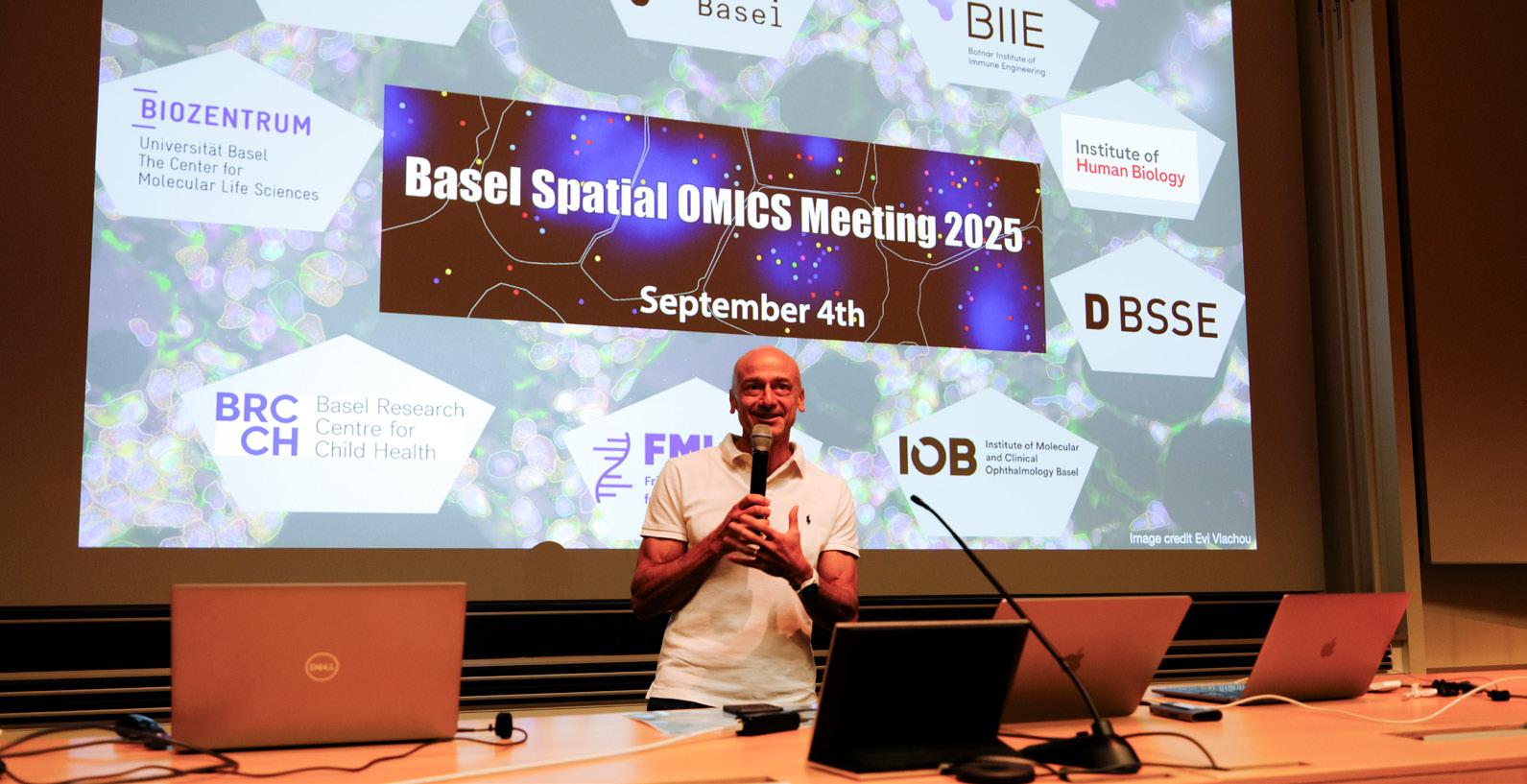
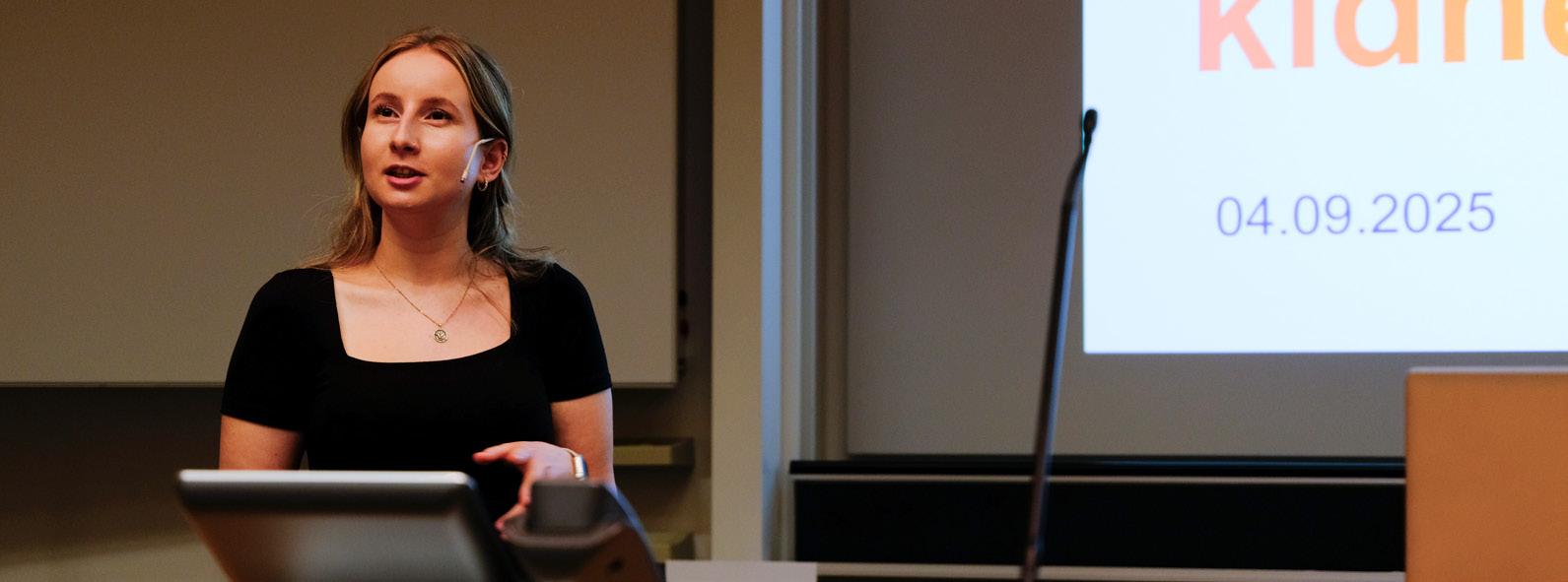
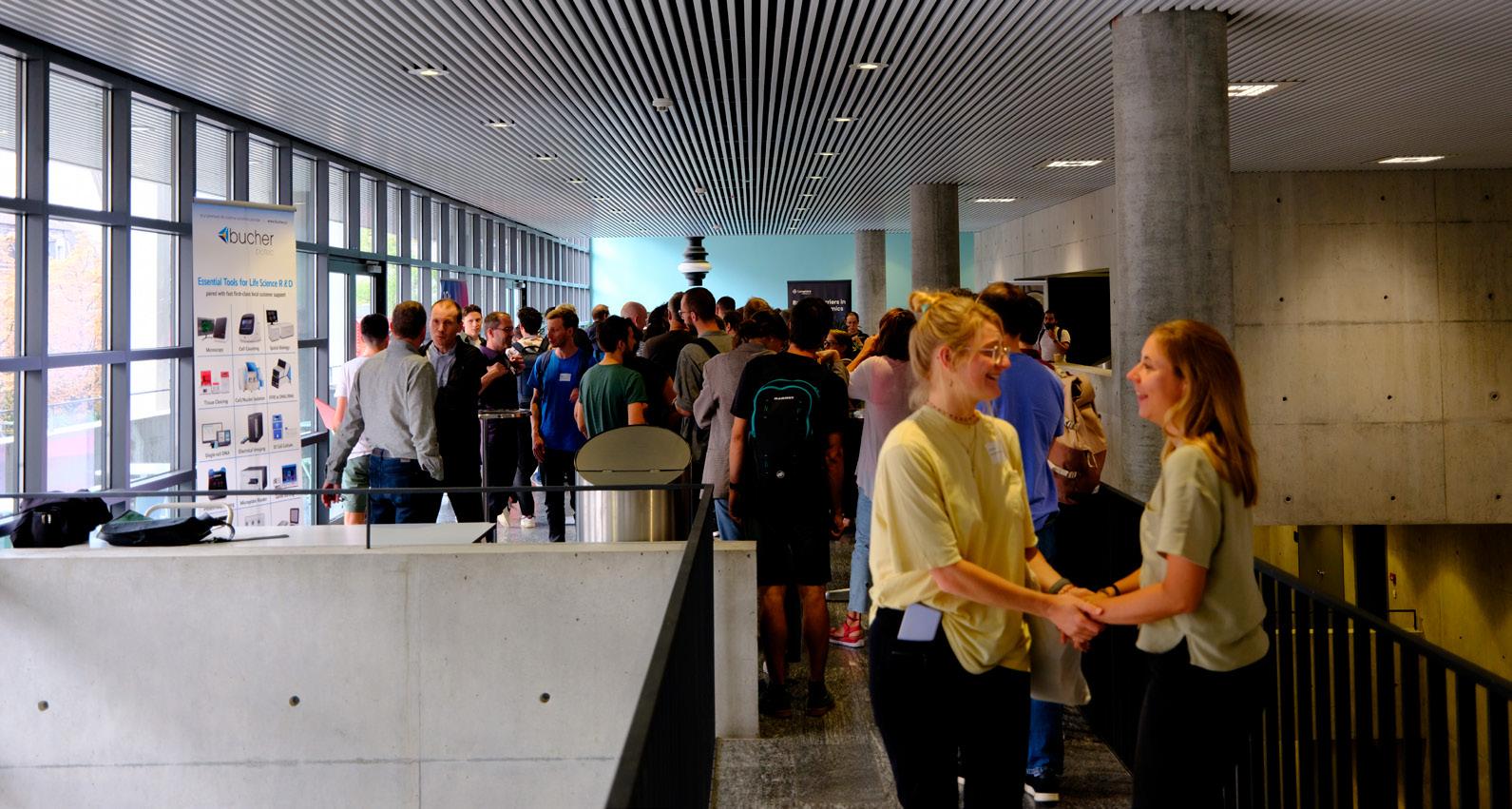
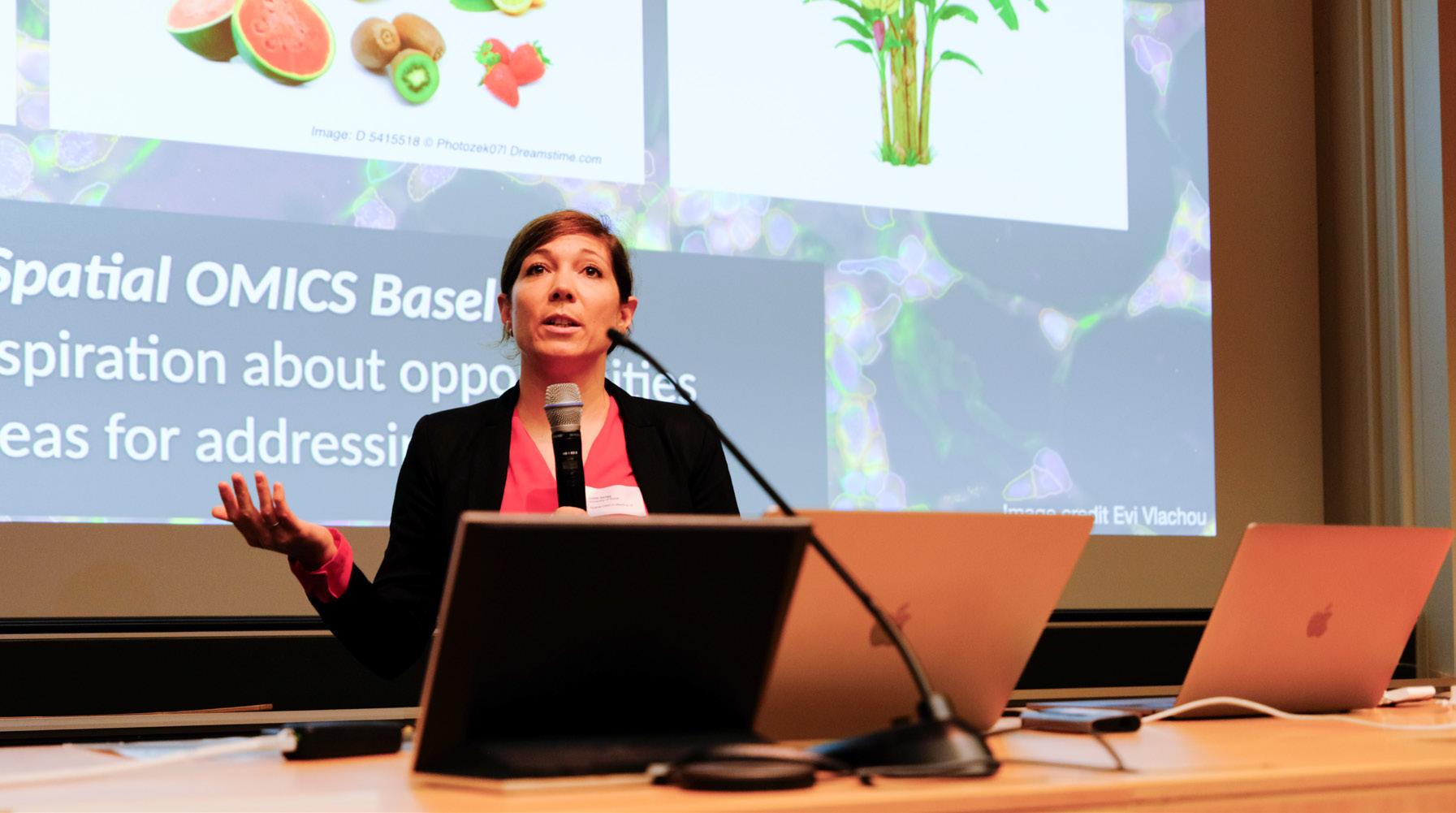
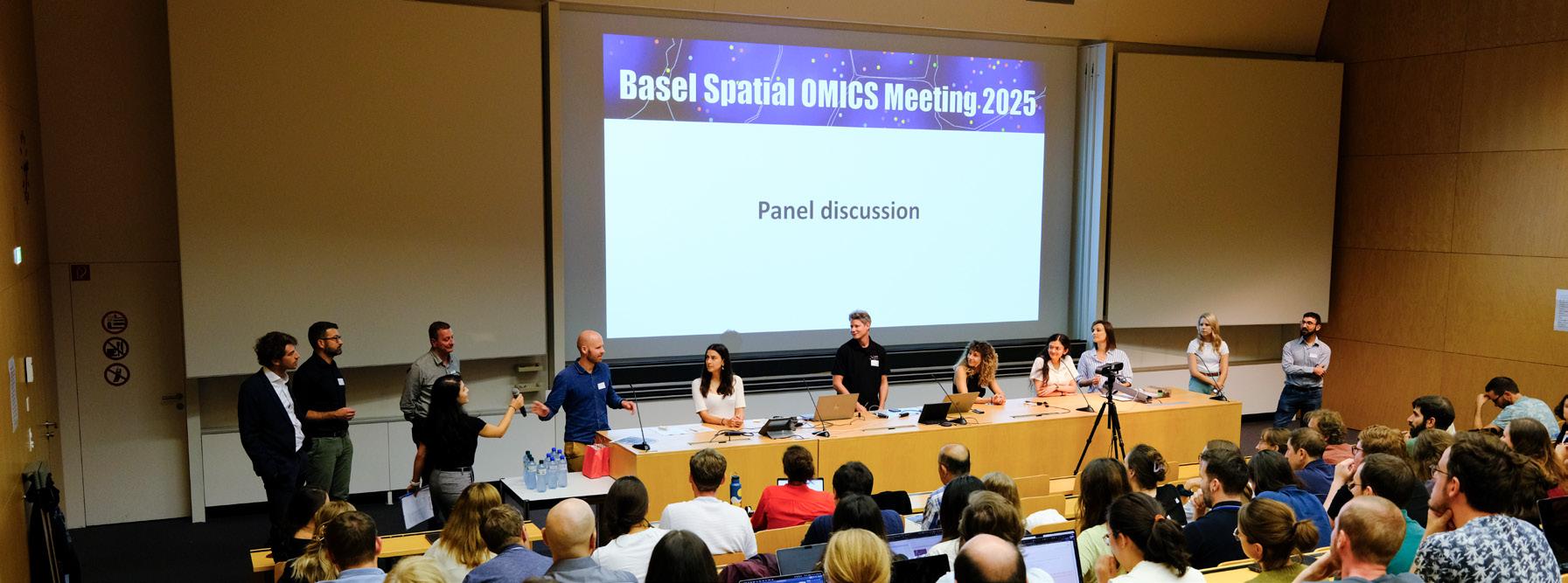

Portrait of SAB Members
DBM Summer Symposium 2025
The Summer Symposium has become an integral part of the scientific calendar. Researchers at all stages of their careers gather to discuss science. This year’s keynote lecture on homeostasis was delivered by Mustafa Khammash from the Department of Biosystems Science and Engineering. Laurentz Schuhknecht received the DBM Research Prize 2025 for his outstanding contributions to drug discovery and systems pharmacology. A new highlight of the symposium was the introduction of the Best Presentation Award. The award went to Johanna Nimmerfroh for her talk “Sweet Success: The Role of Sialic Acid in T Cell Function.”
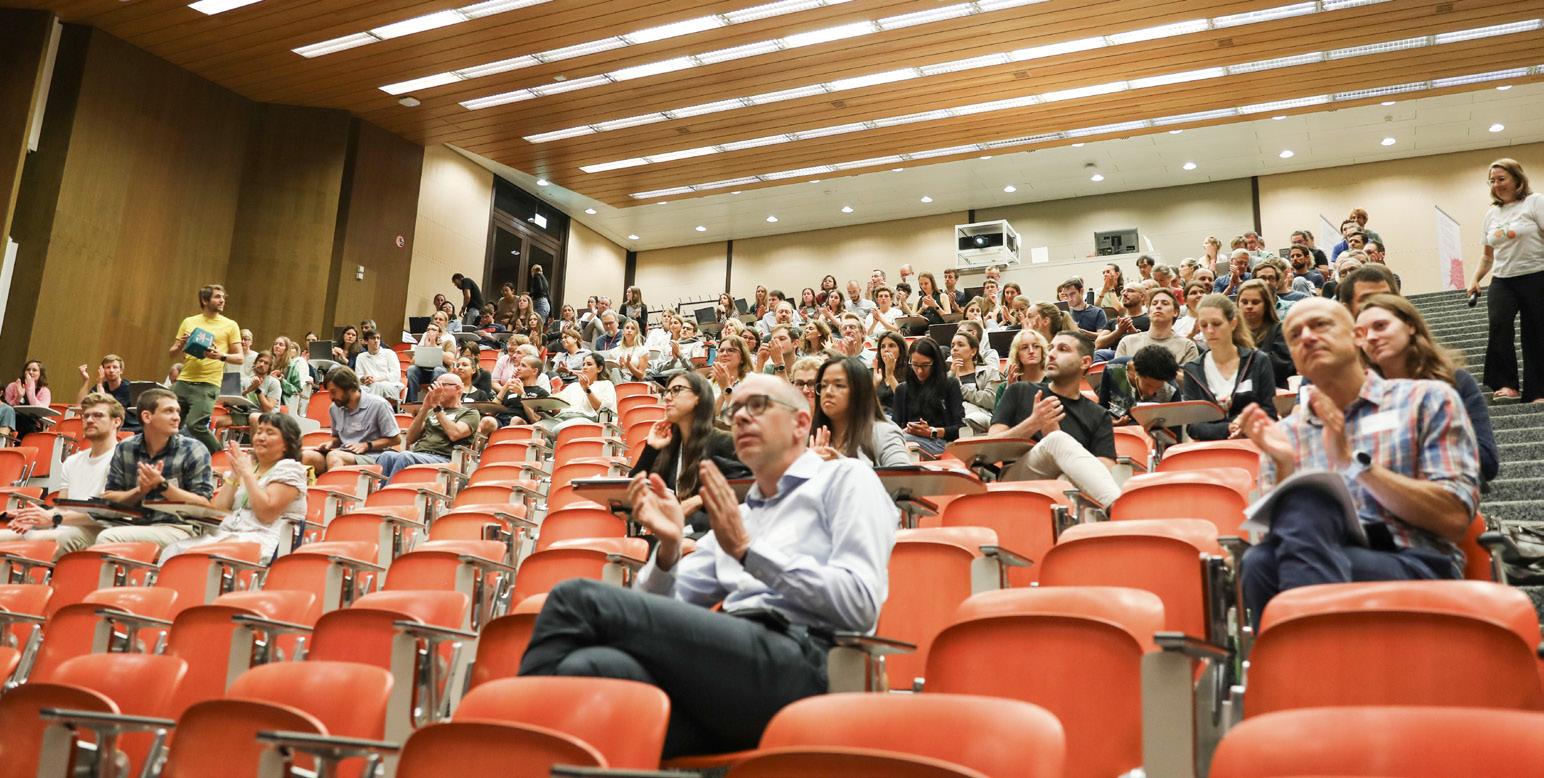
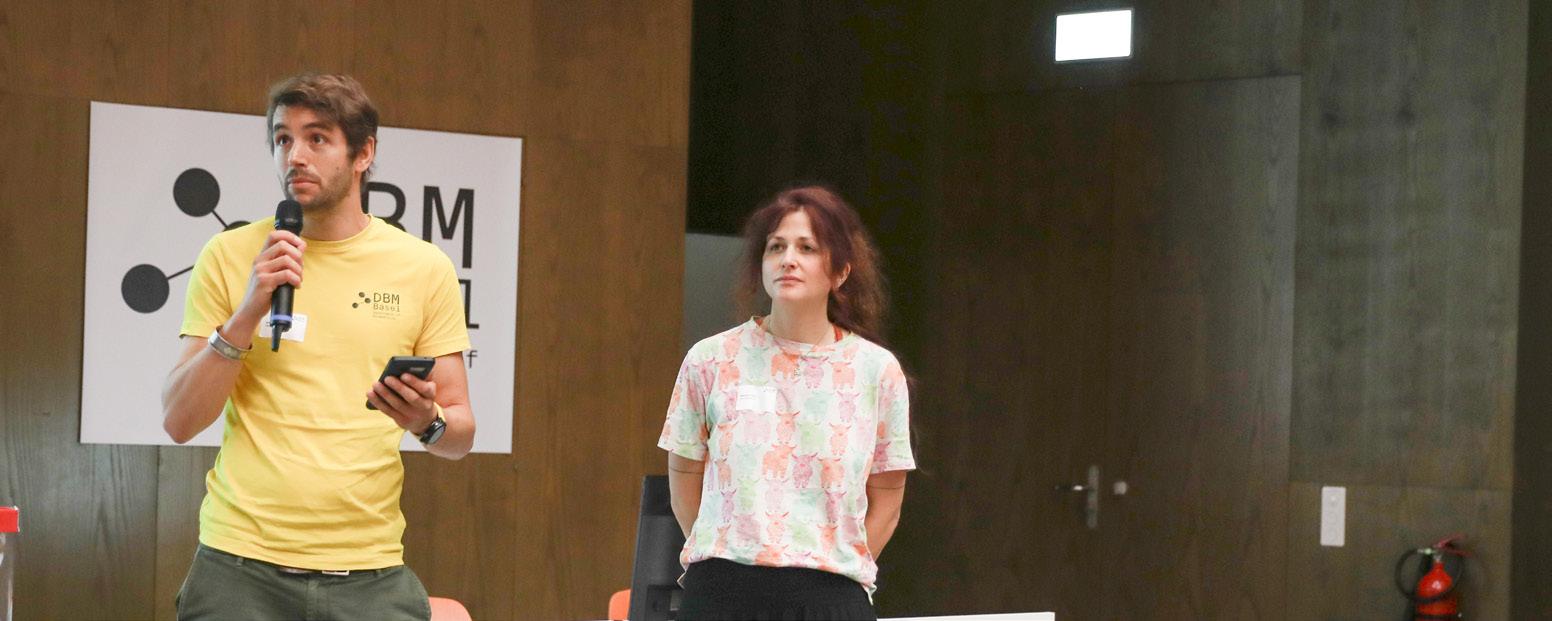
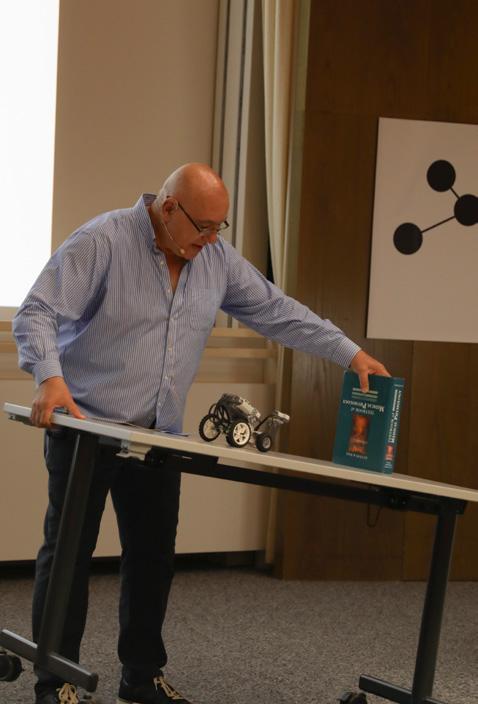
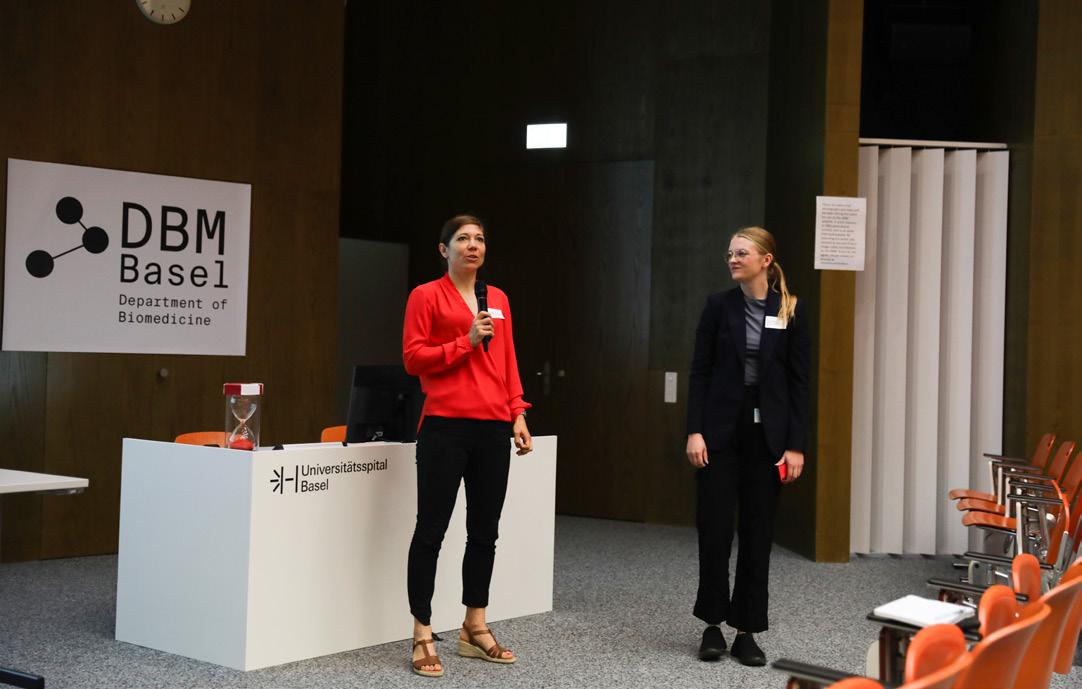
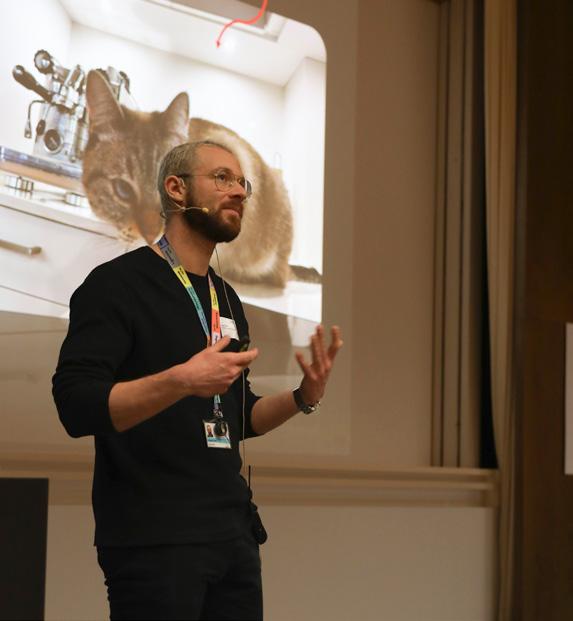
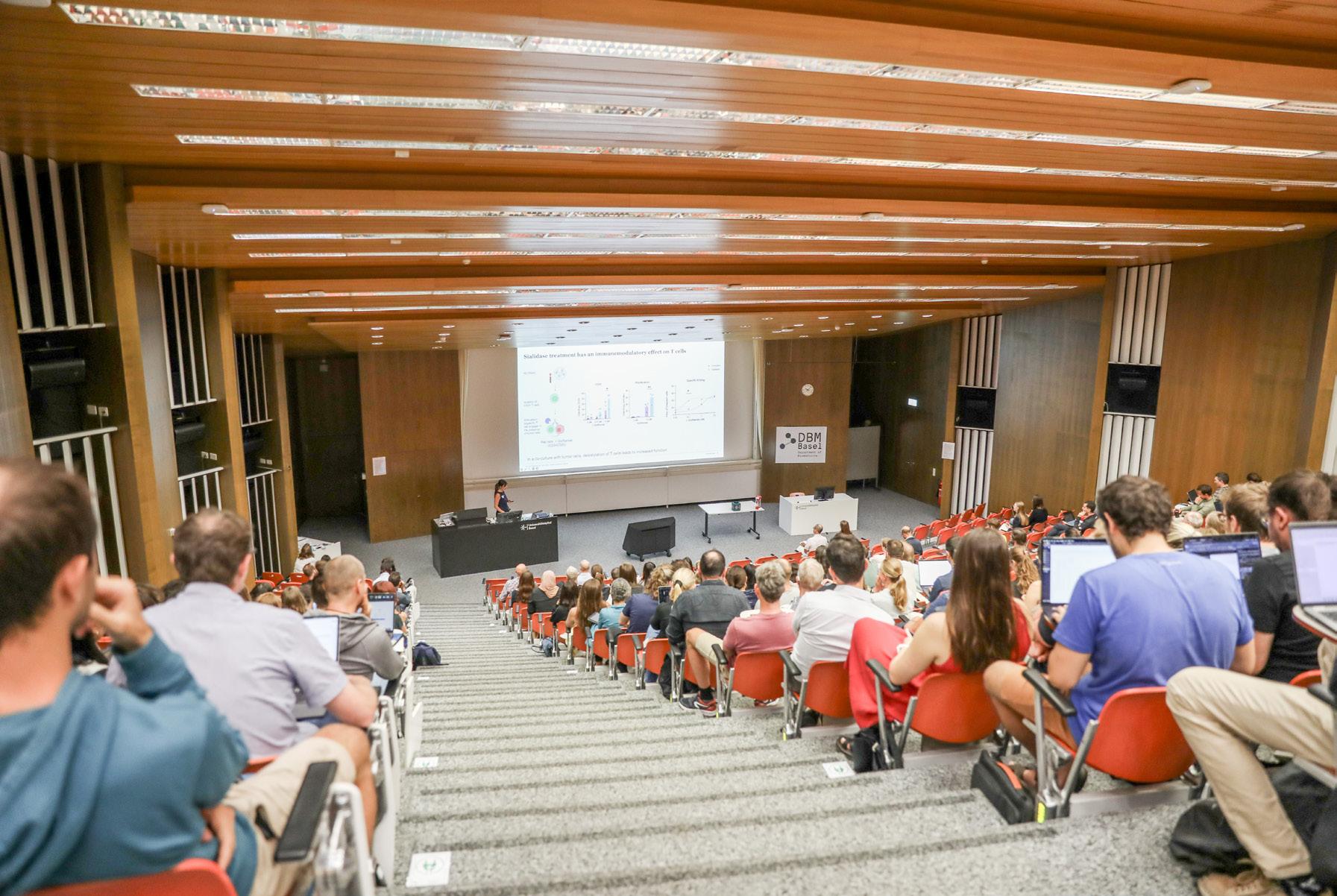
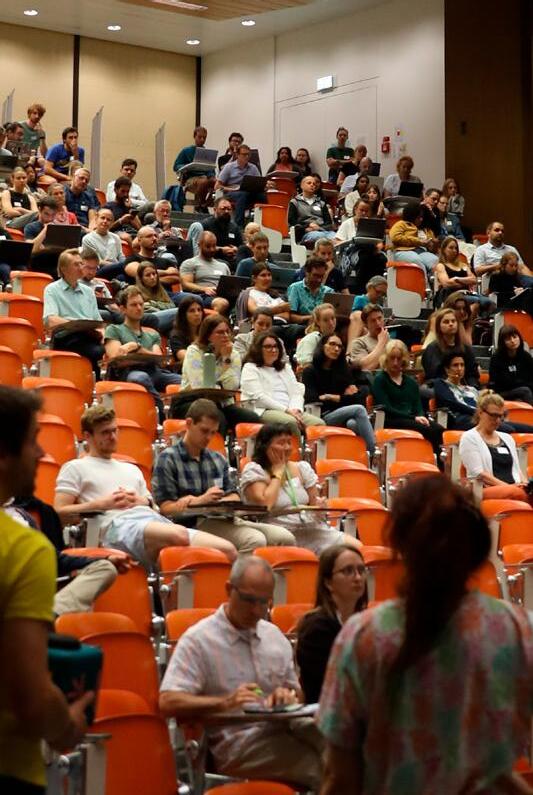
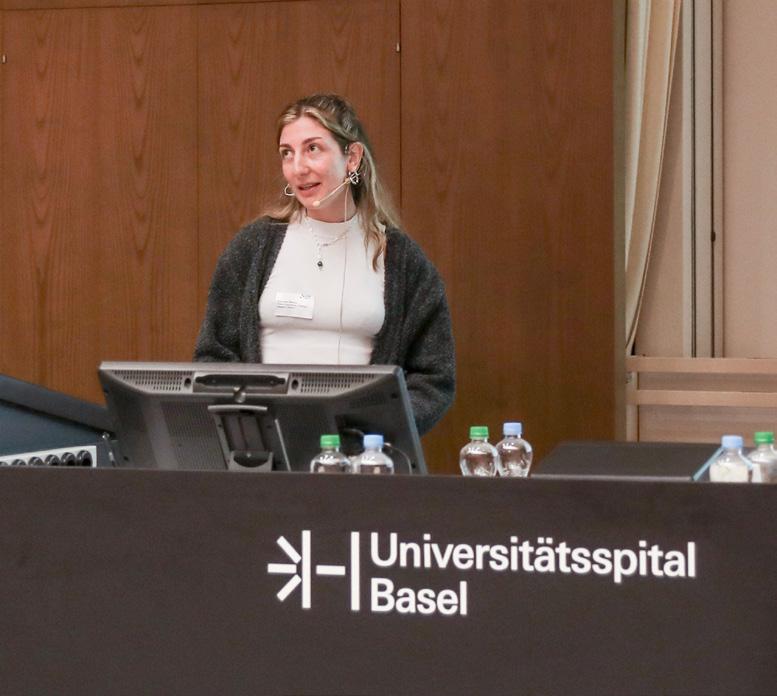
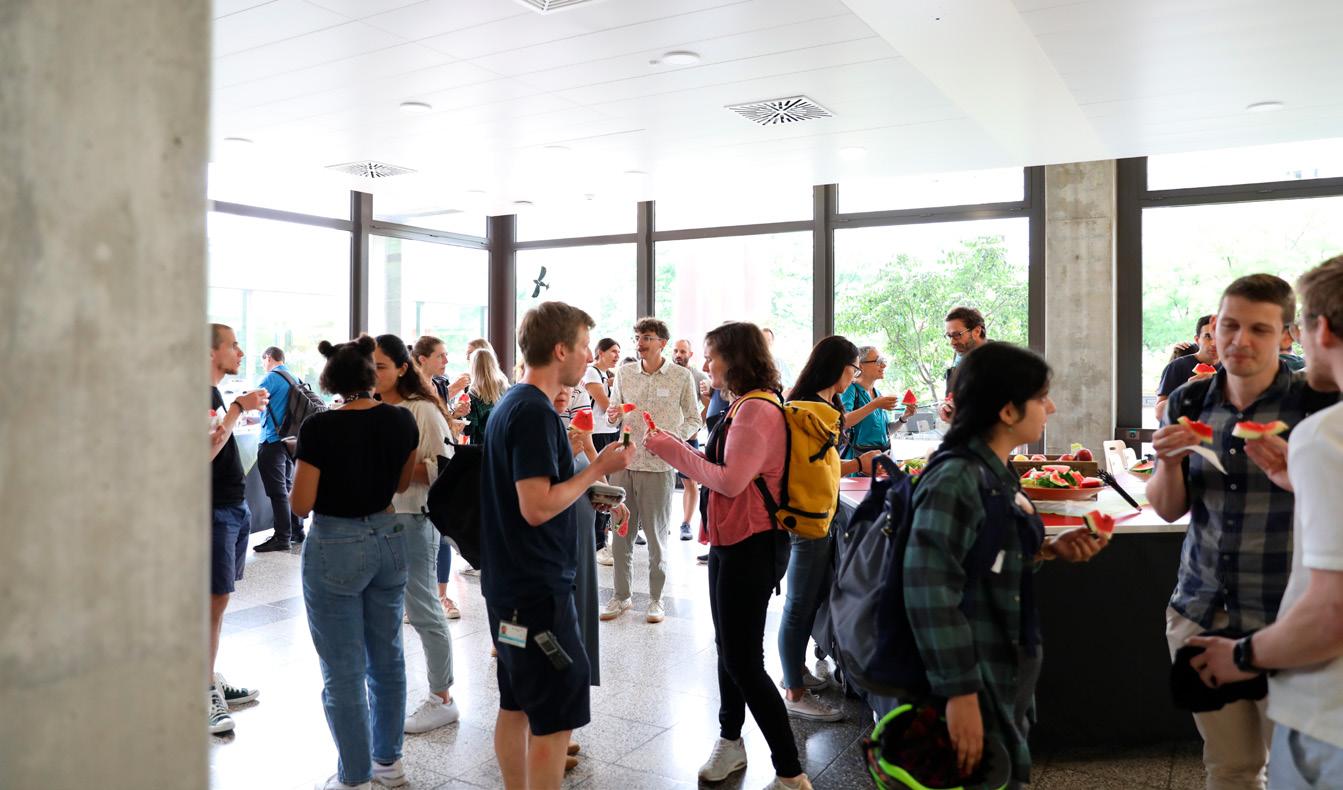
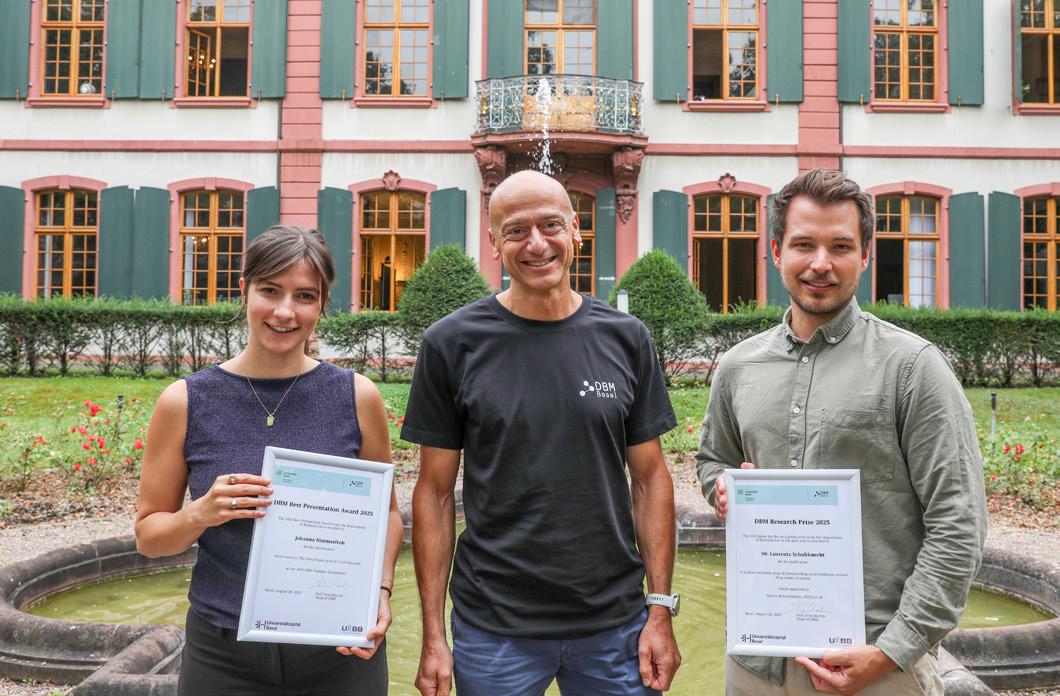
DBM: Celebrating 25 Years
This year‘s annual gathering of the Department of Biomedicine was very special. The DBM celebrated its 25th anniversary. Instead of a barbecue, all DBM employees were invited to the Altes Kraftwerk for incredible food, heartfelt speeches, and fun and laughter. In short, it was an evening meant to reflect on the past, look to the future, and celebrate ourselves and our achievements. It was an amazing evening to meet old colleagues and make new ones. The photo booth, surprise comedy act „OHNE ROLF“ , and DJ Putney were the perfect finishing touches to this celebration.
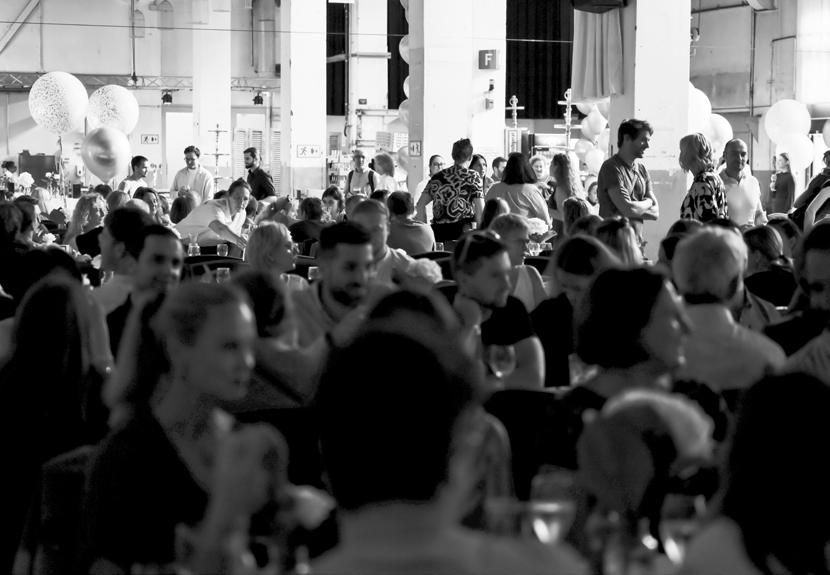

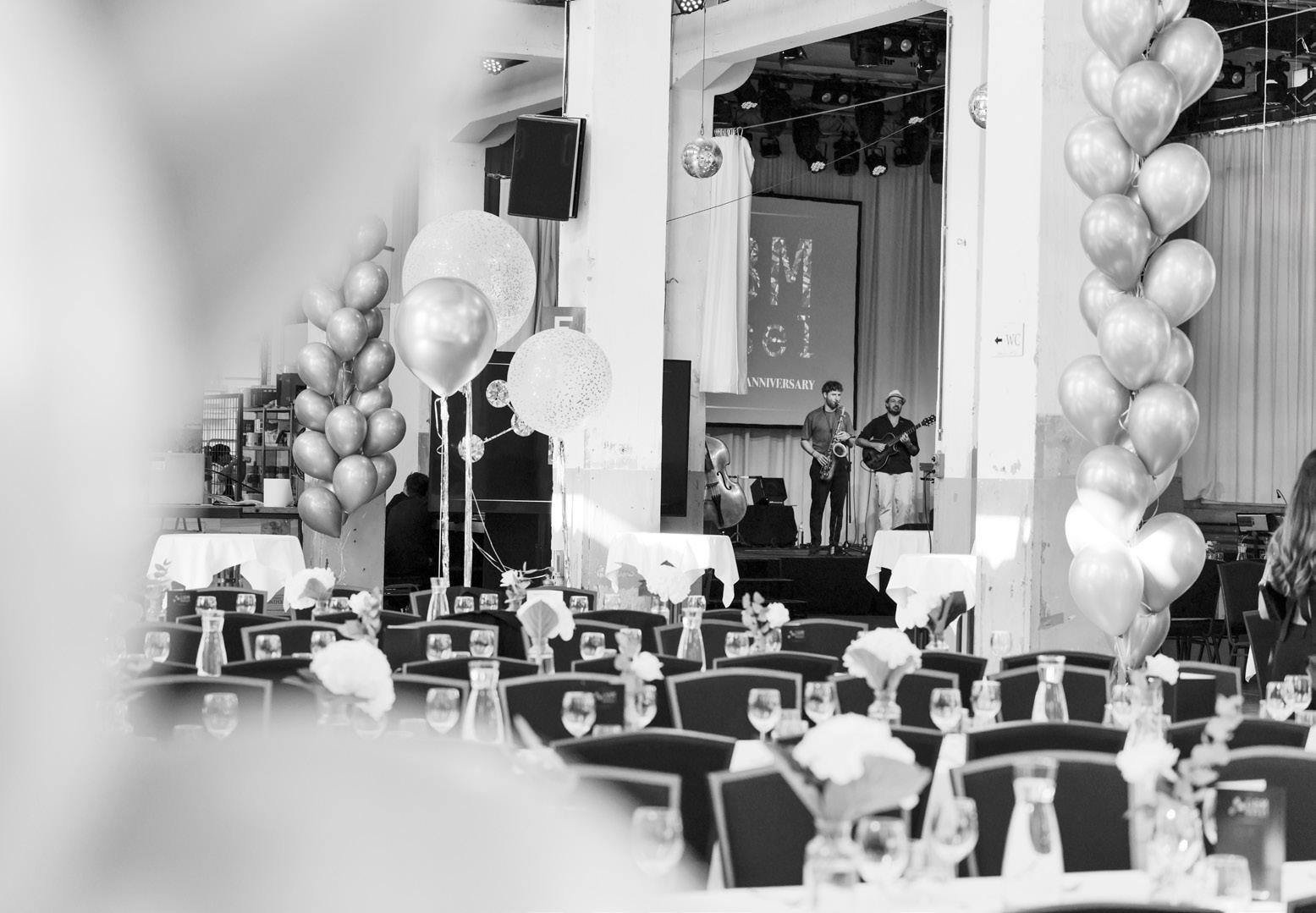
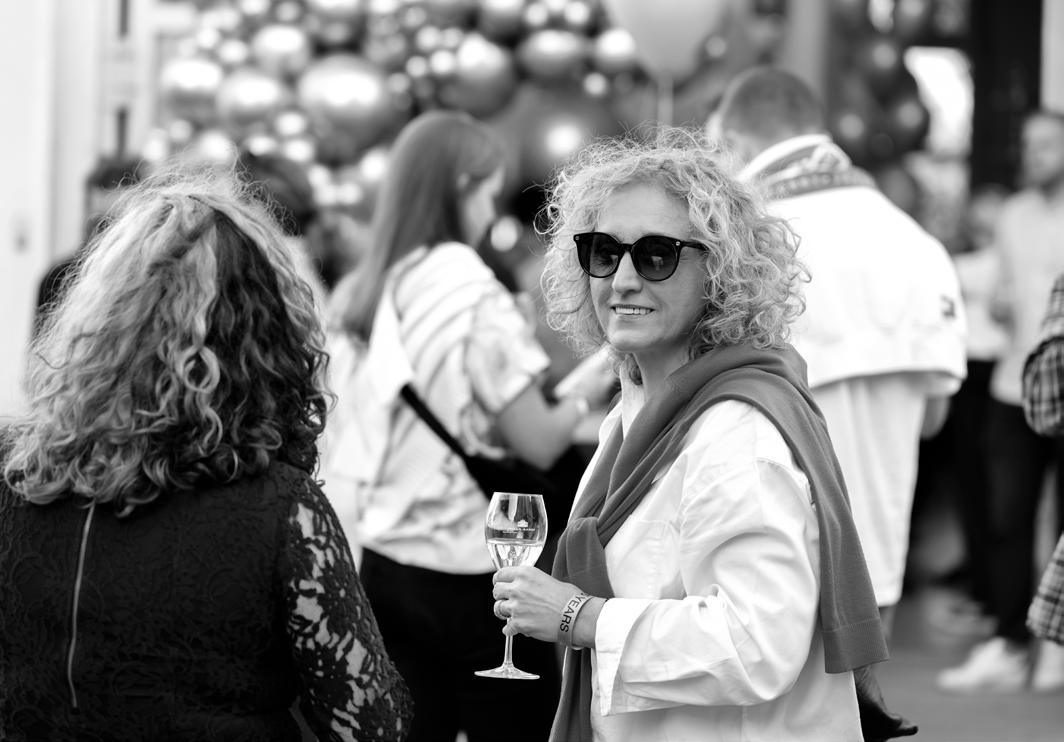
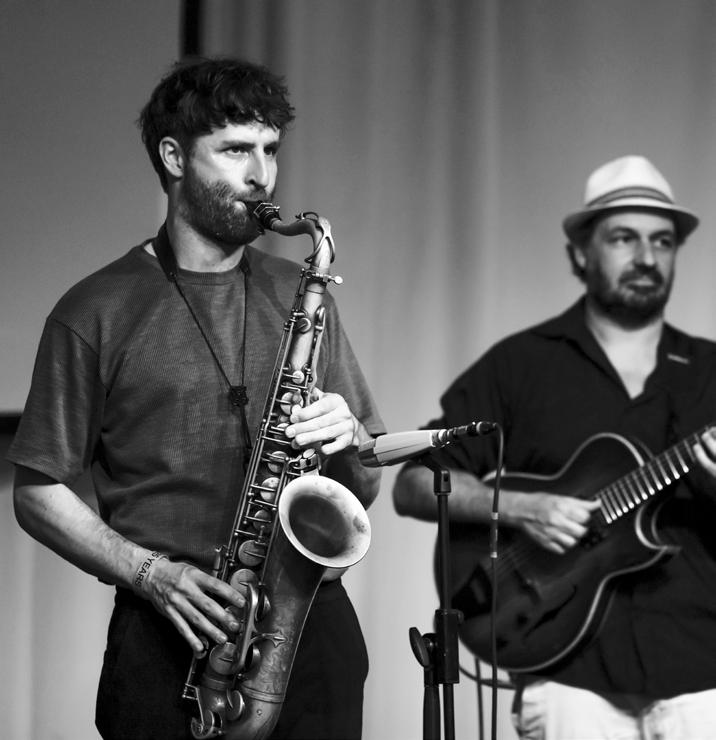
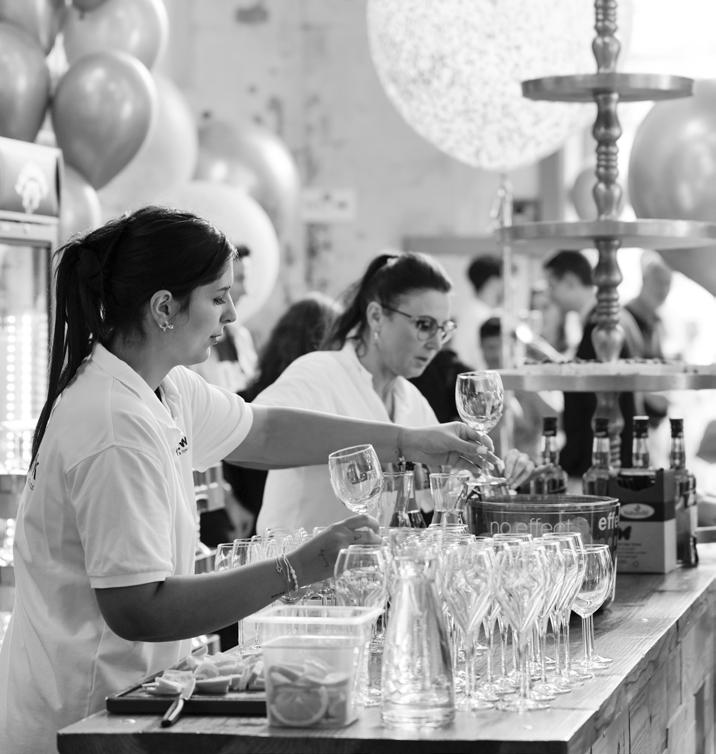
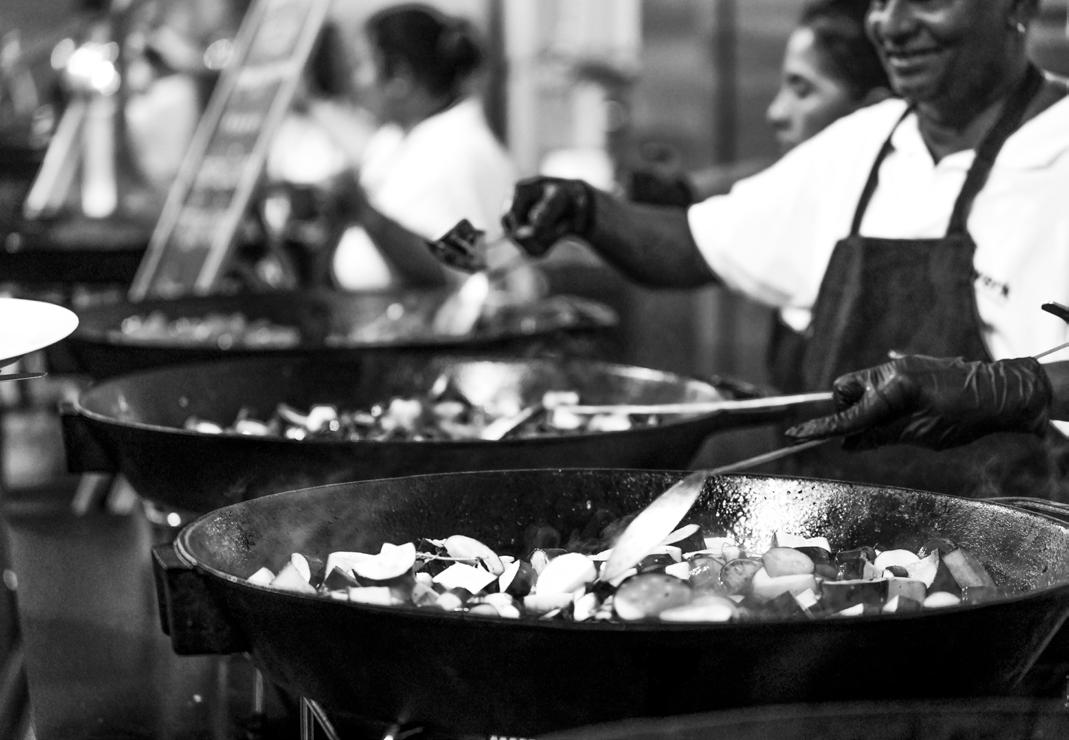
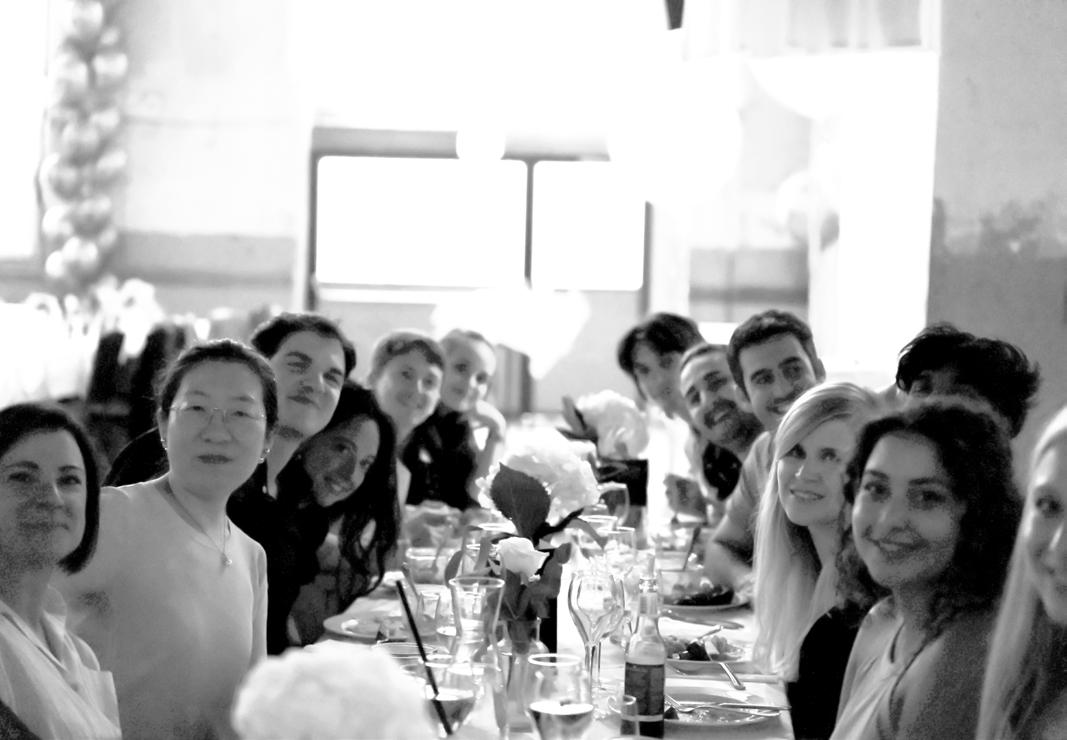
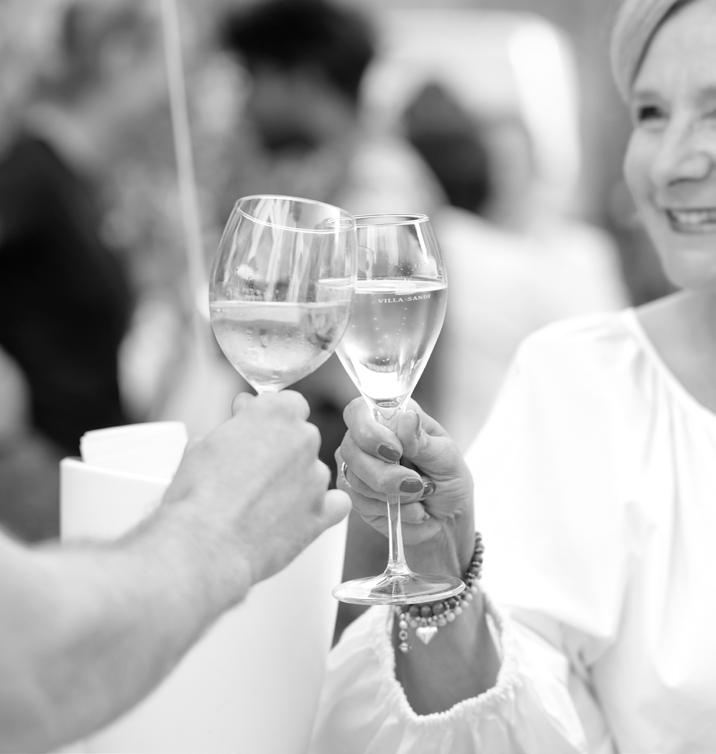
DBM: Celebrating 25 Years
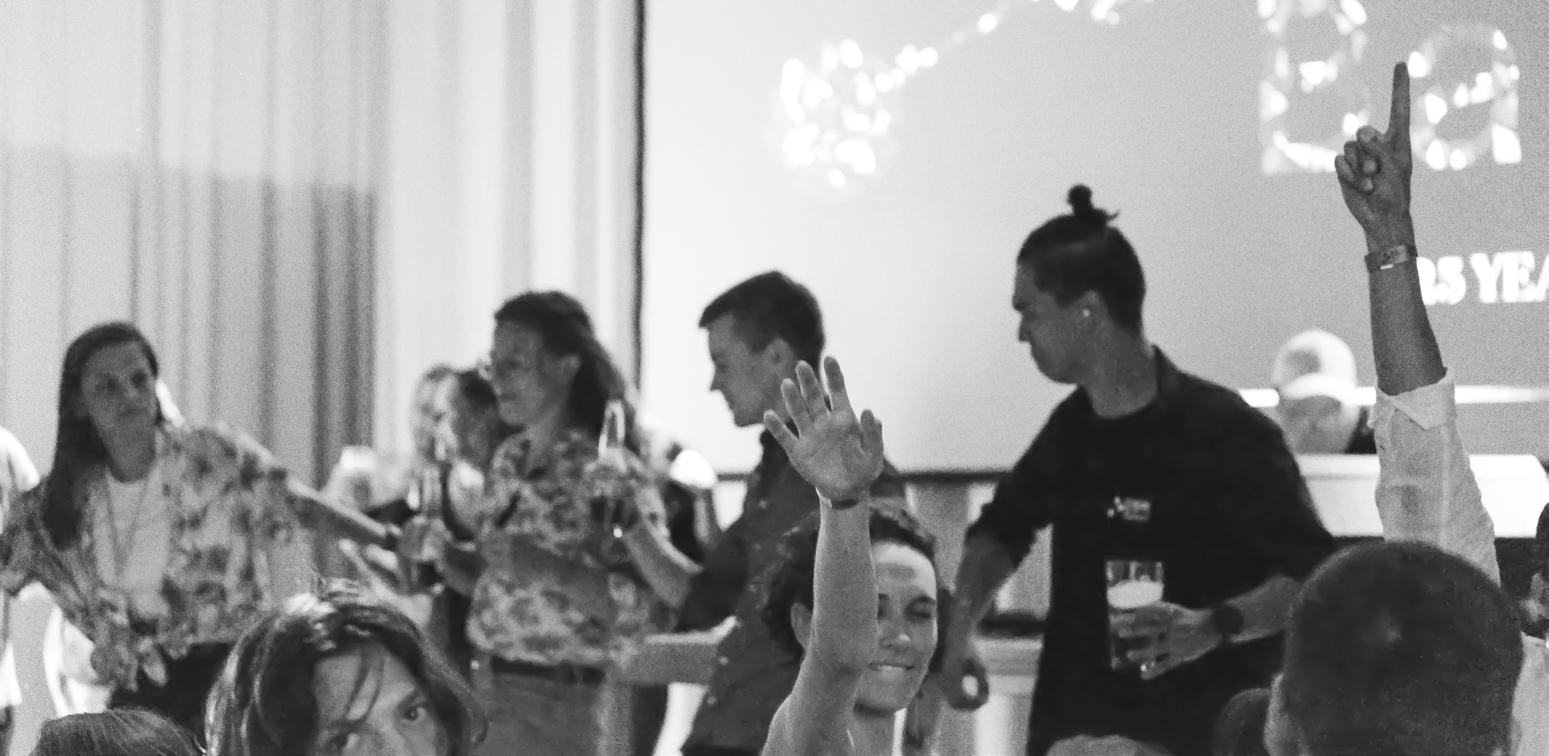
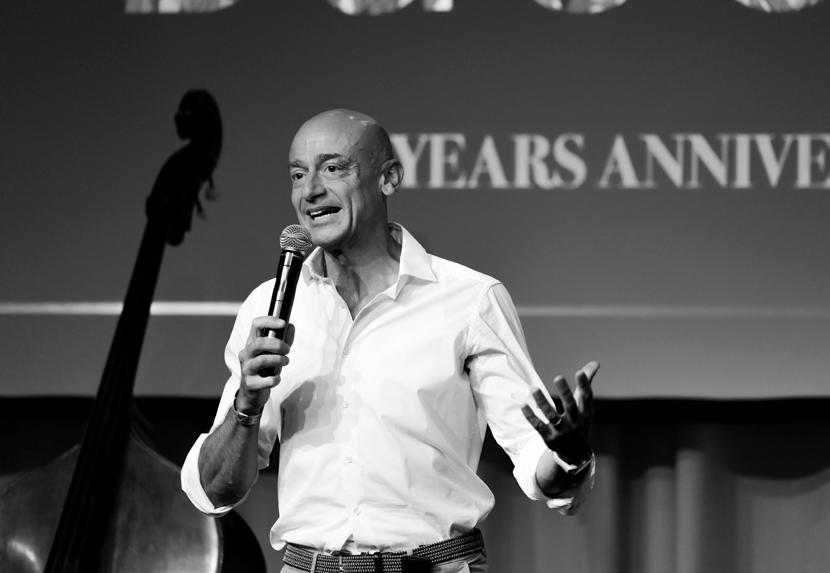
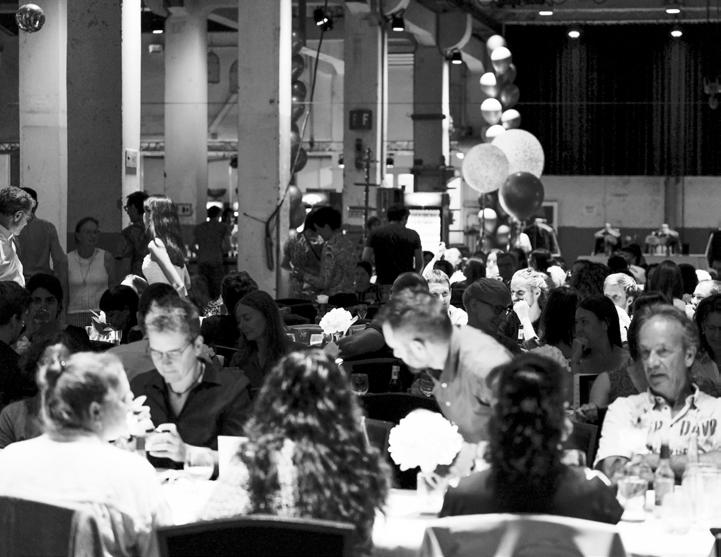
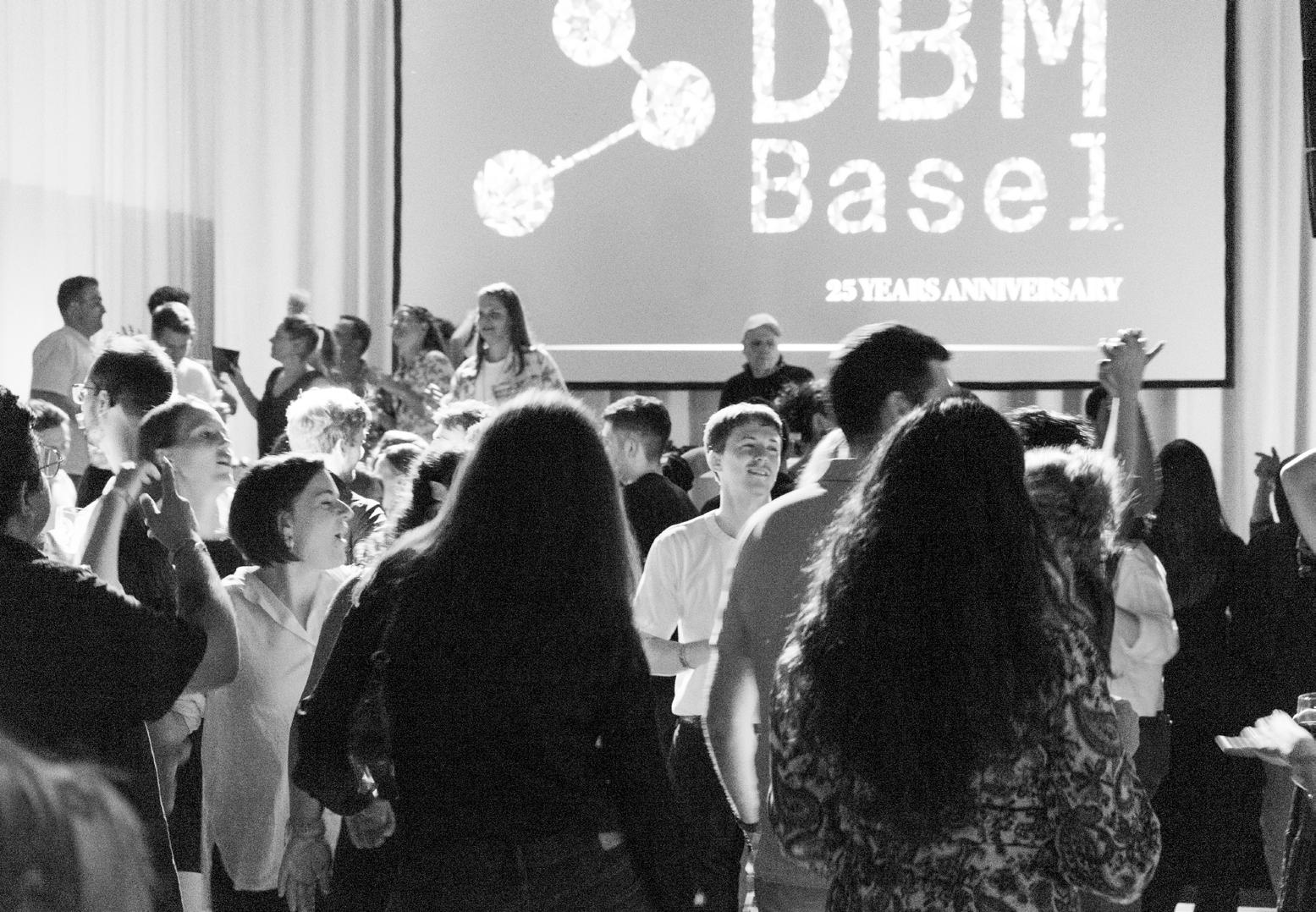
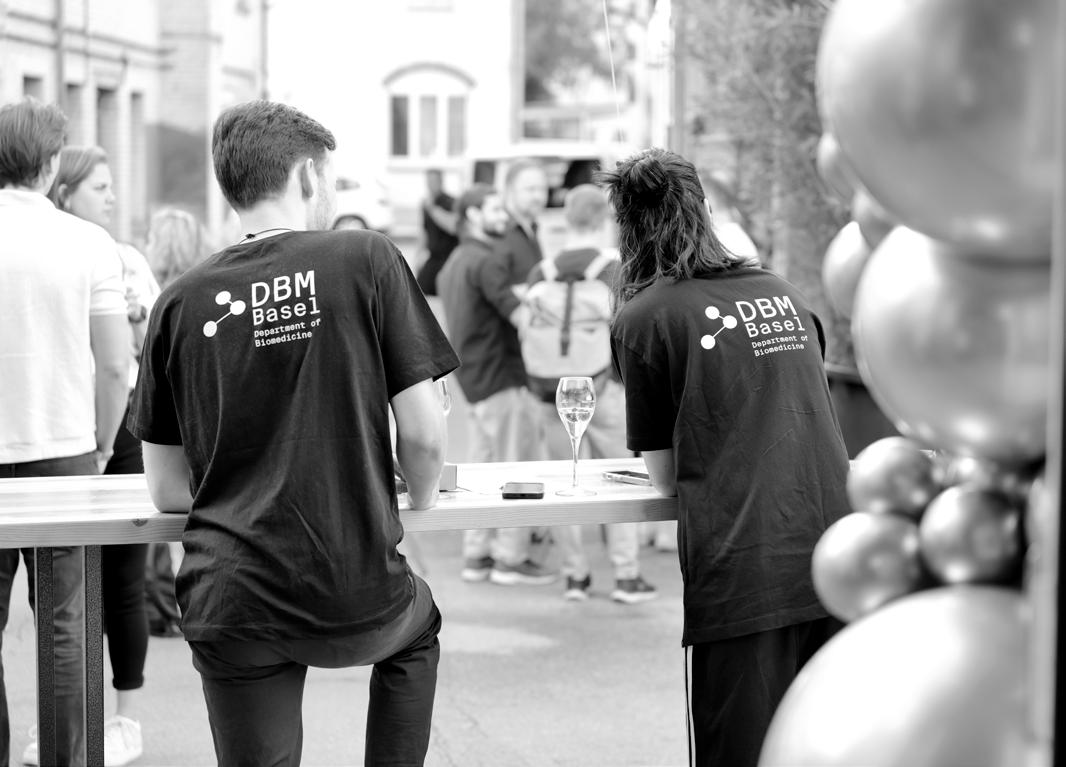
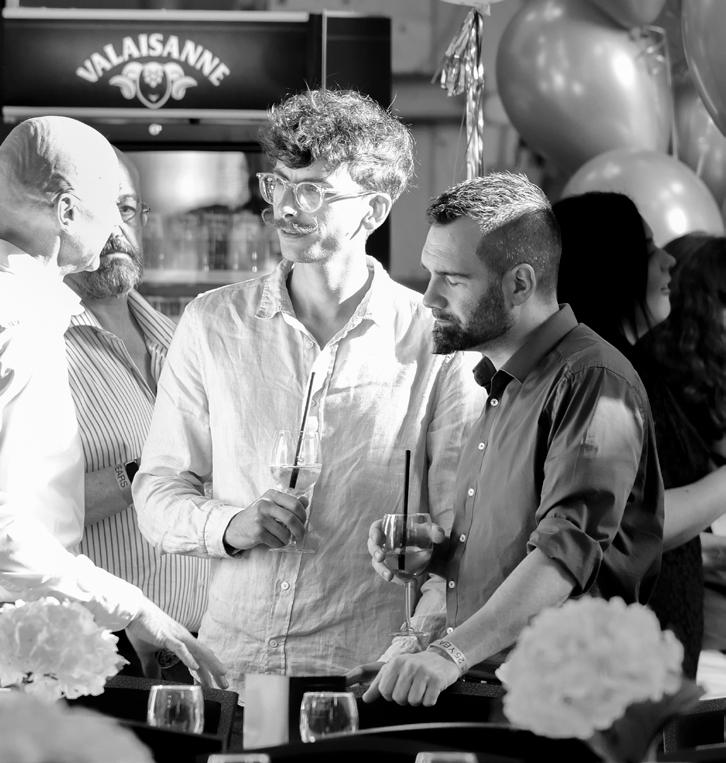
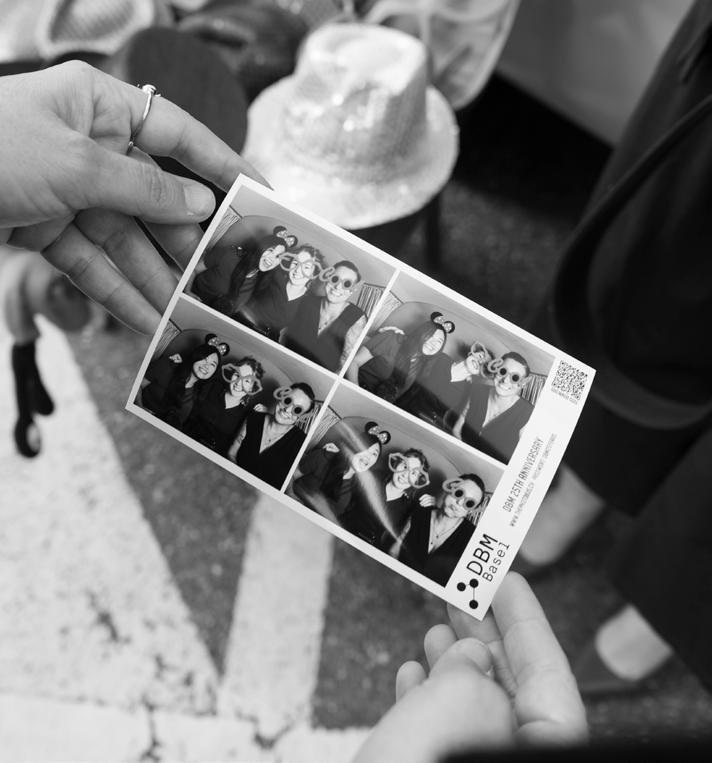

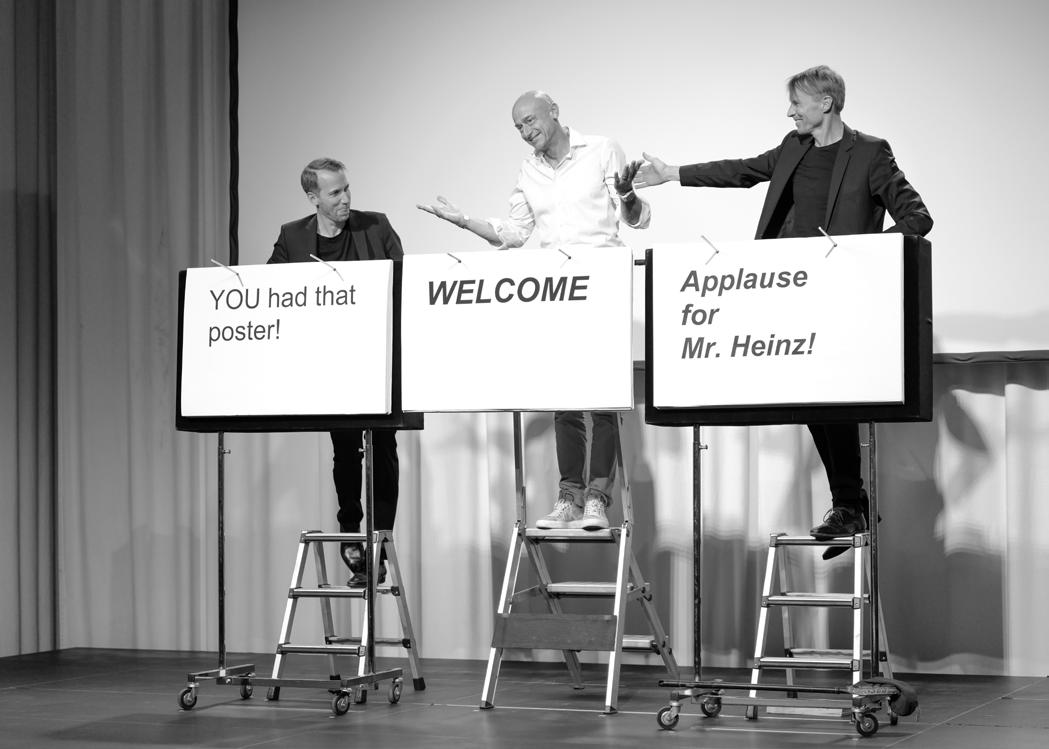

Upcoming Events
Content
Intro
Cover Story
Success Story
Research Group at a Glance
Portrait of SAB Members
Publications
Congratulations
Events
New Colleagues
New Colleagues from May to September 2025
We are delighted to have you among us. We would like to express our warmest welcome and good wishes!
Gremelspacher Tatjana Blood Cancer Biology and Immunotherapy (Apostolova)
Szymczak-Kulus Katarzyna Ovarian Cancer Research (Heinzelmann)
Yazicioglu Yavuz Immunobiology (Hess)
Kerbl-Knapp Jakob Tumor Heterogeneity Metastasis and Resistance (Bentires-Alj)
Wüst Larissa
Cognitive Neuroscience (De Quervain)
Toscani Simone Tissue Engineering (Martin)
Gass Manhnhi Nephrology (Cippa)
Sarek Grzegorz Filip Skin Biology (Navarini)
Suter Sarah DBM-Zentrale Dienste
Solé Laura Ocular Pharmacology and Physiology (Neutzner)
Mattler Loic Animal facility
Walter Adrian Animal facility
Krishnamoorthy Gurumoorthy Experimental Neuroimmunology (Pröbstel)
Sonrel Anthony DBM-Bioinformatics
Beyerle Miriam Experimental Neuroimmunology (Pröbstel)
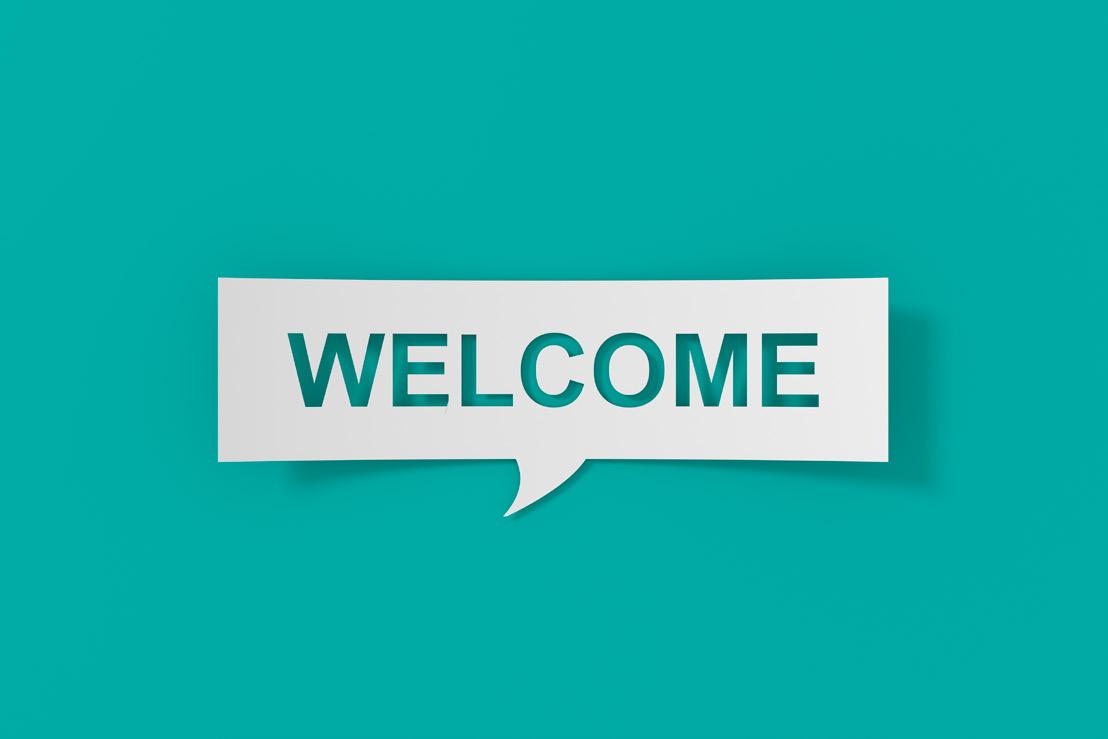
Ljubijankic Almin
Infection Immunology (King)
Grulla Matteo
Regenerative Angiogenesis (Banfi)
Di Bartolomei Giulia
Brain Tumor Immunotherapy and Biology (Hutter & Mariani)
Stefanovska Elena
Molecular and Computational Hematology-Immunology (Zaugg)
Uranga Murillo Iratxe
Experimental Virology (Pinschewer)
Ankri Lea Serah Neuroplasticity (Keller)
Hammers Matthias
Allergy and Immunity (Hartmann)
Pedrazzini Tobia
Inner Ear Research (Bodmer)
Madsen Sofia
Cardiovascular Molecular Imaging (Kaufmann)
Pflästerer Sandra
Systems Pharmacology (Zampieri)
Bissegger Lukas
Cancer- and Immunobiology (Wymann)
Content
Intro
Cover Story
Success Story
Research Group at a Glance
Portrait of SAB Members
Publications
Congratulations
Events
New Colleagues
New Colleagues from May to September 2025
De Vaan Joëlle Cancer Immunology (Zippelius)
Perdikaris Georgios Clinical Neuroimmunology (Derfuss/Kuhle)
Ziltener Mona DBM-Flow Cytometry
Wicker Talia Developmental Genetics (Zuniga)
Speck Roberto Brain Tumor Immunotherapy and Biology (Hutter & Mariani)
Egea Weiss Alexander Neuroplasticity (Keller)
Holec Sarah RNA Biology and Neurogenetics (Hilgers)
Kazakou Christina Cancer- and Immunobiology (Wymann)
Constantin Daniel Cancer- and Immunobiology (Wymann)
Falvey Aidan Cancer Neuroimmunology (Dixon)
Bargiela David Immunobiology (Hess)
Merkel Nathalie Nephrology (Cippa)
Pik Valentin
Ocular Pharmacology and Physiology (Neutzner)
Saary Paul Experimental Neuroimmunology (Pröbstel)
Maio Stefano
Pediatric Immunology (Holländer)
Grote Lara Childhood Leukemia (Schwaller)
Mourelo Soler Beatriz Brain Tumor Immunotherapy and Biology (Hutter & Mariani)
Heiligensetzer Dinah Cancer Immunotherapy (Läubli)
Frank Stephan Ocular Pharmacology and Physiology (Neutzner)
Prieto Wunderlich Sonia Cognitive Neuroscience (De Quervain)
George Helena DBM-Zentrale Dienste
Jamali Sara Brain and Sound (Rinaldi)
Monti Manuela Psychopharmacology Research (Liechti)
Förster Maria Inner Ear Research (Bodmer)
Burckhardt-Zimmermann Maria Experimental Neuroimmunology (Pröbstel)
Jede Maric Vida DBM-Zentrale Dienste
Brentini Pamela DBM-Finance
Tas Alicja DBM-Finance
Carnibella Deborah Cancer Immunology (Zippelius)
Leonhardt Tim-Llywelyn Blood Cancer Biology and Immunotherapy (Apostolova)
Dyson Francesca Ovarian Cancer Research (Heinzelmann)
Goulois Alison Embryology and Stem Cell Biology (Taylor)
Content
Intro
Cover Story
Success Story
Research Group at a Glance
Portrait of SAB Members
Publications
Congratulations
Events
New Colleagues
New Colleagues from May to September 2025
Au Malin
Cognitive Neuroscience (De Quervain)
Beck Selina
Cognitive Neuroscience (De Quervain)
Wyss Céline
Cognitive Neuroscience (De Quervain)
Hug Céline
Cognitive Neuroscience (De Quervain)
Hanns Pauline
Ovarian Cancer Research (Heinzelmann)
Zindel Selina Cancer- and Immunobiology (Wymann)
Desvignes Kitana Brain and Sound (Rinaldi)
Vicq Valentin Cancer- and Immunobiology (Wymann)
Jarlan Dorian Cancer- and Immunobiology (Wymann)
Braun Charleen Systems Pharmacology (Zampieri)
Zünkler Jana Brain Ageing and Neurodegeneration (Busche)
El Rabih Abed Al Hadi
Translational Hepatology (Bernsmeier)
Phakdeesorn Tidarat
Regenerative Angiogenesis (Banfi)
Pashkevych Platon
DBM-IT
George Max Cancer Immunology (Zippelius)
Giulieri Stefano Infection Biology (Khanna)
Mirgel Franca Tissue Engineering (Martin)
Pearson Rachel Pathology of Infectious and Immunologic Diseases (Mertz)
Diebold Martin Clinical Neuroimmunology (Derfuss/Kuhle)
Lutz Luc Molecular Neuroscience (Papassotiropoulos)
Wollmann Christian Cognitive Neuroscience (De Quervain)
Tischbirek Carsten Brain Ageing and Neurodegeneration (Busche)
Rebischung Zoé Developmental Immunology (Finke)
Bisang Matthias Cellular Neurophysiology (Bischofberger)
Hilgers Valérie RNA Biology and Neurogenetics (Hilgers)
Borsa Mariana Immune Cell Biology (Borsa)
Busche Marc Aurel Brain Ageing and Neurodegeneration (Busche)
Content
Intro
Cover Story
Success Story
Research Group at a Glance
Portrait of SAB Members
Publications
Congratulations
Events
New Colleagues
Thank You!
The DBM newsletter team would like to thank all the contributors for their work. We hope you enjoyed reading the newsletter.
Please feel free to submit your ideas and input for our next issue. communications-dbm@unibas.ch
Find us on Social Media:
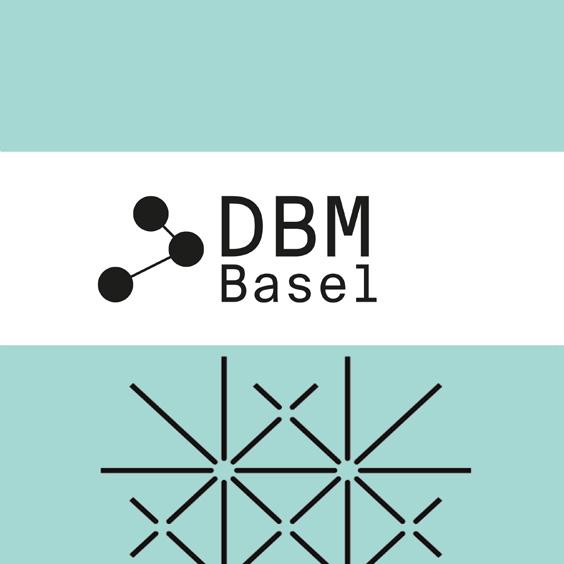
Linkedin Department of Biomedicine X @DepBiomedicine Bluesky @biomedizin.unibas.ch
Publishing Information Imprint
Content
Intro
Cover Story
Success Story
Research Group at a Glance
Portrait of SAB Members
Publications
Congratulations
Events
New Colleagues
Publisher: Department of Biomedicine
University of Basel
Hebelstrasse 20 4031 Basel
Switzerland
Concept: Xiomara Banholzer and Martina Konantz
Editorial Team: Xiomara Banholzer and Martina Konantz
Design and Layout: Natalie Kohler
Photography:
Chesa Cuan, Son Do, Karin Fava, Christian Flierl, Natalie Kohler and Antonio Pires
Contact: Department of Biomedicine
Hebelstrasse 20 4031 Basel
Switzerland
Email: communications-dbm@unibas.ch
© Department of Biomedicine Basel, University of Basel, University Hospital Basel and University Children‘s Hospital Basel
September 2025
